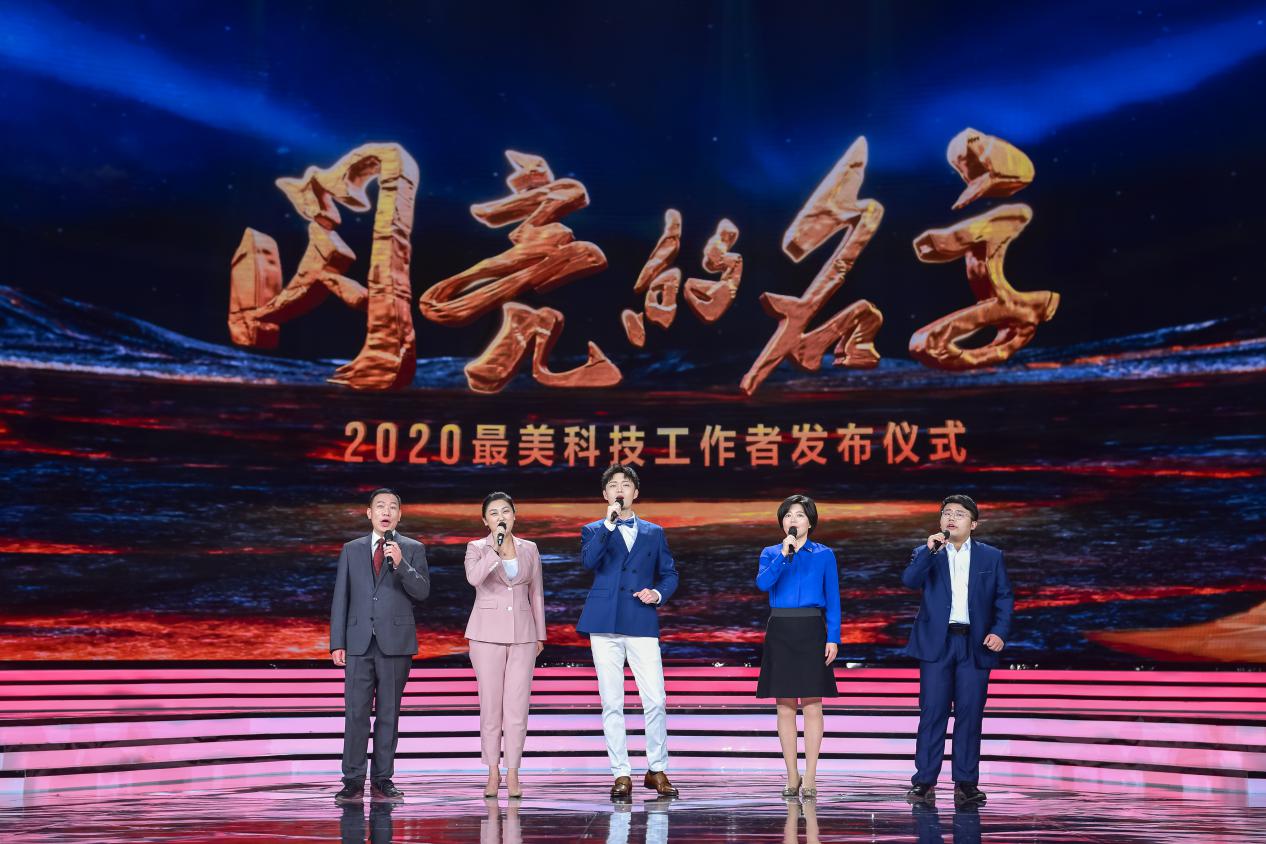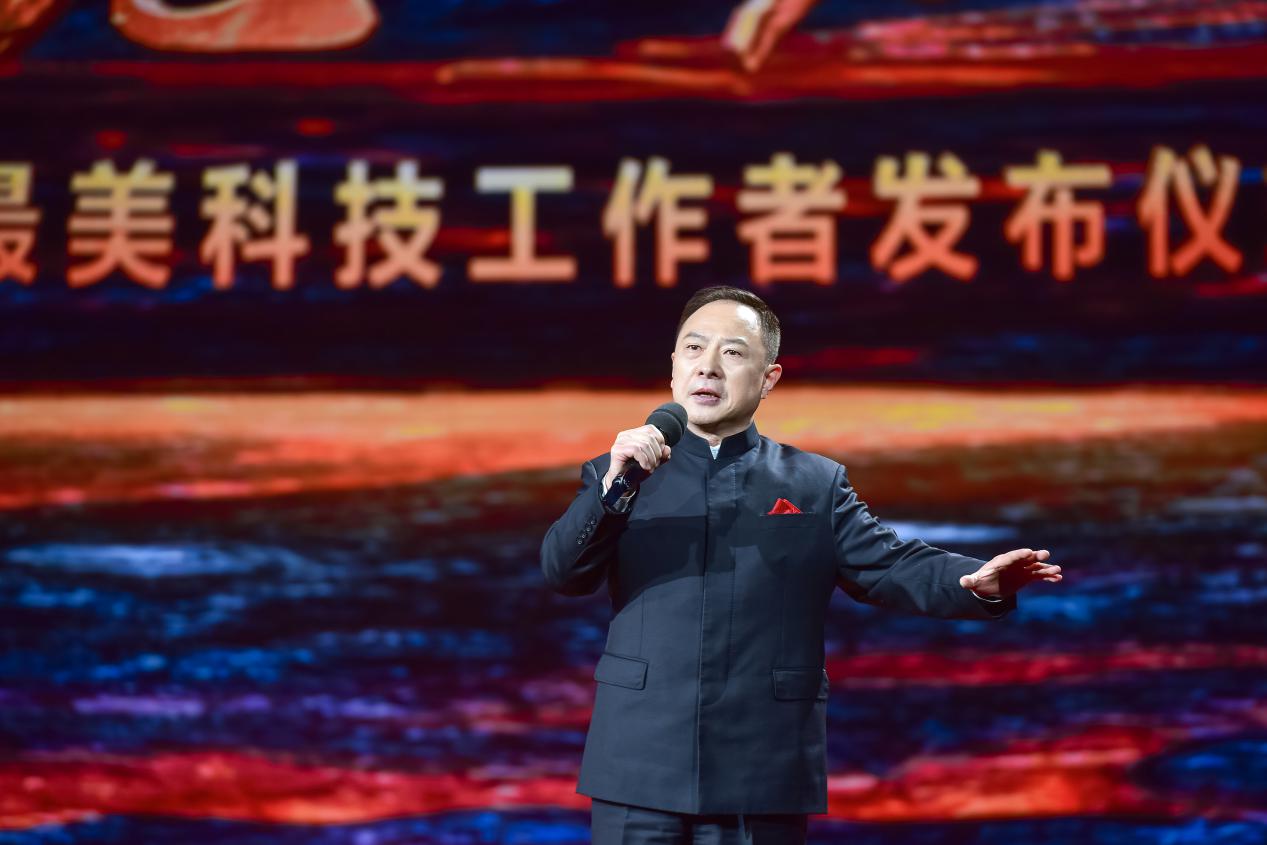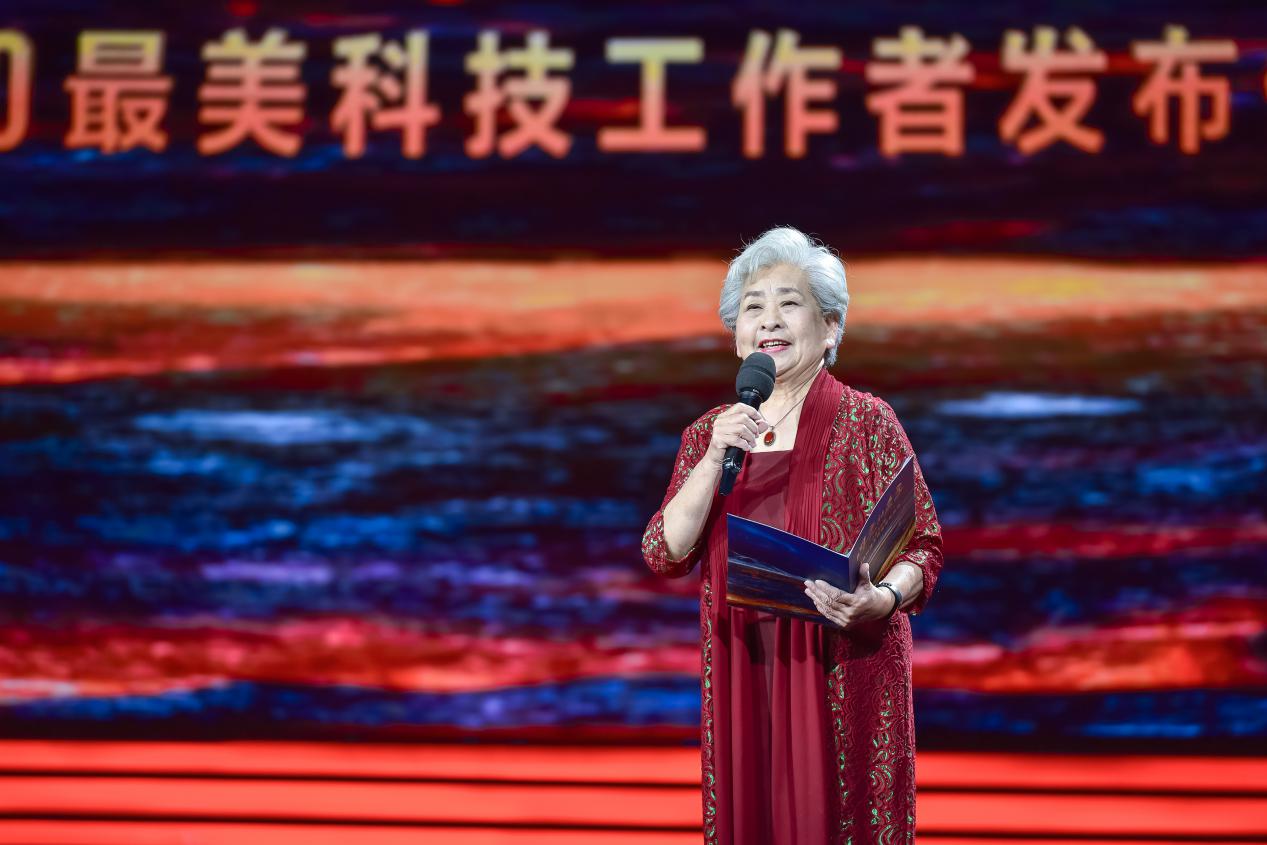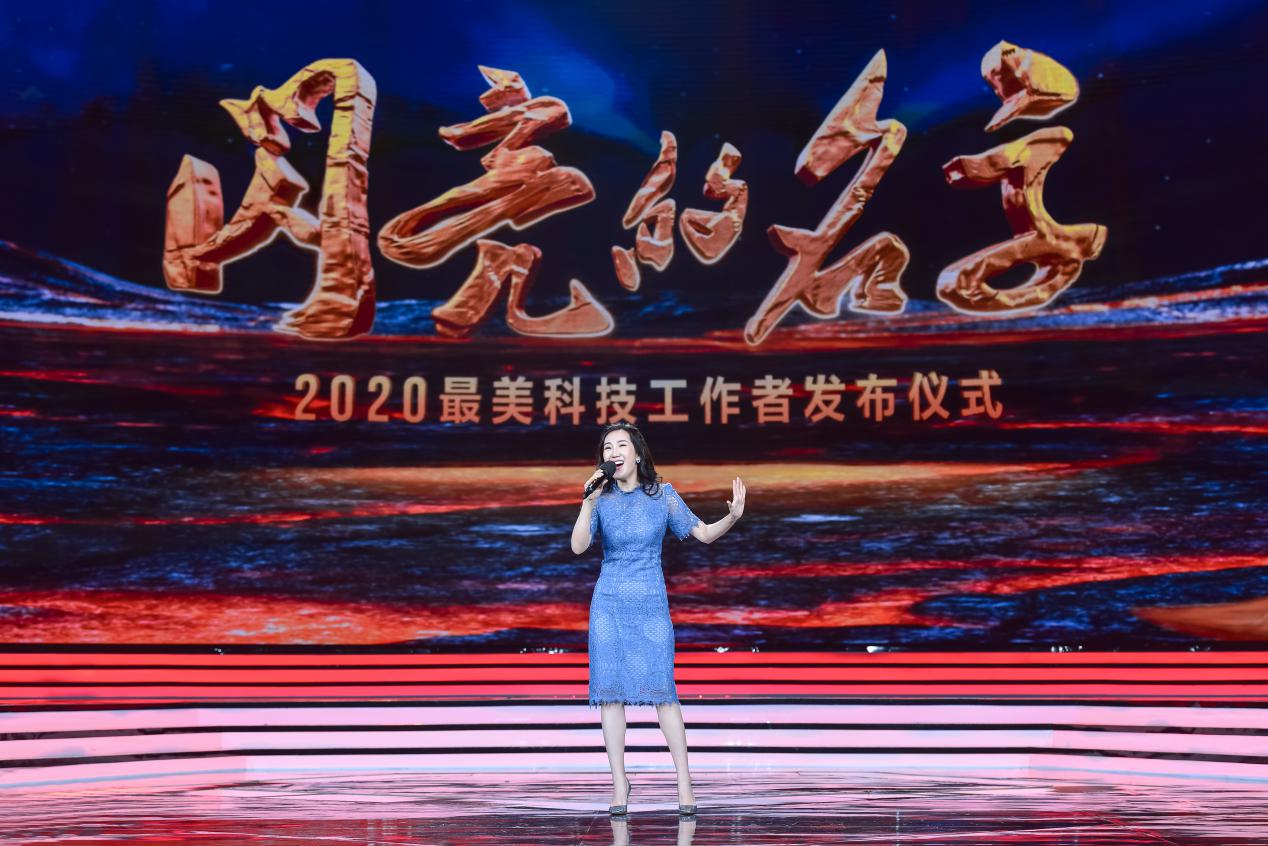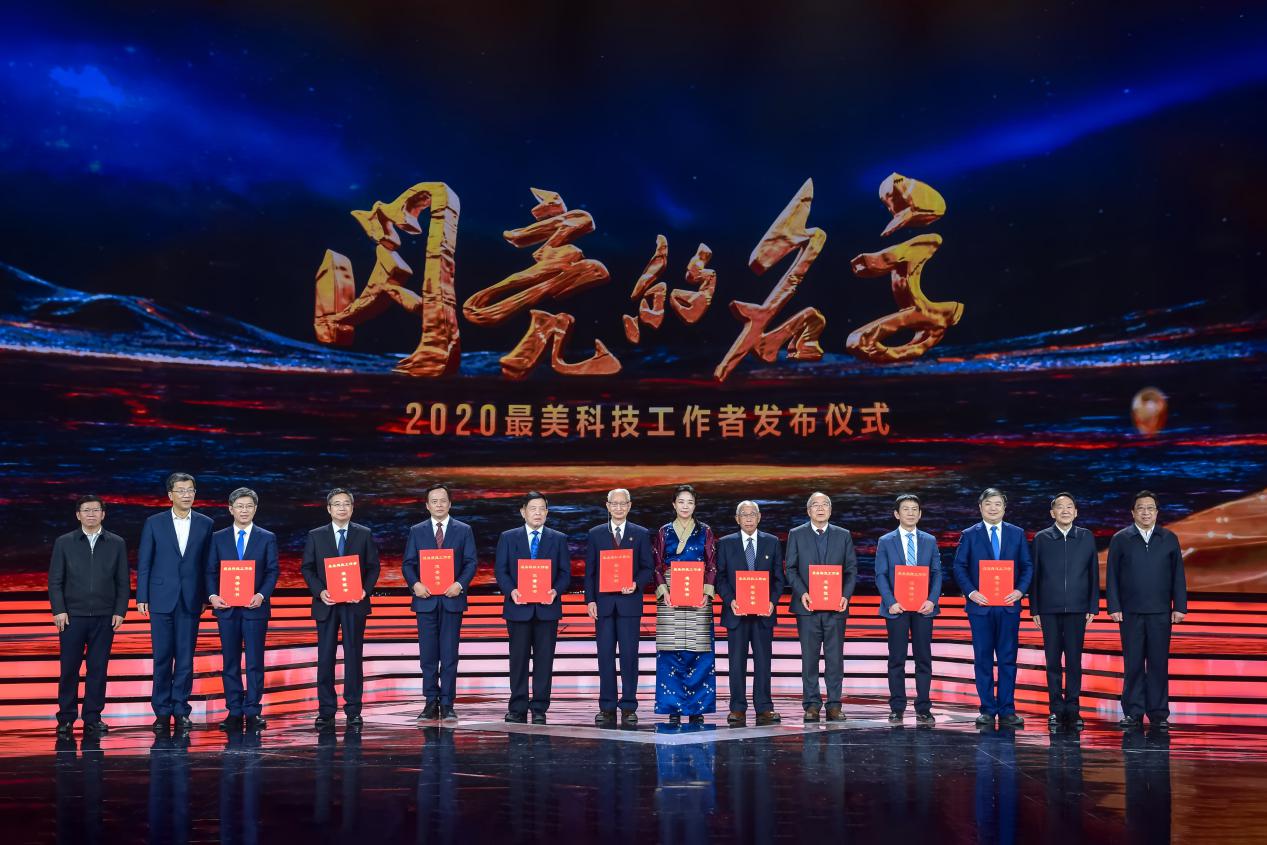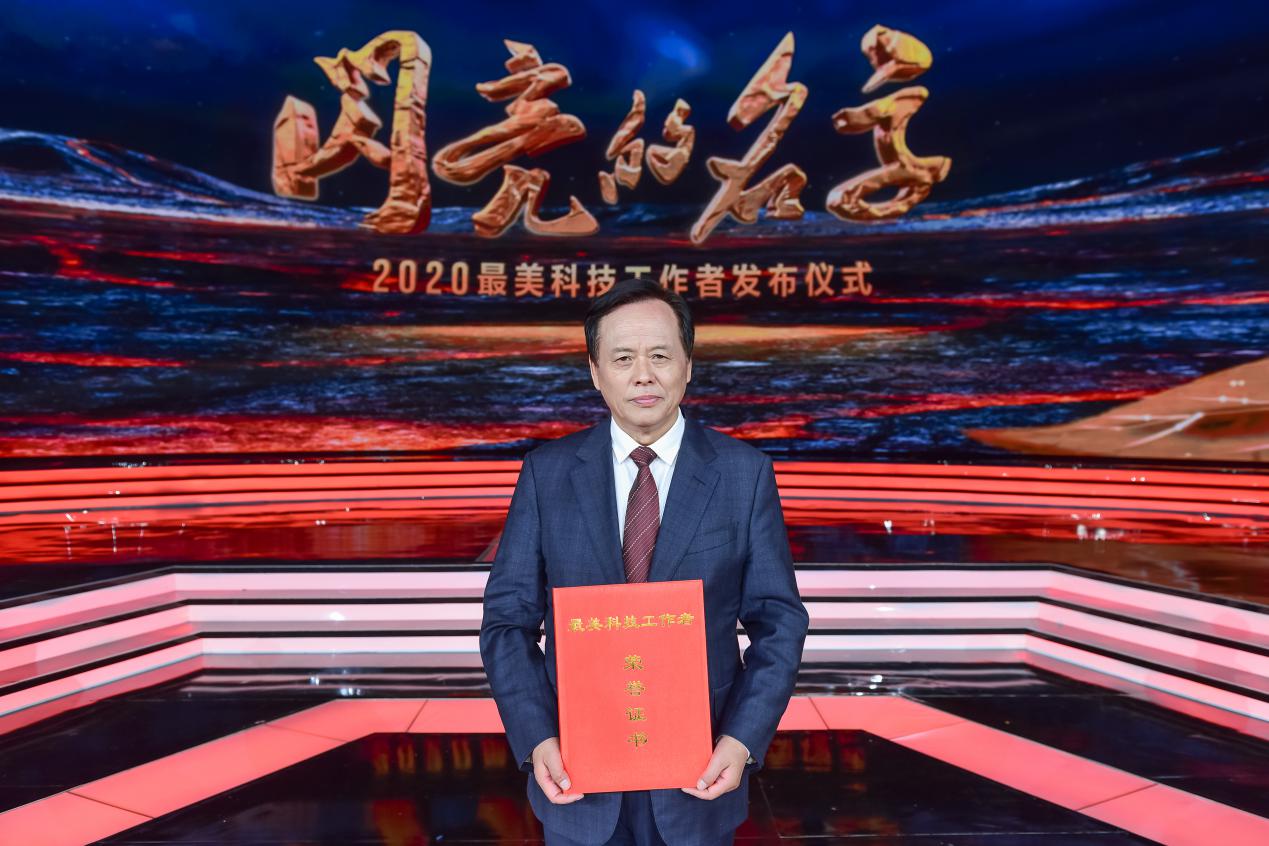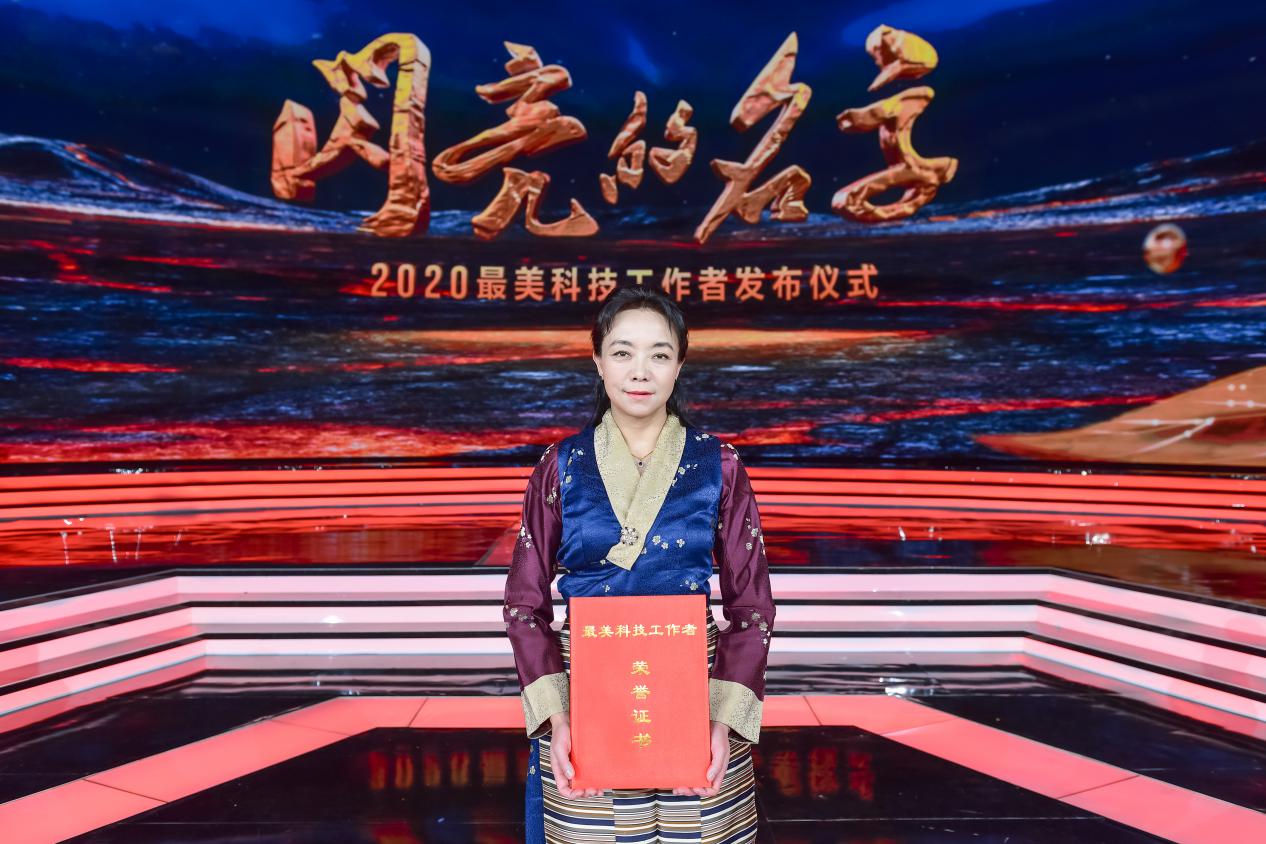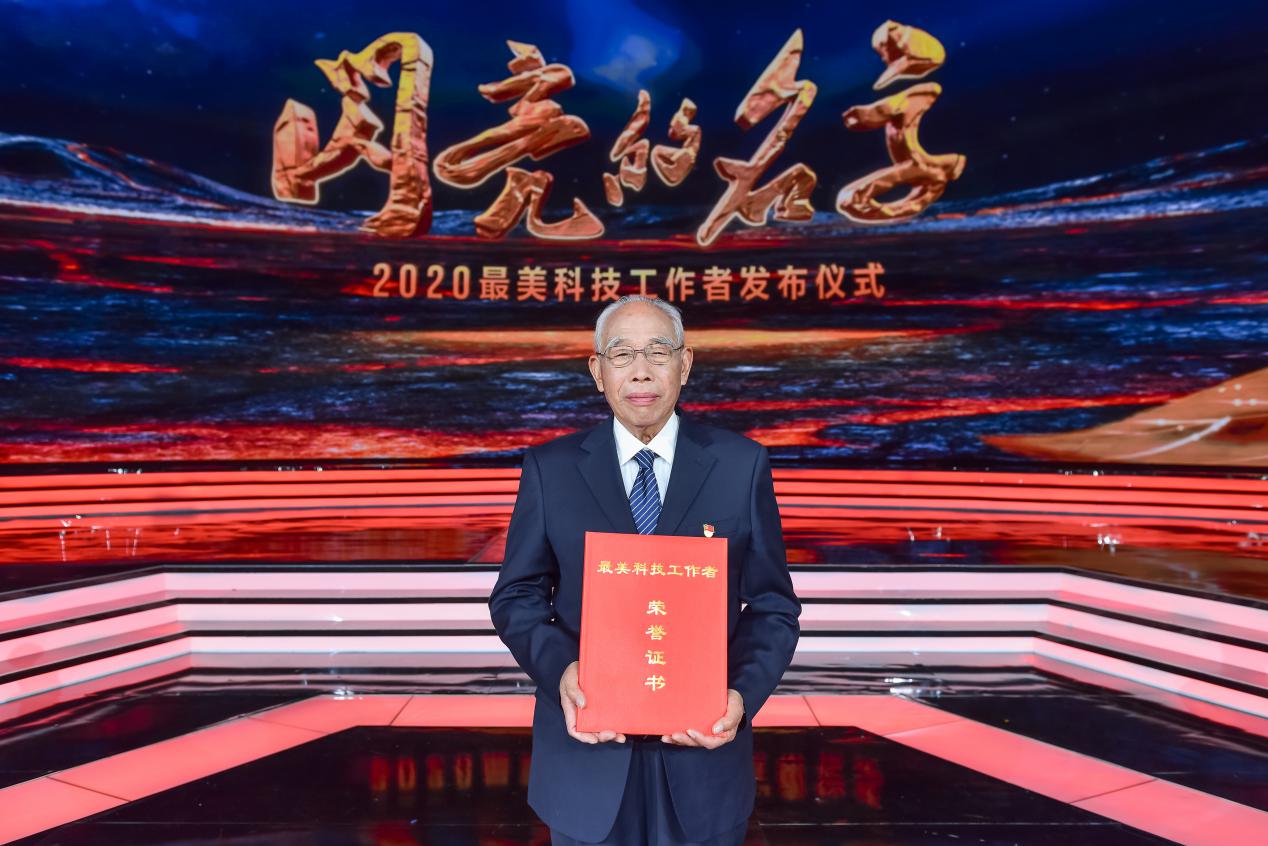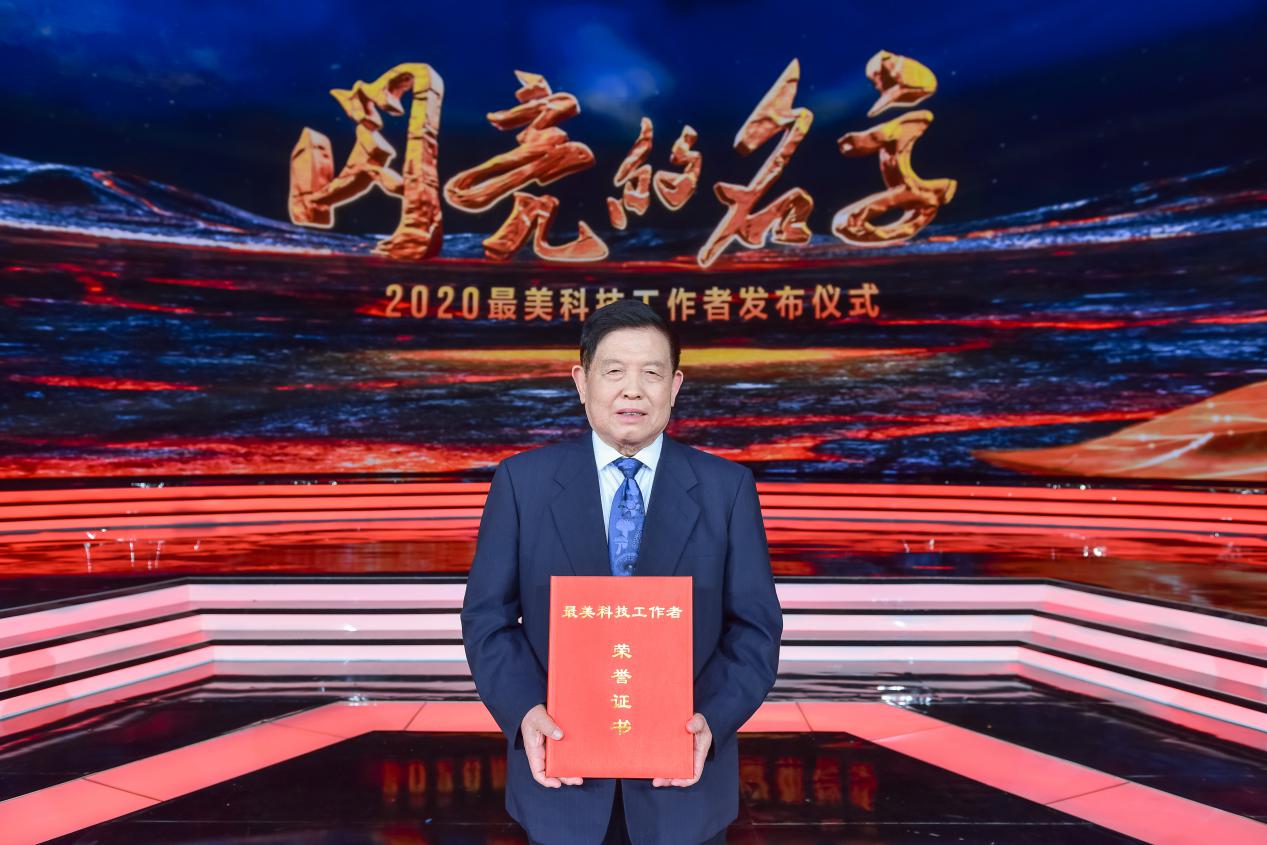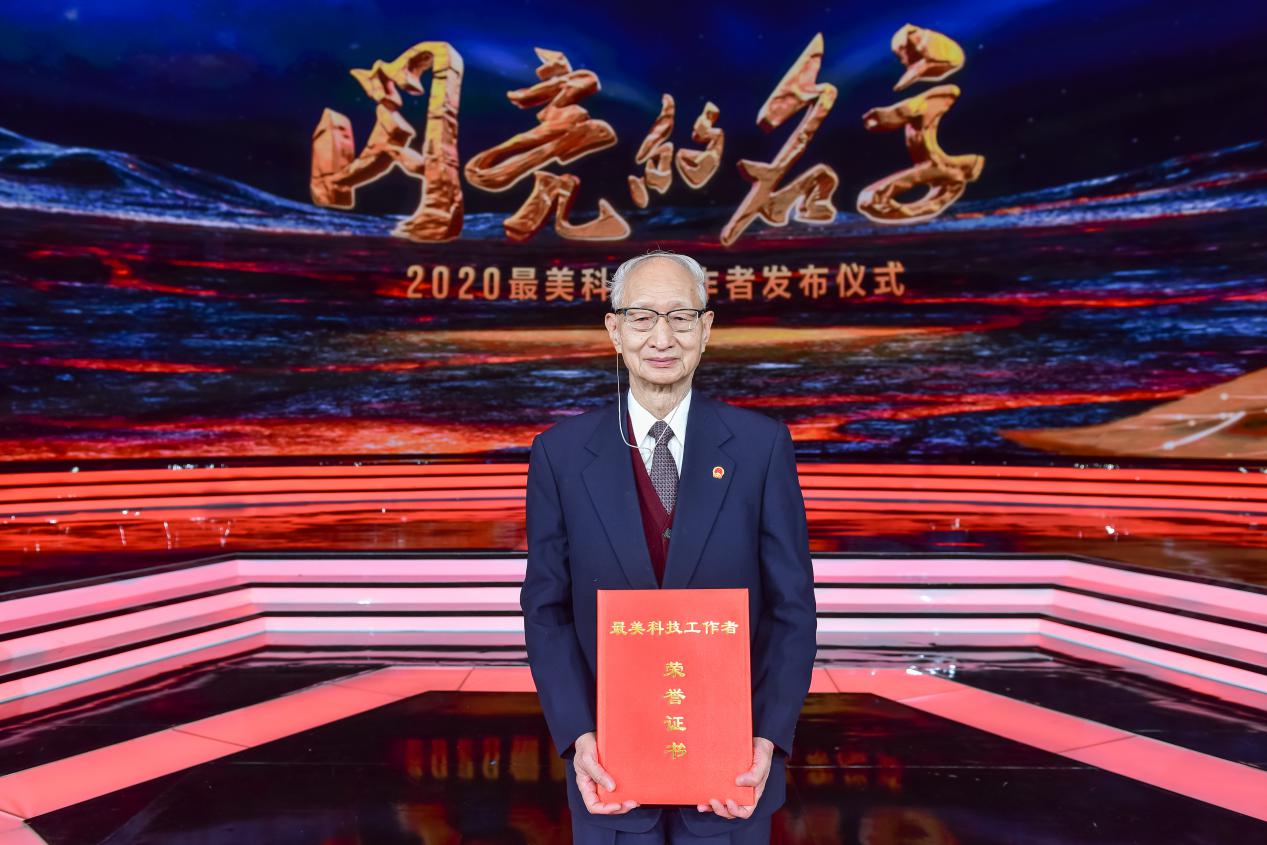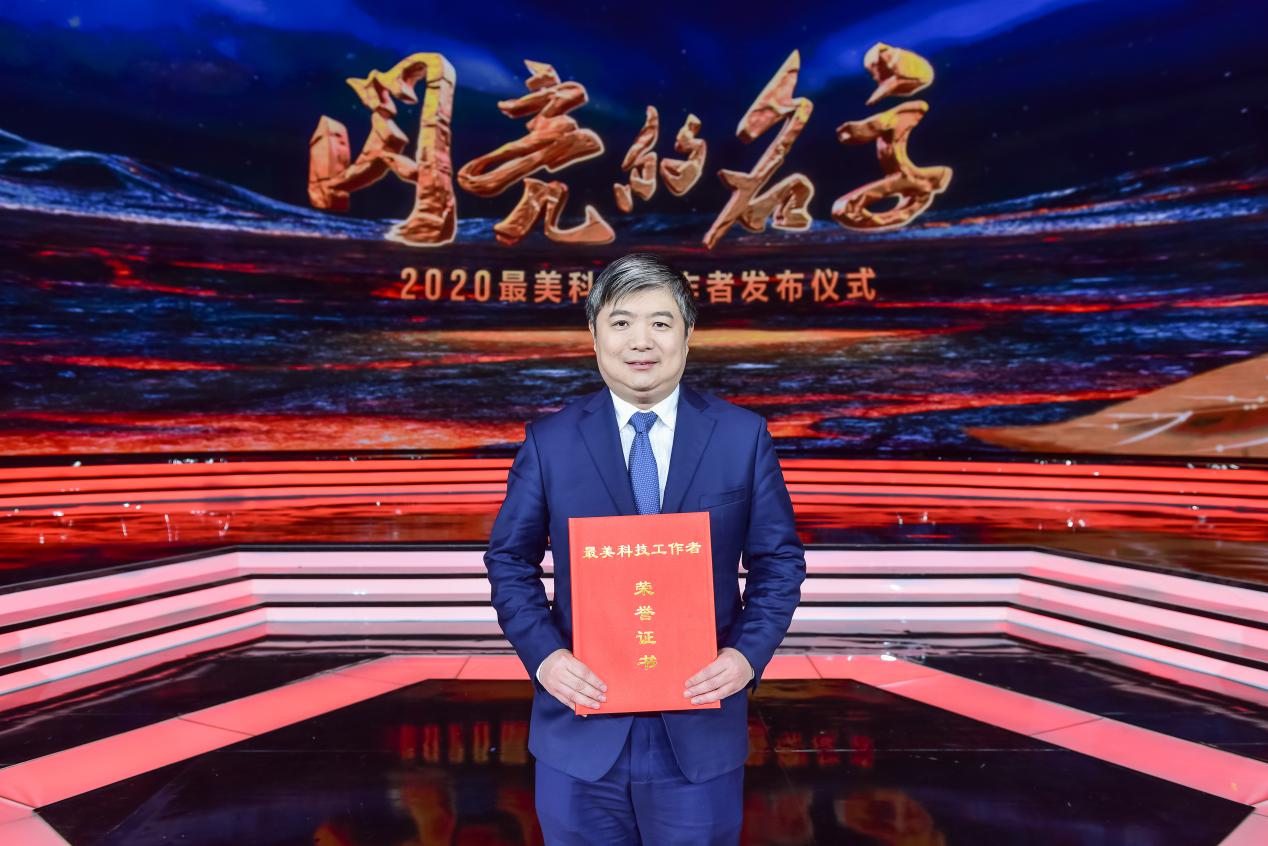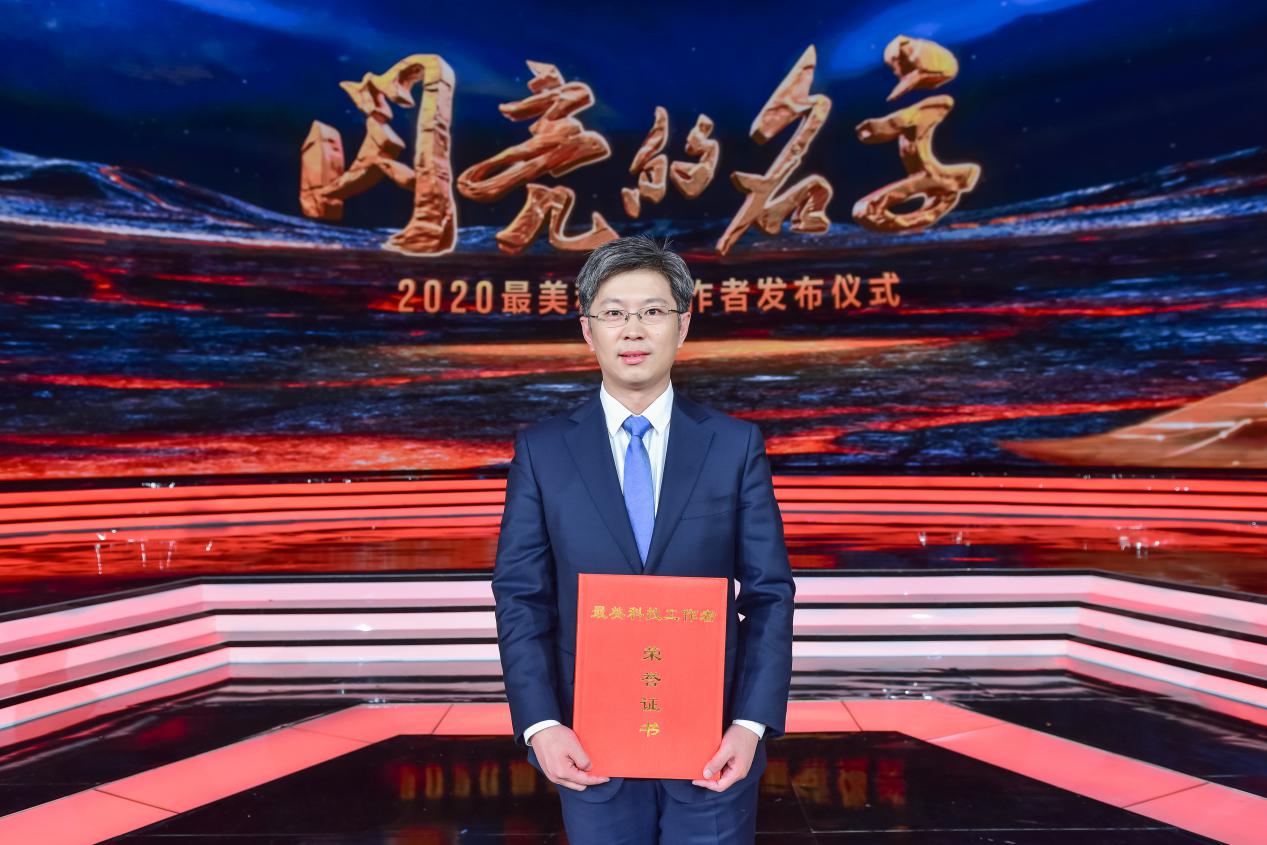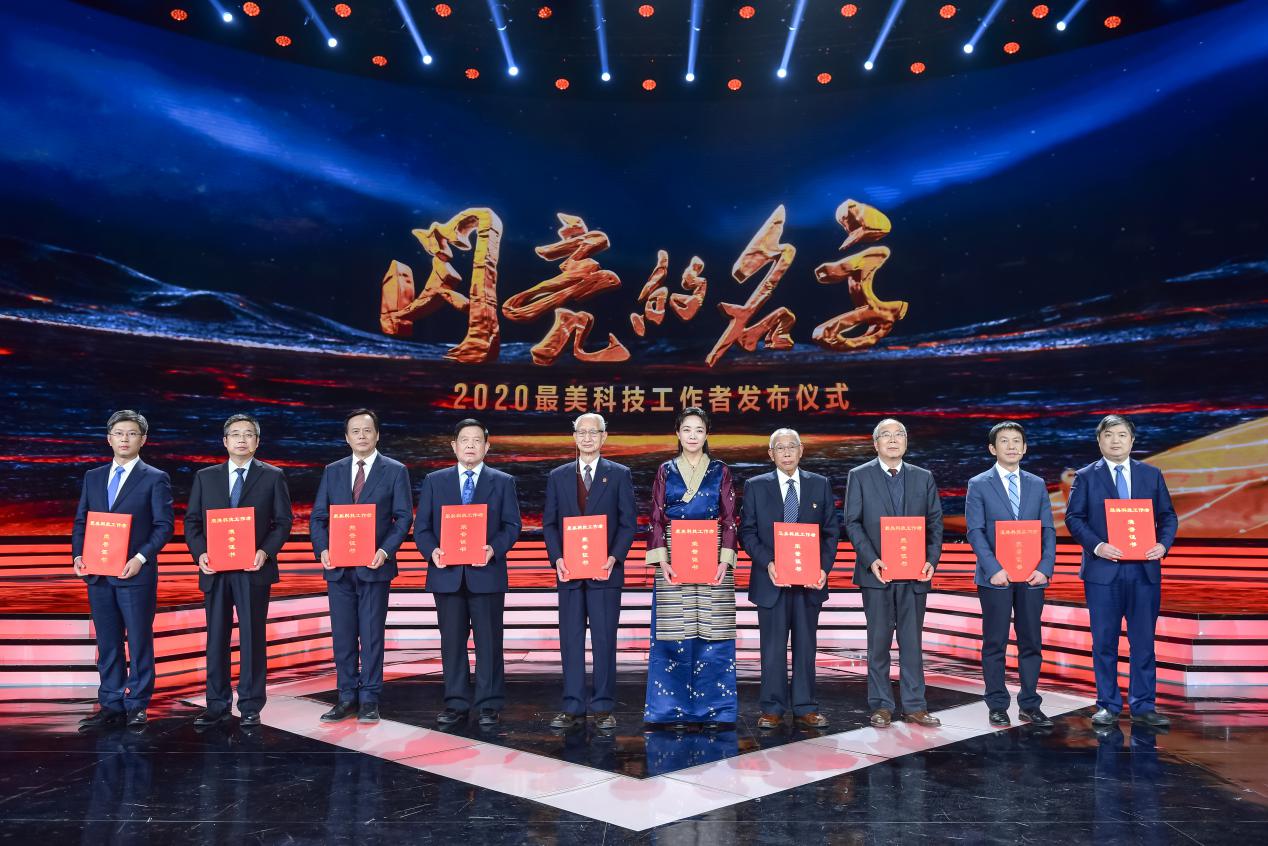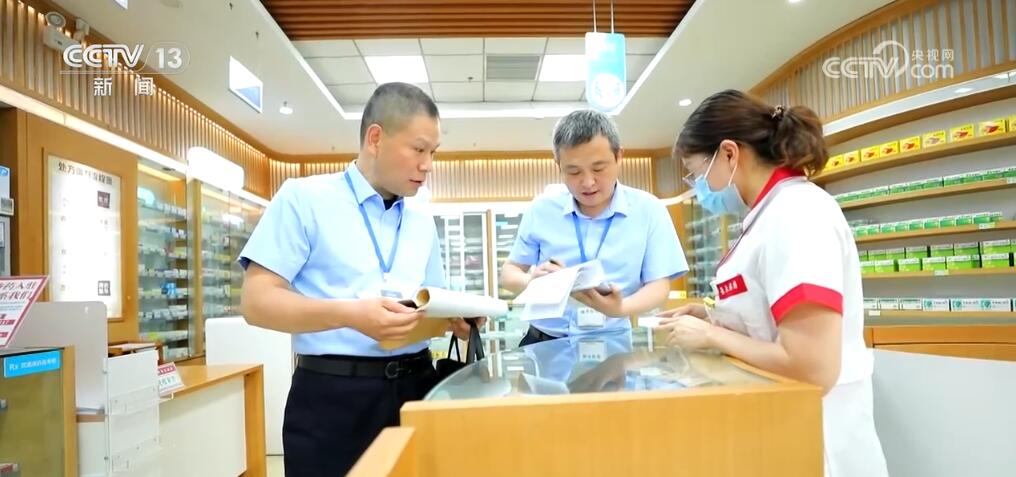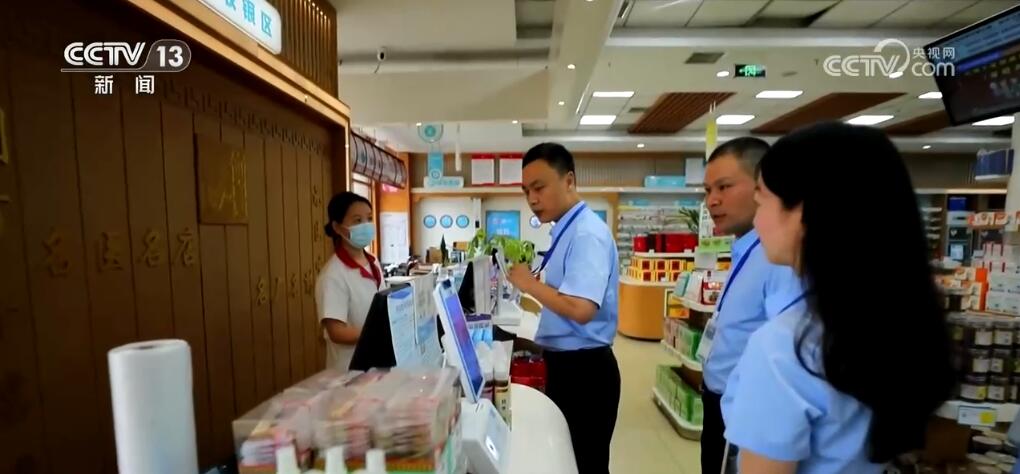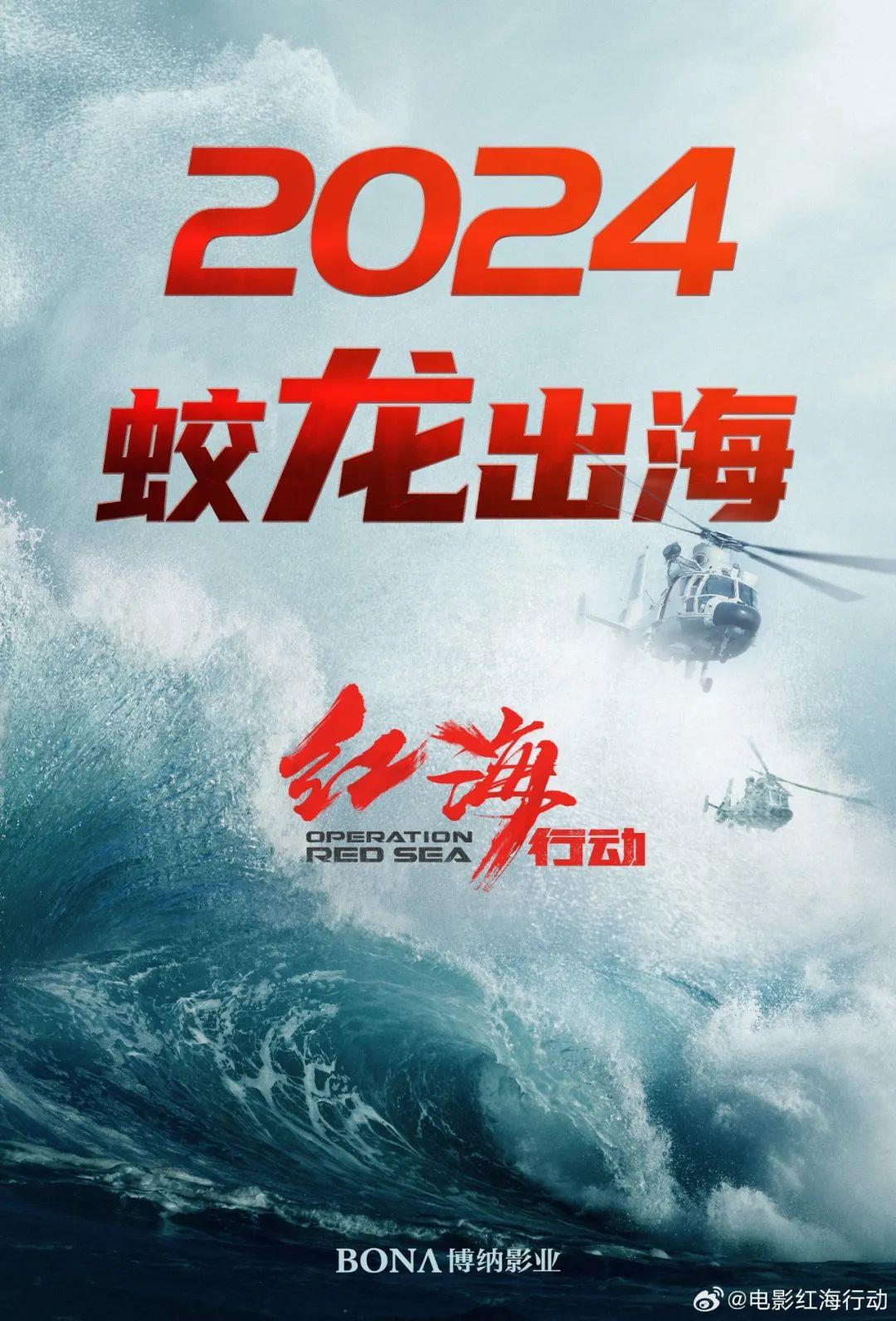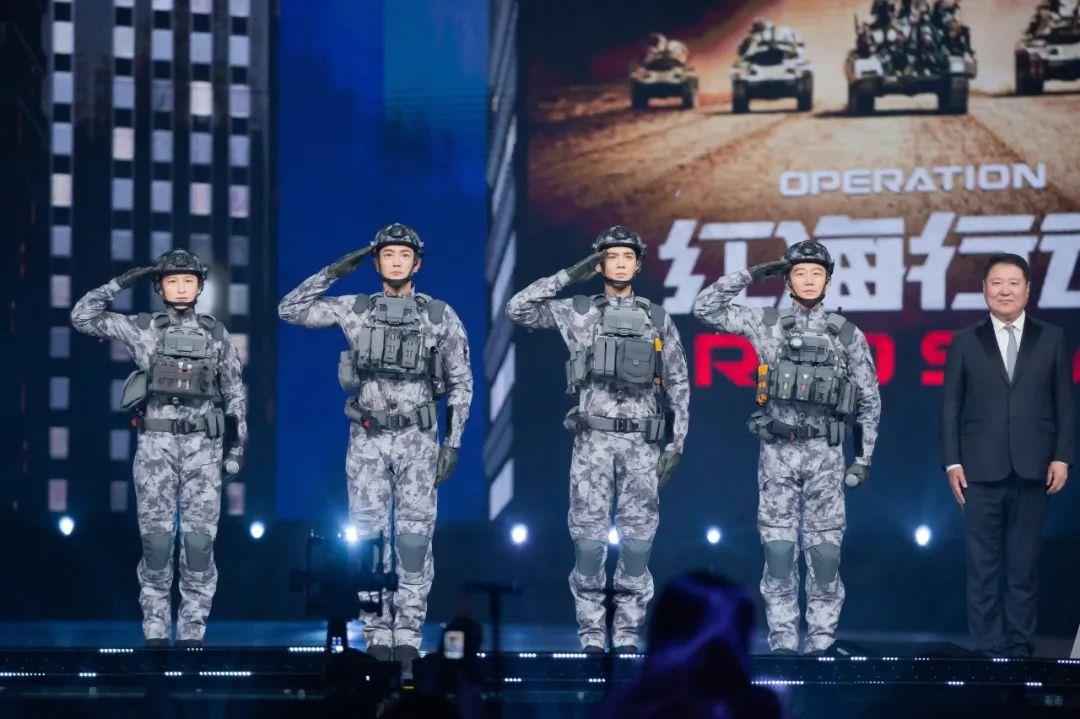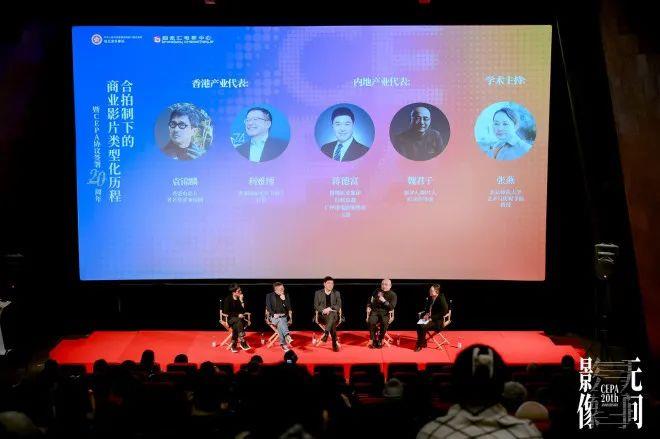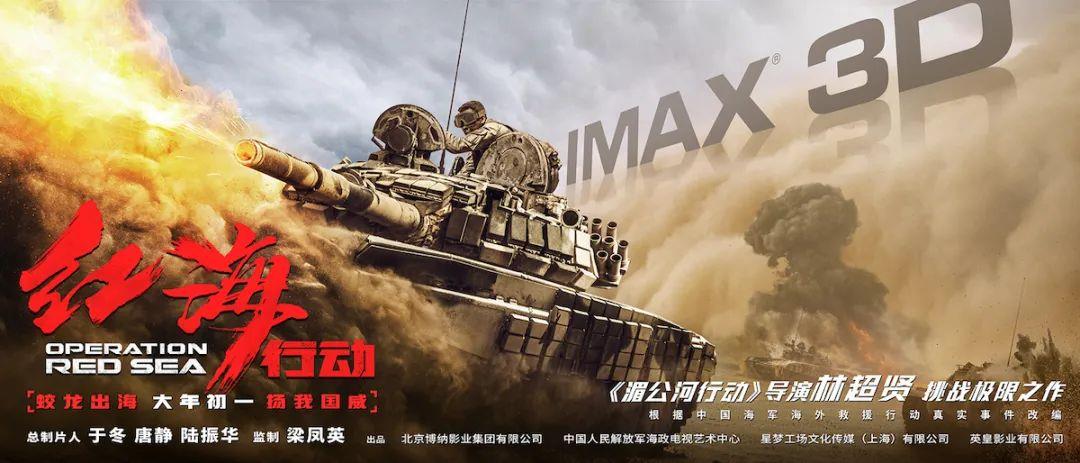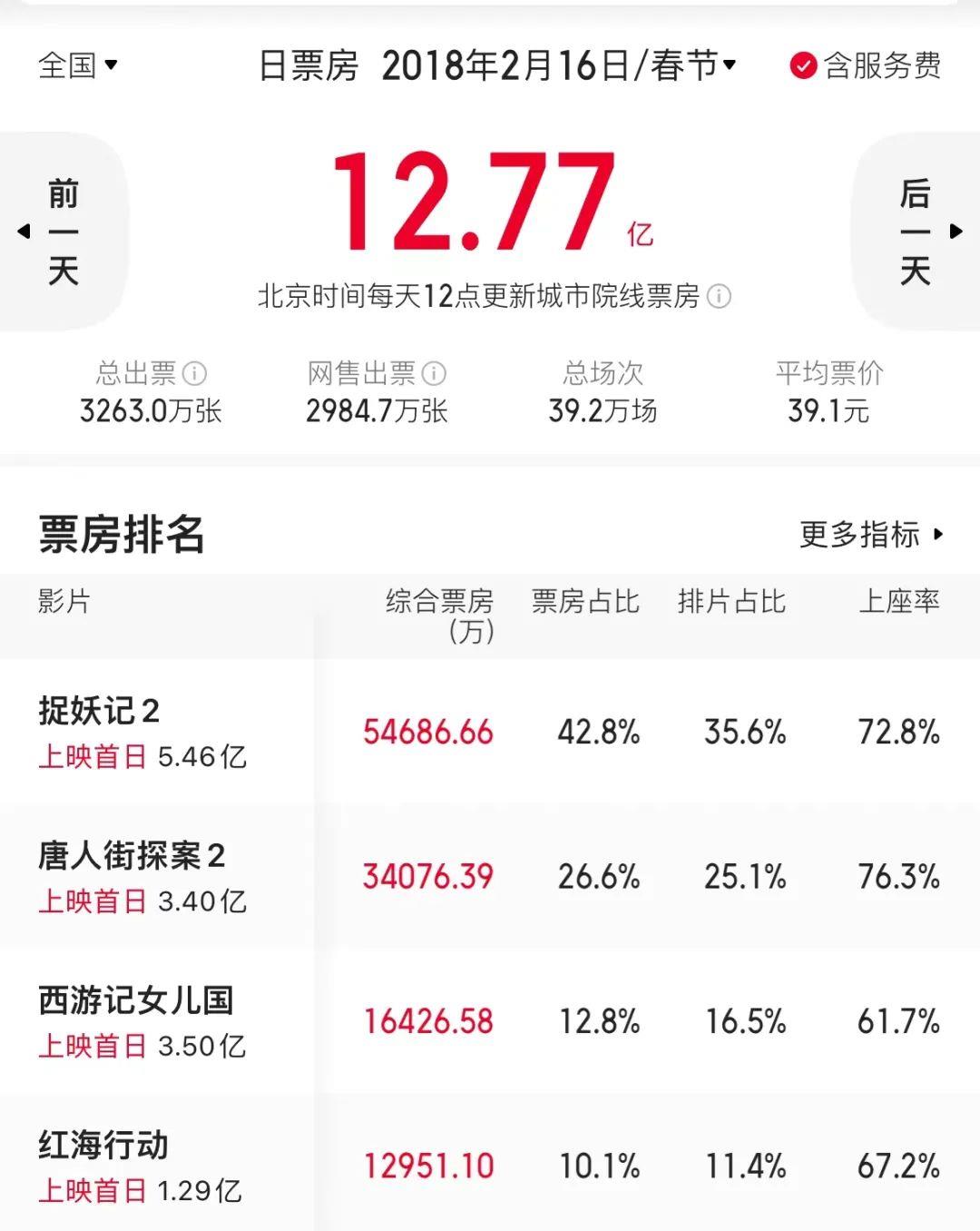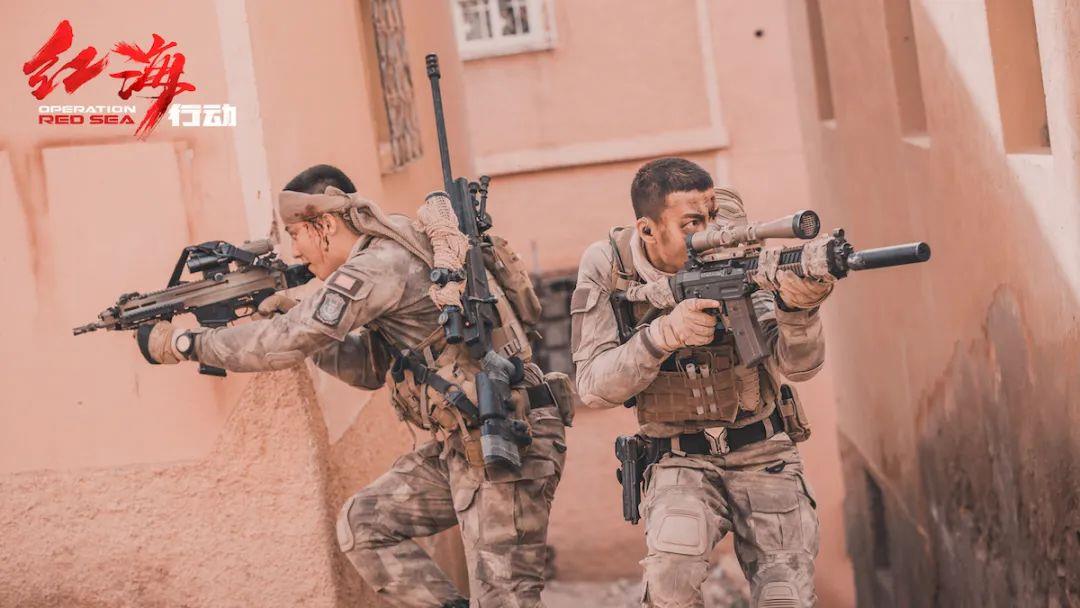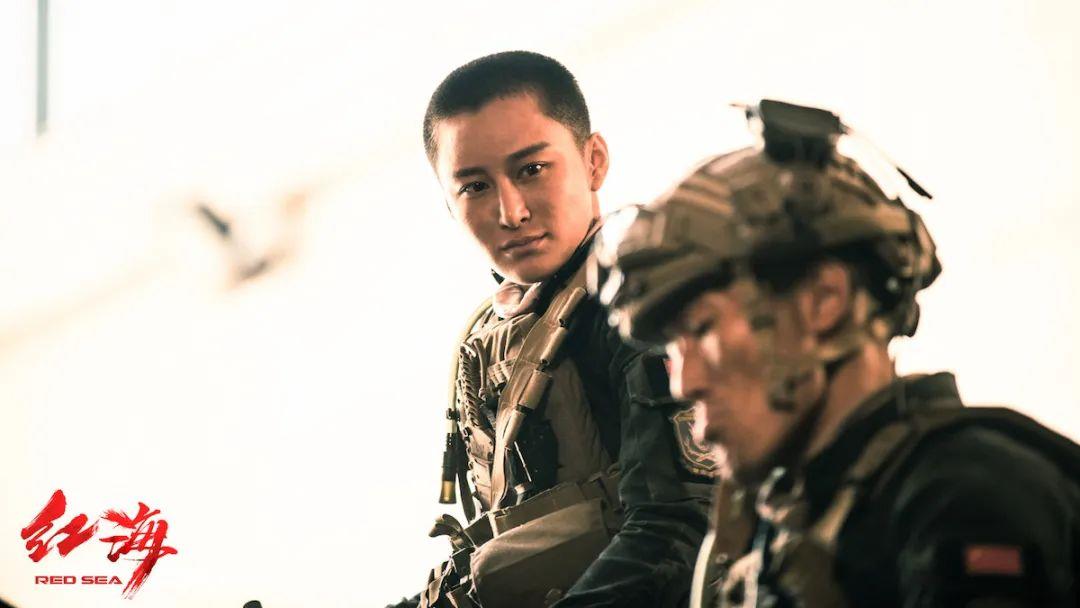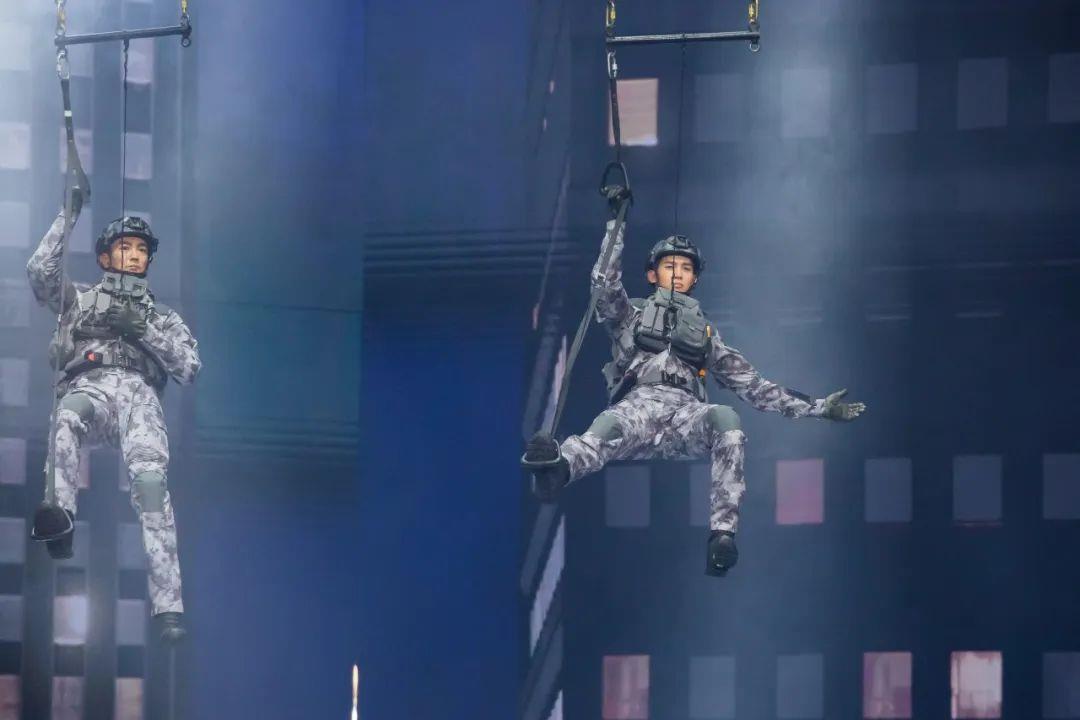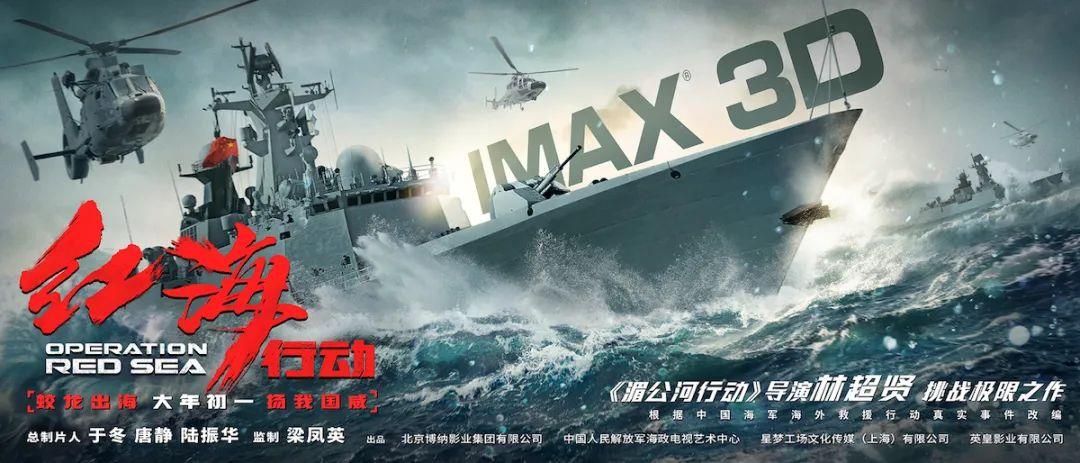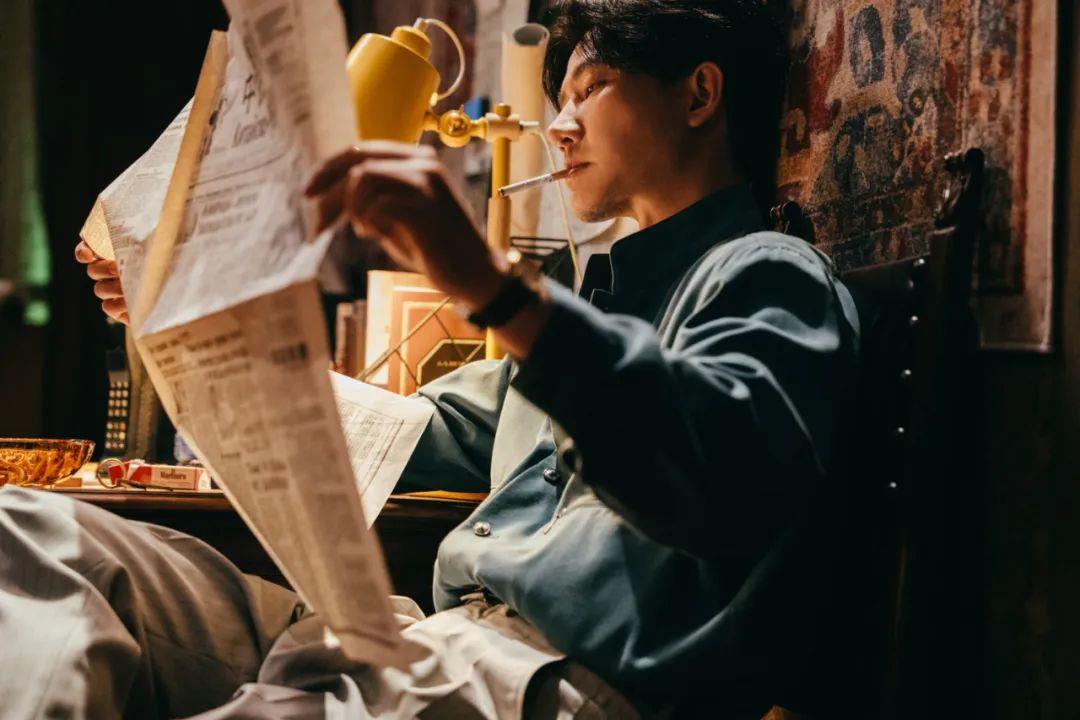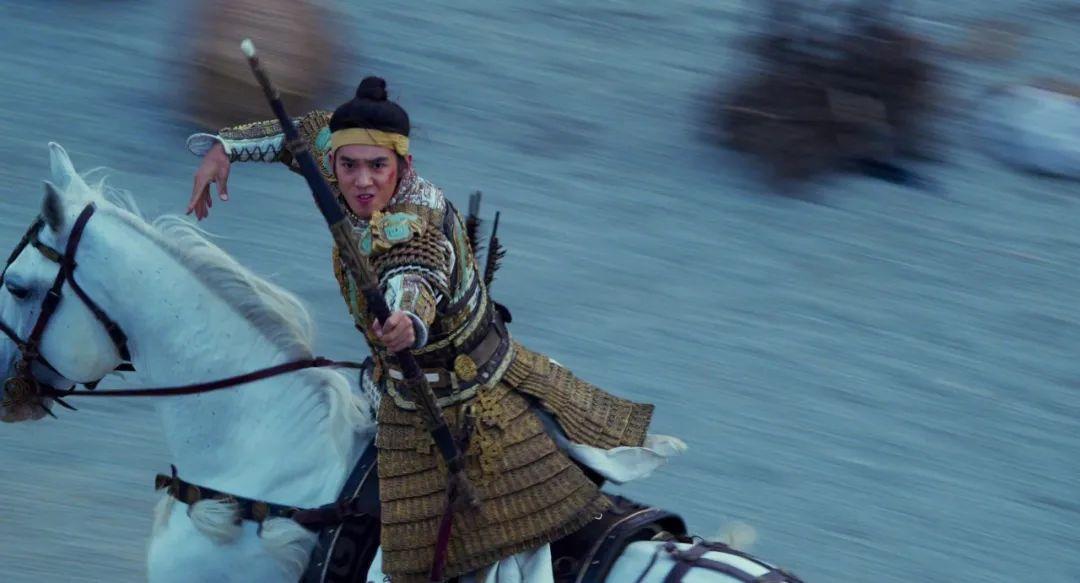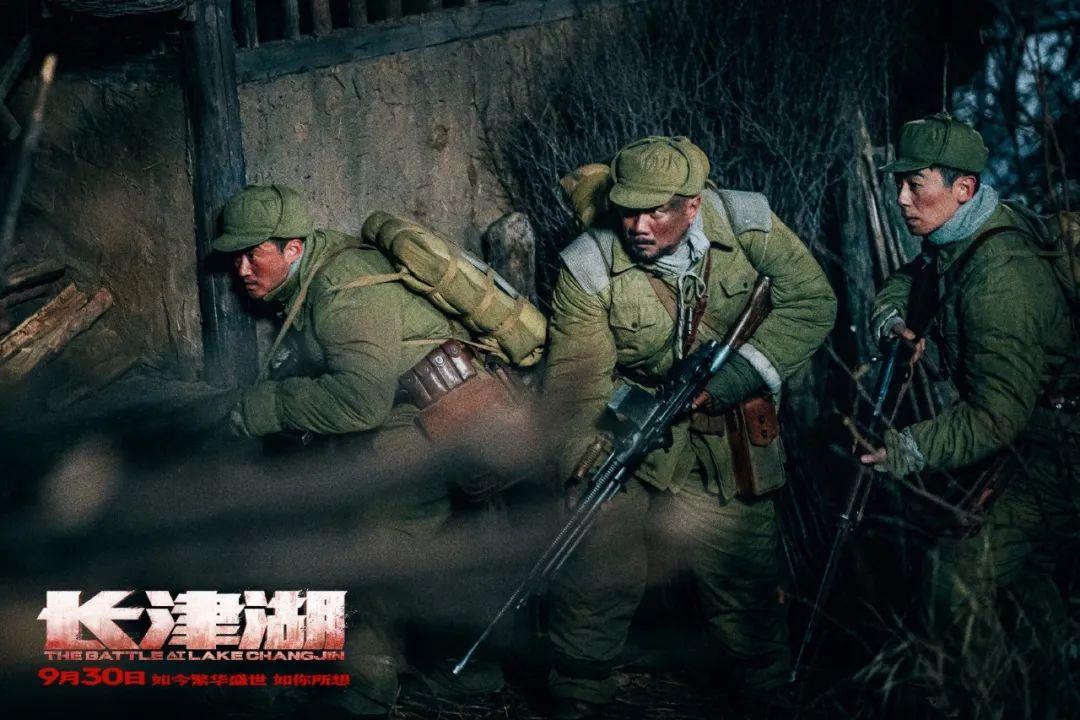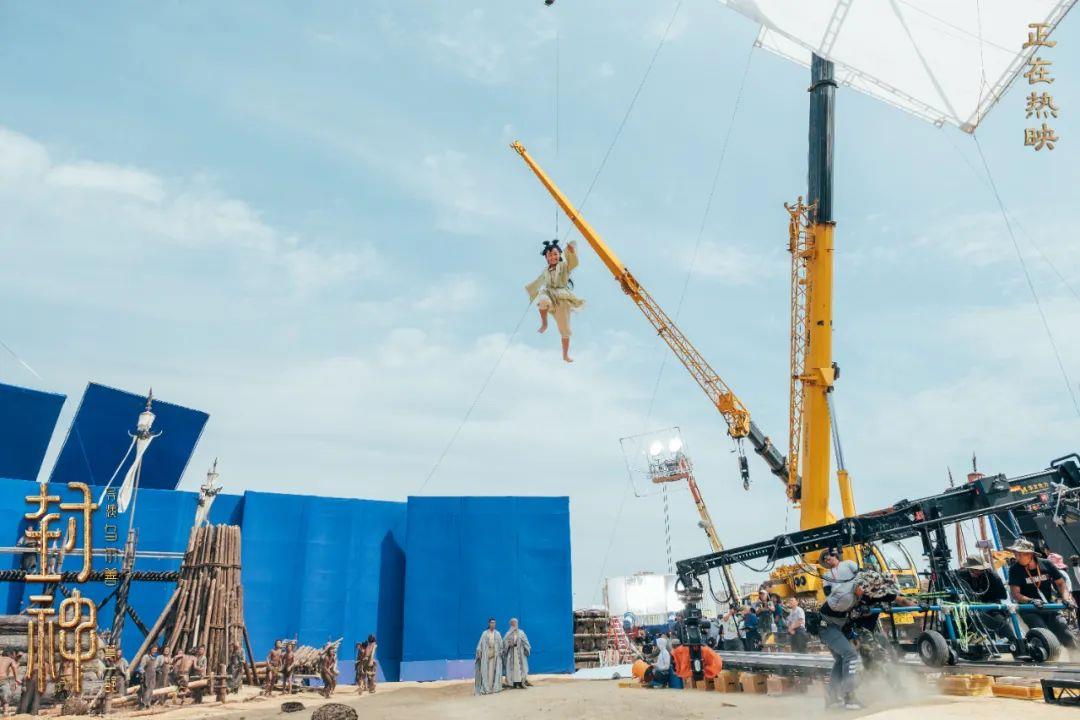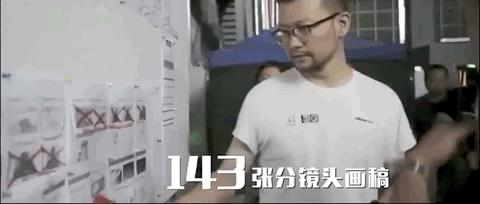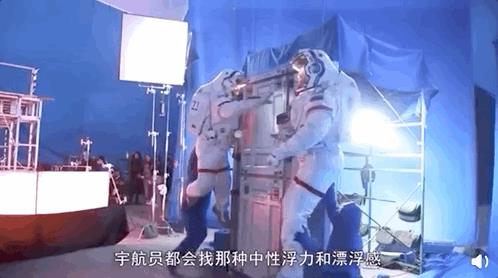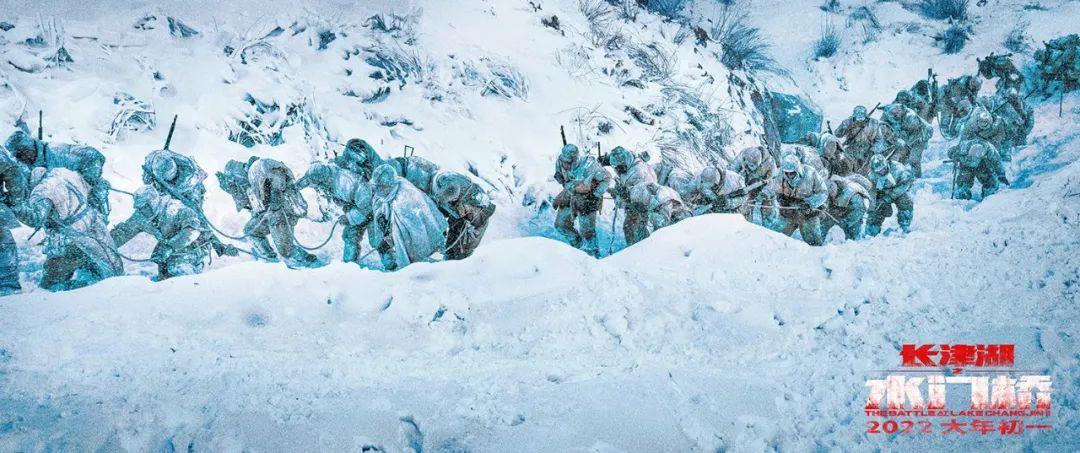Announcement of Listed Companies in Shenzhen (July 12)
Dai Xiaoning, the controlling shareholder of Bichuang Technology, has reduced its shareholding by 1.19%.
() Announcement. Recently, the company received the Letter of Notice on the Implementation Progress of the Share Reduction Plan issued by the controlling shareholder, Mr. Dai Xiaoning. As of the disclosure date of the announcement, Dai Xiaoning has reduced the company’s shares by 2.39 million shares, with a reduction ratio of 1.19%.
Shougang shares’s sales of electrical steel for new energy vehicles increased by about 151% in June.
() Announcement was issued. In June 2022, the company’s operation was stable and smooth. The output of electrical steel increased year-on-year, among which the output of thin-gauge products with high-grade non-oriented electrical steel and high magnetic induction oriented electrical steel of 0.23mm and below increased greatly year-on-year; The output of automobile plate and pickling automobile steel increased year-on-year; The output of tinplate decreased slightly year-on-year.
It is noteworthy that the sales of electrical steel for new energy vehicles increased by about 151% in June. By the end of June, the production line of electrical steel for new energy vehicles had entered the trial production stage of thermal load.
Recently, many places in the country have entered high temperature and rainy weather, which is in the off-season of demand. At the same time, domestic steel mills have recently reduced production and maintenance, and the output has declined. It is expected that the domestic steel market price will fluctuate and adjust in the short term.
Hailide plans to indirectly increase the capital of Hailide Vietnam by US$ 50 million to promote overseas business.
(Announcement): The company plans to increase the capital of 50 million US dollars to its wholly-owned subsidiary Hailide (Hong Kong) Investment Holding Co., Ltd. through its own funds, and then Hong Kong Holdings will increase the capital to its wholly-owned subsidiary Hailide (Hong Kong) Fiber Investment Co., Ltd., and finally to its great-grandson company Hailide (Vietnam) Co., Ltd., and the capital increase will be invested one after another according to the demand progress of business development. After the capital increase is completed, the registered capital of Hailide Vietnam will increase from US$ 80 million to US$ 130 million. Hailide Vietnam’s business scope is: production and sales of polyester industrial filaments.
It is reported that this capital increase is conducive to enhancing Vietnam Hailide’s financial strength, optimizing its asset-liability structure, improving its own operational capability and promoting its overseas business.
Vosges: "Military-civilian Functional Coating Material Project" has entered the trial production stage.
() It was announced that the "Military-civilian Functional Coating Material Project" built and implemented by Shandong Vosges Xuanwei New Materials Technology Co., Ltd. ("Vosges Xuanwei"), a holding subsidiary of the company, has now entered the trial production stage.
Asia-Pacific Pharmaceutical: Cefexoxime Capsules Obtained Drug Registration Certificate.
() Announced that the company recently received the Drug Registration Certificate (CertificateNo. 2022S00646/2022SOO647) for cefixime capsules approved and issued by National Medical Products Administration.
Cefexoxime plays a bactericidal role by preventing the synthesis of bacterial cell walls. This product is suitable for the following bacterial infectious diseases caused by streptococcus (except enterococcus), pneumococcus, Neisseria catarrhalis, Escherichia coli, Klebsiella, Serratia, Proteus and Haemophilus influenzae, which are sensitive to cefixime: acute bronchitis, pneumonia, secondary infection of chronic respiratory infection, cystitis, pyelonephritis, gonococcal urethritis, cholecystitis, cholangitis, etc.
Dashi Intelligent signed a 165 million yuan smart transportation project with Shenzhen Railway Group.
() Announcement. Recently, the company and Shenzhen Metro Group Co., Ltd. (hereinafter referred to as "Shenzhen Railway Group") reached consensus on matters related to the upgrading and reconstruction project of video surveillance system for the first and second phases of Shenzhen Metro, and formally signed a project contract with a contract amount of about 165 million yuan.
Beijin Institute accepted Haida Group’s 500 million yuan debt financing plan for the record.
() Announcement: The company received the Notice of Acceptance of Filing issued by Beijin Institute, and Beijin Institute decided to accept the company’s debt financing plan for filing. The planned filing amount of the company is 500 million yuan, and the filing amount is valid for 2 years from the date of signing the Notice of Acceptance of Filing, and it can be listed in stages within the filing period.
Yatai Yizhao, the controlling shareholder of Joe Cheng Design, released 25.3 million shares from pledge.
() Announcement: Recently, the company received a notice from Shenzhen Yatai Yizhao Investment Co., Ltd. ("Yatai Yizhao"), the controlling shareholder of the company, and learned that Yatai Yizhao had gone through the pledge cancellation procedures for some of its shares. This time, it released 25.3 million shares, accounting for 17.82% of its shares and 9.30% of its total share capital.
Hefei Urban Construction Subsidiary signed a contract to transfer the right to use state-owned construction land.
() Announced that Hefei Industrial Technology Development Co., Ltd. (hereinafter referred to as "Industrial Technology"), a wholly-owned subsidiary of the company, participated in the land use right transfer activity organized by Changfeng County Natural Resources and Planning Bureau on June 24, 2022, and obtained plot CF202211 in Changfeng County, Hefei City through listing. Recently, Industrial Science and Technology signed the Contract for Transferring the Right to Use State-owned Construction Land with Changfeng County Natural Resources and Planning Bureau, and the transfer price of land use right was 410 million yuan, which was solved by the company’s self-raised funds.
The shareholder of Perry shares, Guokai Equipment, reduced its holdings by 1.84% upon expiration.
() It was announced that the planned time for the company’s shareholder, Guokai Equipment, to reduce its shares expired. From January 11, 2022 to July 8, 2022, it reduced its shares by 5,896,700 shares, accounting for 1.84%.
The shareholder of Perry shares, Guokai Equipment, plans to reduce its holdings by no more than 3.15%.
Perry shares announced that the company’s shareholder Guokai Equipment Manufacturing Industry Investment Fund Co., Ltd. (hereinafter referred to as "Guokai Equipment") plans to reduce the company’s shares by no more than 10,071,300 shares (that is, no more than 3.15% of the company’s total share capital).
China Wuyi international project contracting business in the second quarter signed a total of 739 million yuan.
() It was announced that the total amount of newly signed orders for the company’s international engineering contracting business in the second quarter of 2022 was 739 million yuan.
By June 30, 2022, the company had signed 50 unfinished orders for its international engineering contracting business, with an amount of 14.546 billion yuan and an amount of 8.119 billion yuan. The number of orders that have won the bid but have not been signed is 3, with a contract value of 384 million yuan.
Dashi Intelligent: Signed a 165 million RMB Shenzhen Metro Project Contract.
Dashi Intelligent announced on the evening of July 11th that recently, the company and Shenzhen Metro Group Co., Ltd. reached a consensus on matters related to the upgrading and reconstruction project of the video surveillance system for the first and second phases of Shenzhen Metro, and formally signed the project contract, with a contract amount of about 165 million yuan, accounting for 5.21% of the company’s audited operating income in 2021.
Perry shares: Shareholder Guokai Equipment intends to reduce its shareholding by no more than 3.15%.
On July 11th, the financial sector announced that the shareholder Guokai Equipment Manufacturing Industry Investment Fund Co., Ltd. intends to reduce its shareholding by no more than 3.15%.
Xianju Pharmaceutical has obtained the registration certificate of domestic production of Shugeng Glucose Sodium Injection.
() Announced that the company recently received the Pharmaceutical Registration Certificate on Shugeng Glucose Sodium Injection approved and issued by National Medical Products Administration, and the company’s Shugeng Glucose Sodium Injection was approved for registration.
It is reported that the original preparation of Shugeng Glucose Sodium Injection (trade name: Bridion) was first developed by Merck Sharp&Dohme Limited (Merck) in the UK. Shugeng Glucose, the active ingredient in Shugeng Glucose Sodium Injection, is a modified γ-cyclodextrin, which can selectively bind to neuromuscular block drugs rocuronium or vecuronium, thereby reducing the number of neuromuscular block drugs that bind to nicotine receptors at neuromuscular junctions, thus antagonizing neuromuscular block induced by rocuronium or vecuronium.
Vosges shares: the project of functional coating materials for military and civilian use enters trial production.
Vosges announced on the evening of July 11th that the "Military-civilian Functional Coating Material Project" constructed and implemented by its holding subsidiary, Shandong Vosges Xuanwei, has now entered the trial production stage.
Changgao Dianxin: A wholly-owned subsidiary won the bid for the State Grid project of 157 million yuan.
() On the evening of July 11th, it was announced that four wholly-owned subsidiaries won the bid for three categories of national grid products, namely, combined appliances, disconnectors and switchgear. Among the above-mentioned bidding projects, four wholly-owned subsidiaries won a total bid of 157 million yuan, accounting for 10.33% of the company’s audited consolidated operating income in 2021. The company expects the net profit of returning to the mother in the first half of 2022 to be 49 million yuan-66 million yuan, a year-on-year decrease of 59.18%-45.02%. Affected by the epidemic, the customer’s engineering project was delayed, which affected the delivery time of the company’s products.
The Belt and Road Fund, a shareholder of Shenghang, reduced its shareholding by 2.08%.
() Announcement was issued. From June 15, 2022 to July 8, 2022, the Belt and Road Fund, a shareholder of the company, reduced its holdings by 3,553,200 shares through centralized bidding and block trading, accounting for 2.0819% of the company’s total share capital.
Perry shares: Shareholder Guokai Equipment intends to reduce its shareholding by no more than 3.15%.
Perry shares announced on the evening of July 11th that the shareholder Guokai Equipment Manufacturing Industry Investment Fund Co., Ltd. (hereinafter referred to as "Guokai Equipment") plans to reduce its holdings of the company’s shares by one or more ways permitted by laws and regulations, such as centralized bidding and block trading, within three months after 15 trading days from the date of announcement (that is, not more than 3.15% of the company’s total share capital).
(1) Obtaining the invention patent certificate of a vaccine for preventing tuberculosis, combined drug, preparation method and application.
Zhifei Bio announced that Anhui Zhifeilong Kema Bio-Pharmaceutical Co., Ltd. ("Zhifeilong Kema"), a wholly-owned subsidiary of Zhifeilong Bio-Pharmaceutical Co., Ltd., has recently obtained an invention patent certificate issued by China National Intellectual Property Administration, the People’s Republic of China. The invention patent name is a vaccine for preventing tuberculosis, combined medicine, preparation method and application. The patent application date is August 9, 2018, and the patent right period of the invention patent is 20 years from the application date.
Xiongdi Technology signed two contracts to sell identity information collection and verification workstations, involving an amount of 434 million yuan.
() Announced that the company signed the Sales Contract with customer H and customer E respectively on July 10, 2022. This contract involves confidentiality-related clauses. Due to the consideration of trade secrets, it is exempted from disclosing the specific circumstances such as the subject matter of the contract and the counterparty.
The company signed a Sales Contract with customer H, and the company sold identity information collection and verification workstations to H, involving an amount of about RMB 277 million, accounting for 58.59% of the company’s audited operating income in the latest fiscal year. The company signed a Sales Contract with customer E, and the company sold identity information collection and verification workstations to E, involving an amount of about RMB 157 million, accounting for 33.12% of the company’s audited operating income in the latest fiscal year.
Xiongdi Technology: Signed a sales contract totaling 434 million yuan.
Xiongdi Technology announced on the evening of July 11th that the company signed a Sales Contract with customer H and customer E respectively on July 10th, and the company sold identity information collection and verification workstations to H, involving an amount of about 277 million yuan, accounting for 58.59% of the company’s audited operating income in the latest fiscal year. The company sold identity information collection and verification workstations to E, involving an amount of about 157 million yuan, accounting for 33.12% of the company’s audited operating income in the latest fiscal year.
Wang Fumin, the major shareholder of Deen Seiko, has reduced its shareholding by 1.12%.
() It was announced that by July 8, 2022, Mr. Wang Fumin, a shareholder holding more than 5% of the shares, had reduced his holdings by half of the planned number of shares, and this time he reduced his holdings by a total of 1.64 million shares, accounting for 1.12%.
Asia Pacific Pharmaceuticals: The company obtained the drug registration certificate for cefixime capsules.
Asia-Pacific Pharmaceutical announced on the evening of July 11th that the company recently received the Pharmaceutical Registration Certificate for Cefexoxime Capsules approved and issued by National Medical Products Administration. Cefexoxime plays a bactericidal role by preventing the synthesis of bacterial cell walls. Obtaining the Drug Registration Certificate of Cefexoxime Capsules this time is regarded as passing the consistency evaluation of generic drug quality and efficacy.
Qianwei Yangchu plans to invest 75 million yuan in Henan Shangde Hewei layout prefabricated dishes and other industries.
() Announcement, the company used its own funds of RMB 75 million to subscribe for the fund share of Henan Shangde Hewei Equity Investment Fund Partnership (Limited Partnership), and the above investment amount accounted for 30% of the total investment subscribed by Henan Shangde Hewei Equity Investment Fund Partnership (Limited Partnership) Investment Fund.
It is reported that the initial raised amount of the fund is RMB 250 million, which can be increased to no more than RMB 400 million. The duration is 7 years, including 5 years of investment and 2 years of withdrawal. Its investment direction is: unlisted enterprises related to food, catering, catering supply chain and other industries. The company’s investment this time aims to invest in chain catering, catering supply chain, prefabricated vegetables and other related industries.
Dalian Heavy Industry Co., Ltd.: 49 million shares held by the shareholder SDIC Group were released from pledge.
Announcement on July 11th-() said that the company received the Letter of Notice on the Pledge of Shares from Dalian State-owned Assets Investment and Management Group Co., Ltd., a shareholder holding more than 5% of the shares, and learned that SDIC Group had gone through the procedures for the pledge of 49 million shares of the company.
Tianyoude Liquor: Huashi Investment has reduced its holdings by about 7.292 million shares, accounting for 1.54% of the company’s total share capital.
It was announced on July 11th-() that the company recently received the Notice Letter from Qinghai Huashi Technology Investment Management Co., Ltd., the controlling shareholder, that Huashi Investment reduced its shareholding by about 7.292 million shares through block trading and centralized bidding from May 11th, 2022 to July 8th, 2022, accounting for 1.54% of the company’s total share capital.
Wanxiang Technology plans to send 10 shares to 0.5 yuan for ex-dividend on July 18th.
() Announcement, the company plans to distribute 0.5 million yuan in cash (including tax) to all shareholders for every 10 shares in 2021; The date of record for this equity distribution is July 15th, 2022, and the ex-dividend date is July 18th, 2022.
Hangzhou Gaoxin controlling shareholder Donghang Group received a warning letter from Zhejiang Securities Regulatory Bureau.
Hangzhou Hi-tech announced that the company received a notice from Zhejiang Donghang Holding Group Co., Ltd., the controlling shareholder of the company, and Donghang Group recently received a decision on administrative supervision measures issued by Zhejiang Supervision Bureau of China Securities Regulatory Commission. The details are as follows:
From December 21, 2021 to April 28, 2022, as a shareholder of Hangzhou Gaoxin, Donghang Group increased its holdings of Hangzhou Gaoxin by 5.8% through judicial auction, centralized bidding and block trading. Considering the dilution effect of restricted stock listing, the cumulative equity change increased by 5.65%. When the proportion of equity change reached 5%, Donghang Group failed to stop buying and selling Hangzhou Hi-tech shares and fulfill its reporting and announcement obligations in time. It was not until April 29, 2022 that the simplified statement of changes in equity was disclosed. The above-mentioned behavior of Donghang Group violates the relevant provisions of Articles 13 and 15 of the Measures for the Administration of the Acquisition of Listed Companies (Order No.166 of the CSRC). Zhejiang Supervision Bureau decided to take administrative supervision measures to issue warning letters to Donghang Group, and record them in the integrity files of the securities and futures markets.
Chen Hankang, the major shareholder of Kangsheng, reduced his holdings by 11.359 million shares.
() Announcement: Chen Hankang, a shareholder holding more than 5% of the company’s shares, reduced his holdings by 11.359 million shares from May 31, 2022 to June 24, 2022, with a reduction ratio of 0.9996%.
Distribution of rights and interests of Dalian Heavy Industry in 2021: 10 shares were sent to 0.3 yuan for equity registration on July 18th.
Dalian Heavy Industry announced that the company’s annual equity distribution plan for 2021 is: based on the company’s existing total share capital, 0.30 yuan in cash (including tax) will be distributed to all shareholders for every 10 shares. The date of record for this equity distribution is July 18, 2022, and the ex-dividend date is July 19, 2022.
Xianyou Pharmaceutical: Obtained the registration certificate of Shugeng Glucose Sodium Injection.
Xianju Pharmaceutical announced on the evening of July 11th that the company recently received the Pharmaceutical Registration Certificate for Shugeng Sodium Gluconate Injection approved and issued by National Medical Products Administration, and the company’s Shugeng Sodium Gluconate Injection was approved for registration. The company has obtained the registration certificate of domestic production of Shugeng Glucose Sodium Injection, which is conducive to enriching the company’s product line of anesthetic muscle relaxants and enhancing the market competitiveness of the product portfolio.
*ST Kehua’s annual equity distribution in 2021: 0.65 yuan for 10 shares, and equity registration on July 18th.
() Announced that the company’s annual equity distribution plan for 2021 is: based on the existing total share capital of the company excluding 0 repurchased shares, 0.65 yuan in cash (including tax) will be distributed to all shareholders for every 10 shares. The date of record for this equity distribution is July 18, 2022, and the ex-dividend date is July 19, 2022.
Stores belonging to Xi ‘an Catering Industry resumed operations in an orderly manner.
() Announcement: According to the latest epidemic prevention and control work arrangement in Xi ‘an, the stores owned by the company will be opened in an orderly manner from July 10, 2022. At the same time, we will continue to provide online take-out and ordering delivery services.
() Sign the Lease Contract of Baolong Industrial Park with Shenzhen Zhaoye.
*ST Tongzhou announced that on July 8, 2022, the company signed a "Baolong Industrial Park Lease Contract" with Shenzhen Shenzhaoye Investment Co., Ltd. (hereinafter referred to as "Shenzhaoye"), leasing the company’s Baolong No.5 Industrial Park in Baolong Industrial City, Longgang District, Shenzhen to Shenzhaoye for use, with a lease term of 10 years and a total rent of 90 million yuan. The industrial park covers a land area of 44,260.35 square meters and a building area of 62,437.56 square meters.
If this Baolong Industrial Park Lease Contract comes into effect and is performed normally, it is estimated that it will bring about 4,285,700 yuan of rental income and 77,400 yuan of profit to the company in 2022, with the actual amount subject to the final confirmation.
Tianyu shares: apixaban API passed CDE approval.
() It was announced that the API of the company recently passed the technical evaluation of National Medical Products Administration Drug Evaluation Center ("CDE"). Apixaban is used to prevent venous thromboembolism (VTE) in adult patients undergoing elective hip or knee replacement.
According to the announcement, according to the CDE website, there are currently 21 manufacturers of apixaban that have passed the CDE technical review except the company. The company’s apixaban API has not been inspected for GMP compliance, and is currently preparing to apply to Zhejiang Drug Administration for GMP compliance inspection before the apixaban API goes on the market.
Ye Dalin, the actual controller of Tailin Biological, transferred a total of 823,200 convertible bonds of Tailin.
() Announcement, the company recently received a notice from Mr. Ye Dalin, the controlling shareholder and actual controller, that he transferred a total of 823,200 Tailin convertible bonds held by him through block transactions on July 8, 2022 and July 11, 2022, accounting for 39.20% of the total issuance. By the close of July 11th, 2022, Mr. Ye Dalin held 300,000 convertible bonds in Tailin, accounting for 14.29% of the total issuance.
Tianyu shares: Apixaban API passed CDE approval.
Tianyu announced on the evening of July 11th that the API of the company had recently passed the technical evaluation of National Medical Products Administration Drug Evaluation Center (hereinafter referred to as "CDE"). Apixaban is used to prevent venous thromboembolism (VTE) in adult patients undergoing elective hip or knee replacement. The company’s apixaban API has not been inspected for GMP compliance, and is currently preparing to apply to Zhejiang Drug Administration for GMP compliance inspection before the apixaban API goes on the market.
Jin Tongling: centrifugal ventilator series products have obtained the product certification certificate of China energy-saving certification.
() Announcement: On, the company was awarded by China Quality Certification Center (CQC) the centrifugal fan series products (series 4, 5 and 6 products, including 9 product models and 273 product varieties) and the China Energy-saving Certification Product Certificate.
Weilan Lithium Core increased its capital by 1 billion yuan to its subsidiary to promote the industrialization project of Huai ‘an lithium battery.
() Announce that in order to implement the fund-raising project of the company and promote the construction of Huai ‘an lithium battery industrialization project, the company plans to increase the capital of its wholly-owned subsidiary Jiangsu Tianpeng Power Supply Co., Ltd. ("Jiangsu Tianpeng") with cash of 1 billion yuan, increasing its registered capital by 1 billion yuan; At the same time, Jiangsu Tianpeng made capital increase and contribution to its wholly-owned subsidiary Tianpeng Lithium Energy Technology (Huai ‘an) Co., Ltd. ("Huai ‘an Tianpeng") with cash of 1 billion yuan, of which, 500 million yuan was contributed to the subscribed registered capital that has not yet been contributed, and 500 million yuan was added to increase its registered capital.
Osekan: The subsidiary is authorized to promote Esomeprazole magnesium enteric-coated dry suspension.
() On the evening of July 11th, it was announced that Osekang Pharmaceutical, a wholly-owned subsidiary of the company, and Beimei Pharmaceutical recently signed an authorization agreement. According to the agreement, Osekang Pharmaceutical Co., Ltd. obtained the cooperative promotion rights and interests of Esomeprazole magnesium enteric-coated dry suspension in designated regions and provinces across the country. In 2021, the sales of Esomeprazole magnesium enteric-coated dry suspension in the US market exceeded 1 billion yuan, and the cooperative products were approved for listing in the US in 2020. In 2021, the sales exceeded 30 million US dollars (over 200 million yuan), maintaining rapid growth.
Zhefu Holdings won the bid for the equipment procurement project worth 367 million yuan.
() Announcement: Zhejiang Fuchunjiang Hydropower Equipment Co., Ltd. (hereinafter referred to as "Zhefu Hydropower"), a wholly-owned subsidiary of the company, recently received the Notice of Winning Bid from the project tendering agency, National Energy Group International Engineering Consulting Co., Ltd. 1, which informed that Zhefu Hydropower was the winning bidder for the procurement project of hydro-generator set and its ancillary equipment of the second-stage hydropower station of Dadu River in bid section 001, and the counterparty was Zhensha Hydropower Construction Management Branch of Guoneng Dadu River Basin Hydropower Development Co., Ltd. Both parties will sign a formal procurement contract as soon as possible.
It is reported that the subject matter: the hydro-generator set and its auxiliary equipment of the second-stage hydropower station of Zhentouba, Dadu River, bid No.001; Total bid amount: RMB 367 million.
The first-phase employee stock ownership plan of Tapai Group has been reduced.
() It was announced that during the period from June 28th, 2022 to July 8th, 2022, all the 6,672,100 shares of the company held by the first employee stock ownership plan were reduced through centralized bidding, accounting for 0.56% of the company’s total share capital.
Zhefu Holdings: Winning the bid for 367 million yuan project.
On the evening of July 11th, Zhefu Holdings announced that Zhefu Hydropower, a wholly-owned subsidiary, was the winning bidder for the procurement project of hydro-generator set and its auxiliary equipment of the second-stage hydropower station of Dadu River Zhentouba in Bid Section 001, with a total bid amount of 367 million yuan, accounting for 2.60% of the company’s annual operating income in 2021, which is expected to increase the company’s sales revenue and net profit from 2023 to 2026.
Shengnong Development: In June, sales revenue reached 1.472 billion yuan, up 5.26% from the previous month.
() It was announced on the evening of July 11th that the company achieved sales revenue of 1.472 billion yuan in June, an increase of 19.82% over the same period of last year and an increase of 5.26% over the previous month. Among them, the sales revenue of chicken in poultry feeding and processing sector was 1.02 billion yuan, up by 3.71% compared with the same period of last year and-4.08% compared with the previous month. The sales revenue of the deep-processed meat products sector was 581 million yuan, an increase of 30.80% over the same period of last year and an increase of 15.96% over the previous month.
Xinjinlu plans to cooperate with the research institute in the fields of industrial cooperation and transformation of scientific and technological achievements.
() Announced that, based on strategic transformation and upgrading, in response to the cyclical risks of the industry, the company actively sought to lay out the upstream resources in the field of new materials. Recently, the company signed the Cooperation Framework Agreement with the Institute of Comprehensive Utilization of Minerals of the Chinese Academy of Geological Sciences. In order to rationally and efficiently develop and comprehensively utilize mineral resources and realize their respective strategic development needs, the two sides intend to cooperate in the fields of industrial cooperation and transformation of scientific and technological achievements.
Shenhuafa A: Shut down the business of its subsidiary, Styrofoam (EPS)
Shenhuafa A announced that the foam parts in the company’s business belong to the traditional manufacturing industry, and the industry has already entered a mature stage, with a serious overcapacity, and the demand has gradually reached saturation. The oversupply has led to a low gross profit margin of the company’s products and a downward trend in profitability. In order to optimize the industrial structure and improve the profitability, the company plans to shut down the EPS business of Wuhan Hengfa Technology Co., Ltd., a wholly-owned subsidiary.
Yiling Pharmaceutical will distribute the 2021 cash dividend to 3 yuan for every 10 shares on July 19th.
() Announcement: On July 19th, 2022, the company will pay the 2021 annual cash dividend of 3.00 yuan (including tax) for every 10 shares. This time, the rights and interests were distributed to date of record on July 18th, 2022, and the ex-dividend date was July 19th, 2022.
Two directors of Tongyuan Petroleum intend to continue to reduce their holdings of the company’s shares by no more than 0.43% in total.
() It was announced that Mr. Ren Yanzhong, the director and president of the company, had reduced his holdings by 510,000 shares, accounting for 0.09% of the company’s total share capital. It plans to continue to reduce its holdings of the company’s shares by centralized bidding or block trading within six months after fifteen trading days from the date of disclosure of this announcement, not exceeding 1.295 million shares (accounting for 0.24% of the company’s total share capital).
In addition, Mr. Zhang Zhijian, the vice chairman of the company, reduced his holdings by 680,000 shares, accounting for 0.13% of the company’s total share capital. It plans to continue to reduce its holdings of the company’s shares by no more than 1.009 million shares (accounting for 0.19% of the company’s total share capital) within six months after fifteen trading days from the date of disclosure of this announcement.
The production and sales of coal products are booming. The net profit of Shanxi coking coal in the first half of the year is expected to increase by 175%-205%
() On the evening of July 11th, the company announced that it expected to achieve a net profit of 5.346 billion yuan to 5.93 billion yuan in the first half of 2022, a year-on-year increase of 175% to 205%. As for the performance growth, the company said that in the first half of the year, due to the strong demand in the coal market and rising prices, the profitability of the company’s coal products increased significantly year-on-year.
Hunan Gold: The controlling shareholders will jointly set up Hunan Nonferrous Industry Investment Group.
() Announced on the evening of July 11th, recently, the company received the Notice of Hunan Provincial State-owned Assets Supervision and Administration Commission on the Merger and Establishment of Hunan Nonferrous Industry Investment Group Co., Ltd. forwarded by the controlling shareholder Gold Group. According to the research decision of the meeting, Hunan Gold Group Co., Ltd. and Hunan Nonferrous Environmental Protection Research Institute Co., Ltd. merged to form Hunan Nonferrous Industry Investment Group Co., Ltd.
Hunan Gold’s controlling shareholder merged with Nonferrous Environmental Protection Research Institute to form Nonferrous Industry Investment Group.
Hunan Gold announced that recently, the company received the Notice of Hunan Provincial State-owned Assets Supervision and Administration Commission on the Merger and Establishment of Hunan Nonferrous Industry Investment Group Co., Ltd. forwarded by the controlling shareholder Hunan Gold Group Co., Ltd. ("Gold Group"). According to the research decision of the meeting, Hunan Gold Group Co., Ltd. and Hunan Nonferrous Environmental Protection Research Institute Co., Ltd. merged to form Hunan Nonferrous Industry Investment Group Co., Ltd. As of the disclosure date of this announcement, Hunan Nonferrous Industry Investment Group Co., Ltd. has obtained the business license issued by Hunan Provincial Market Supervision Administration.
Chen Xiuming and Chen Xiuqing, shareholders of Huatong Thermal Power, reduced their holdings by 1.2476% in block transactions.
() Announcement: On July 8, 2022, Chen Xiuming, a shareholder holding more than 5% of the company’s shares, and Chen Xiuqing, his concerted action, reduced their holdings of 2,530,200 shares of the company through a block trade in Shenzhen Stock Exchange, accounting for 1.2476% of the company’s total share capital.
Wang Xiaoyu, director of Zhongke Information, and Xiao Fan, supervisor, intend to reduce their holdings by no more than 700,000 shares in total.
() Announced that Mr. Wang Xiaoyu, the director who holds 3,569,980 shares of the company (accounting for 1.81% of the company’s total share capital), plans to reduce his holding of no more than 600,000 shares of the company (that is, no more than 0.30% of the company’s total share capital) by centralized bidding within six months after the fifteen trading days from the disclosure date of this announcement.
Ms. Jin Aihua, the spouse of Mr. Xiao Fan, the supervisor who holds 214,000 shares of the company (accounting for 0.11% of the company’s total share capital), plans to reduce her holding of no more than 100,000 shares of the company (that is, no more than 0.05% of the company’s total share capital) by means of centralized bidding within six months after 15 trading days from the disclosure date of this announcement.
Huang Jianhong, supervisor of Hangyang Co., Ltd., bought and sold convertible bonds by his spouse, which constituted a short-term transaction.
() It was announced that Mr. Zhan Pinghai, the spouse of Ms. Huang Jianhong, the supervisor of the company, recently bought and sold the convertible corporate bond "Hangyang Convertible Bond", which constituted a short-term transaction. The income of 17,700 yuan as the profit of this short-term transaction has been fully handed over to the company.
Baolixin intends to acquire 18% equity of Baolixin Wuxi Energy to enhance decision-making efficiency.
() Announcement, the company reached an agreement and signed the Equity Transfer Agreement through friendly negotiation with Tian Lihua and Gu Jun, shareholders of Baolixin (Wuxi) Energy Technology Co., Ltd. (hereinafter referred to as "Baolixin Wuxi Energy"), and the company transferred 14% equity of Baolixin Wuxi Energy held by Tian Lihua at a consideration of RMB 6.38 million, with the corresponding subscribed capital contribution of RMB 7 million and the paid-in capital contribution of RMB 7 million. The company transferred 4% equity of Baolixin Wuxi Energy held by Gu Jun at a consideration of RMB 1.82 million, with a corresponding subscribed capital contribution of RMB 2 million and paid-in capital contribution of RMB 2 million. After the transaction is completed, the company holds a total of 89% equity of Baolixin Wuxi Energy, which is conducive to further strengthening the control and decision-making efficiency of the holding subsidiaries.
Jiayu Group, the controlling shareholder of Jiayu Co., Ltd., reduced its shareholding by 3.19%, and its shareholding reduction period has expired.
() Announcement, the company recently received the Notice Letter on the Expiration of the Share Reduction Plan issued by Jiayu Group, the controlling shareholder of the company. By July 10, 2022, Jiayu Group’s share reduction plan had expired, and it reduced its shareholding by 22,836,100 shares, accounting for 3.19% of the company’s total share capital.
Hengdian dongci subsidiary’s high-efficiency component project with an annual output of 2.5GW was put into production.
() Announced that at present, the production line of the subsidiary’s annual output of 2.5GW high-efficiency components project has been completed and put into production.
149 million restricted shares of Huada Gene will be listed and circulated on July 15th.
() Announcement: The number of shares issued before the company’s initial public offering was 149 million shares, accounting for 35.9432% of the company’s total share capital. The listing date is Friday, July 15th, 2022.
Ganneng Co., Ltd.: The stock trading fluctuated abnormally, and it was suspended for verification.
() On the evening of July 11th, it was announced that the company’s stock trading fluctuated abnormally, and it will be suspended from the market opening on July 12th, and resumed trading after the disclosure and verification announcement. The company announced on the same day that its net profit for the first half of the year is expected to be 31-45 million yuan, down 41.07%-59.40% year-on-year.
Ganneng Co., Ltd.: Verification of abnormal fluctuation of stock trading and suspension of trading
According to the announcement of Ganneng Co., Ltd. on the evening of July 11, it is estimated that the net profit in the first half of the year will be 31 million yuan to 45 million yuan, a decrease of 59.40%-41.07% over the same period of the previous year; Stock trading fluctuated abnormally, so it was suspended for verification.
Xiangxin Technology: It is planned to provide a loan of 41.65 million yuan to the joint venture company Bentele Xiangxin.
It was announced on July 11th-() that the company intends to provide a loan of RMB 41.65 million to the joint venture company Dongguan Bentele Xiangxin Automobile System Co., Ltd. as the working capital of Bentele Xiangxin, with a term of one year from the actual date of receipt of the loan and an annual interest rate of 4.1%.
The stock price of Ganneng shares has experienced four abnormal fluctuations, and it has been suspended for verification since July 12.
Ganneng Co., Ltd. announced that the company’s stock trading has experienced abnormal fluctuations for four times from June 28, 2022 to July 11, 2022, and the stock price fluctuated greatly. In order to safeguard the interests of investors, the company will check the abnormal fluctuations of stock trading. Upon application, the company’s stock (stock code: 000899, stock abbreviation: Ganneng shares) was suspended from the market opening on July 12, 2022, and resumed trading after the disclosure and verification announcement.
Weiming Pharmaceutical appointed Yue Jialin as general manager.
() Announce that due to the needs of business development, upon examination by the Nomination Committee of the Board of Directors, Mr. Yue Jialin is agreed to be appointed as the general manager of the company; Mr. Liu Wenjun and Mr. Xu Juanxiong are deputy general managers of the company; Mr. Liu Yangjun is the chief financial officer of the company. At the same time, Mr. Han Shuhong’s position as general manager, Mr. Shi Xuezhong’s position as deputy general manager and Mr. Zhou Bin’s position as chief financial officer were removed. The above-mentioned personnel will no longer hold any positions in the company.
Ganneng Co., Ltd.: Verification of abnormal fluctuation of stock trading and suspension of trading
Financial circles reported on July 11th that Ganneng shares announced that the stock trading fluctuated abnormally, and it was suspended from the market opening on July 12th, and resumed trading after the disclosure and verification announcement.
Four-board Baoming Technology: Investment in the construction of lithium battery composite copper foil production base is still uncertain.
On July 11th, the financial sector () disclosed the announcement of the change, and the company’s plan to invest in the construction of lithium battery composite copper foil production base still needs to be reviewed and approved by the company’s shareholders’ meeting, which is uncertain. In addition, if the implementation conditions such as national or local policy adjustment and project approval change, the implementation of the project may be delayed, changed or terminated.
Tiantie Co., Ltd.: signed a cooperation agreement with the Institute of Mineral Resources, Chinese Academy of Geological Sciences.
() On the evening of July 11th, the company announced that it had recently signed a Cooperation Agreement with the Institute of Mineral Resources of the Chinese Academy of Geological Sciences. The two sides provided funds and industrial incubation platform for Tiantie Co., Ltd. to promote basic research on salt lake resources, research on new technologies for lithium extraction from salt lakes and integration with industrialization, and the research institute provided scientific research and technical support. The two sides cooperated in projects such as geological exploration and lithium extraction from salt lakes. The term of cooperation shall be from the effective date of this agreement to March 31, 2024.
Guangpu Co., Ltd. plans to distribute 0.501618 yuan to 10 shares for ex-dividend on July 18.
() Announcement, the company plans to distribute 0.501618 yuan in cash (including tax) to all shareholders for every 10 shares in 2021. The date of record for this equity distribution is July 15th, 2022, and the ex-dividend date is July 18th, 2022.
Stock price changes Ganneng shares will be suspended for verification from July 12.
On the evening of July 11, Ganneng announced that the company’s share price fluctuated greatly. After application, the company’s shares were suspended from July 12 and resumed trading after the disclosure and verification announcement.
The trading market shows that the share price of Ganneng shares has soared recently. During the nearly 11 trading days from June 27 to July 11, the cumulative increase in the company range was 147.59%.
In addition, the performance forecast disclosed by Ganneng Co., Ltd. on the evening of July 11 shows that the company expects to achieve a net profit attributable to 31 million to 45 million yuan in the first half of the year, down 59.4% to 41.07% year-on-year.
Hengdian dongci: the subsidiary’s annual output of 2.5GW high-efficiency component project was put into production.
Hengdian Dongci announced on the evening of July 11th that at present, the production line of the subsidiary’s high-efficiency component project with an annual output of 2.5GW has been completed and put into production.
Xinxing Cast Pipe plans to send 10 shares to 1.5 yuan for ex-dividend on July 18th.
() Announcement, the company plans to distribute RMB 1.50 in cash (including tax) to all shareholders for every 10 shares in 2021; Ex-dividend date: July 18th, 2022.
Baotong Technology: Baotong Transportation and Chengmai Baoli intend to add 100% equity of Baoqiang Weaving to Bainiantong at a fixed price.
() Announcement: Wuxi Bainiantong Industrial Transportation Co., Ltd. ("Bainiantong"), a wholly-owned subsidiary of the company, signed the Capital Increase Agreement with Wuxi Baotong Intelligent Transportation Co., Ltd. ("Baotong Transportation") and Chengmai Baoli Enterprise Management Partnership (Limited Partnership) ("Chengmai Baoli") on July 11, 2022. Wuxi Baotong Intelligent Conveying Co., Ltd. ("Baotong Conveying") and Chengmai Baoli Enterprise Management Partnership (Limited Partnership) ("Chengmai Baoli") intend to increase their capital to Wuxi Bainiantong Industrial Conveying Co., Ltd. ("Bainiantong") by means of equity contribution.
Among them, Baotong Transportation subscribed for a new registered capital of 24,562,607 yuan for Bainiantong with 51% equity of Baoqiang Industry; Chengmai Baoli subscribed for the newly-increased registered capital of Bainiantong of 23,599,368 yuan with 49% equity of Baoqiang Industry. After the completion of this capital increase, the registered capital of Bainiantong will reach 348.16 million yuan, and Baotong Technology, Baotong Transportation and Chengmai Baoli will hold 86.1668%, 7.0549% and 6.7783% of the equity of Bainiantong after the capital increase respectively. After this equity swap transaction, Bainiantong will hold 100% equity of Baoqiang Weaving, and the company’s control position on Bainiantong and Baoqiang Weaving will not change.
Tiantie Co., Ltd. signed a cooperation agreement with the Institute of Mineral Resources of Chinese Academy of Geological Sciences on salt lake research.
Tiantie announced that the company (Party A) and the Institute of Mineral Resources of Chinese Academy of Geological Sciences (Party B) signed the Cooperation Agreement. The term of cooperation shall be from the effective date of this agreement to March 31, 2024. The specific cooperation contents are as follows:
The two sides provided funds and industrial incubation platform for promoting the basic research of salt lake resources, the research of new technology for lithium extraction from salt lake and the integration of industrialization, and Party B provided scientific research and technical support. The two sides started project cooperation on geological exploration and lithium extraction from salt lake.
Both parties unanimously agree to carry out project cooperation on Party B’s "Salt Lake Research Station" platform, in which Party A will bear part of the operating expenses of the Salt Lake Research Station, and the specific contents will be agreed by both parties in a separate project contract. Party B provides Party A with relevant technical consulting services in salt lake geological exploration and lithium extraction. The two sides can cooperate to establish an industrial incubation platform for relevant mature scientific and technological achievements, including cooperation forms, financial systems, management models and other cooperation details, which will be determined by the two sides through consultation.
It is reported that the signing of this agreement will help the company to enhance its innovation ability in the field of lithium salt research and production and deepen the construction of a new talent team for lithium salt technology.
The major shareholder of Xiangyuan New Materials, Quanke Gaotou and concerted action, reduced their holdings by 2.99%.
() Announcement, as of July 8, 2022, the company’s shareholder Hubei Liangke Gaotou Venture Capital Co., Ltd. ("Liangke Gaotou") and its concerted actors Hubei Xingfa Gaotou New Materials Venture Capital Fund Partnership (Limited Partnership) ("Xingfa Gaotou"), Hubei Gaofuxin Venture Capital Co., Ltd. ("Gaofuxin") and Hubei Gaotou Investment Group Co., Ltd. ("Hubei Gaotou"
Chuangyuan Technology plans to invest 10 million yuan to participate in the establishment of a partnership.
() Announced that in order to promote the benign complementarity between the company’s business operation and capital operation, expand the industrial value chain, further improve the company’s business layout and enhance the company’s comprehensive competitiveness, the company signed the Suzhou Chuangyuan Venture Capital Partnership (Limited Partnership) Agreement with Su Xinyi Yihe, Chuangyuan Group and Chuangyuan Investment and Investment Co., Ltd. on July 8, 2022, and jointly invested in the establishment of a partnership enterprise. The scale of the partnership enterprise is 100 million yuan, and the funds are raised at one time and paid in installments.
Among them, Su Xinyi, as the manager and general partner, contributed RMB 100,000 in cash, holding 0.1% of the shares; Chuangyuan Technology, Chuangyuan Group and Chuangyuan Investment Co., Ltd., as limited partners, respectively contributed RMB 10 million, RMB 50 million and RMB 39.9 million in cash, holding 10%, 50% and 39.9% shares respectively. The source of funds is the company’s own funds.
Chuangyuan Group is the controlling shareholder of the Company and Chuangyuan Investment. According to the Listing Rules of Shenzhen Stock Exchange, Chuangyuan Group and Chuangyuan Investment are related parties of the Company, and this transaction constitutes a connected transaction.
Tianze Information has received a total of 29,006,300 yuan from Jin Chen’s performance compensation commitment.
() Announcement: In the event that the company purchased 99.9991% equity of Shenzhen Youkeshu Technology Co., Ltd. by issuing shares and paying cash, shareholders Sun Borong and Jin Chen promised that the net profit of Yuanjiang Information Technology Co., Ltd. ("Yuanjiang Information"), the former subsidiary of the company, after deducting non-recurring losses in 2018 and 2019, would be no less than 145 million yuan each year. As the actual operating performance of Yuanjiang Information in 2018 and 2019 did not reach the promised performance of the two shareholders, Sun Borong and Jin Chen should compensate the company in cash for the difference below the promised performance of the two years, totaling 314 million yuan, of which Jin Chen should compensate the company in cash for 86.136 million yuan.
Recently, Jin Chen has reduced its holdings of 4.221 million shares of the company through centralized bidding, and the people’s court of Kaifu District of Changsha City has transferred the remaining funds from the reduction to the company’s designated account after deducting relevant execution expenses. As of the disclosure date of this announcement, the company has received a total of RMB 29,006,300 from Jin Chen for performance compensation.
Chaohua Technology received a letter of supervision concern for violating the letter cover regulations.
() Announcement, the company recently received the Letter of Concern on Supervision of Guangdong Chaohua Technology Co., Ltd. issued by Guangdong Supervision Bureau of China Securities Regulatory Commission ("Guangdong Securities Regulatory Bureau"), and the relevant contents are as follows:
On January 25, 2022, the company disclosed the 2021 Annual Performance Forecast, and it is estimated that the net profit attributable to shareholders of listed companies in 2021 will range from 118 million yuan to 130 million yuan. On March 28th, 2022, the company disclosed the Announcement on Revision and Apology of 2021 Annual Performance Forecast, and revised the estimated net profit range for 2021 to 70 million yuan to 85 million yuan. On March 31st, the company disclosed its annual report for 2021. In 2021, the audited net profit was 71,885,900 yuan, and the non-net profit deducted was 100,296,700 yuan. The information related to the performance forecast disclosed by the company on January 25th is inaccurate, which violates the provisions of Article 3 of the Measures for the Administration of Information Disclosure of Listed Companies (Order No.182 of the CSRC).
Hong Tao shares: the company’s control rights are to be changed.
() On the evening of July 11th, it was announced that Liu Nianxin, the controlling shareholder and actual controller of the company, intends to transfer this agreement to Liantou Investment Company not exceeding 25% of the total number of shares held by him. At the same time, both parties confirmed that after signing the formal equity transfer agreement, Liu Nianxin entrusted all voting rights of the company held by him to Liantou Investment Company for exercise. If this transaction is completed, United Investment will have no more than 24.41% voting rights and become the new controlling shareholder of the company, and the actual controller of the company will be changed from Liu Nianxin to Hubei Provincial State-owned Assets Supervision and Administration Commission. At the same time, United Investment signed the Strategic Cooperation Framework Agreement with the company.
Hong Tao Co., Ltd. and United Investment Co., Ltd. cooperate in park construction, urban renewal and other businesses
Hong Tao Co., Ltd. issued an announcement. At the same time, in order to further support the coordination and improvement of the industrial economy, after full consultation, Lianben and the company decided to establish a long-term and stable strategic partnership and actively develop all-round strategic cooperation between the two sides, and signed the Strategic Cooperation Framework Agreement.
The signing of this strategic cooperation framework agreement is conducive to the establishment of a long-term strategic partnership between Lianben and Hong Tao. At the same time, Liantou would have built a cooperative bridge between Liantou Group and Hong Tao Co., Ltd., and promoted the cooperation in park construction, urban renewal and other businesses.
On the one hand, Liantou Group has rich resources and experience in park construction and urban renewal, and on the other hand, Hong Tao shares have a leading position and complete company qualifications in EPC and architectural decoration industries. Both parties can give full play to market resources and technological advantages, promote industrial cooperation and collaboration, and realize win-win cooperation between Liantou Group and Hong Tao.
The actual controller of Hong Tao Co., Ltd. intends to change to Hubei Provincial State-owned Assets Supervision and Administration Commission.
Hong Tao shares issued an announcement, and the company received a notice from Mr. Liu Nianxin, the controlling shareholder and actual controller of the company (hereinafter referred to as the transferor). On July 11th, 2022, Mr. Liu Nianxin and Hubei Lianjiaben Investment Development Co., Ltd. (hereinafter referred to as the transferee) signed the Agreement of Intention for Share Transfer between Hubei Lianjiaben Investment Development Co., Ltd. and Liu Nianxin on Shenzhen Hong Tao Group Co., Ltd.
According to the Intention Agreement on Share Transfer, Mr. Liu Nianxin intends to transfer to the transferee no more than 25% of the total shares of the listed company he holds (that is, the number of shares does not exceed 97.4263 million shares), and both parties confirm that after signing the formal equity transfer agreement, Mr. Liu Nianxin entrusts all voting rights of the listed company he holds to the transferee (referred to as "this share transfer" or "this transaction"). If this transaction is completed, the transferee will have no more than 24.41% of the voting rights (calculated according to the total share capital on July 8, 2022) and become the new controlling shareholder of the company. The actual controller of the company will be changed from Mr. Liu Nianxin to the State-owned Assets Supervision and Administration Commission of Hubei Provincial People’s Government (hereinafter referred to as "Hubei Provincial State-owned Assets Supervision and Administration Commission").
The actual controller of Hong Tao shares intends to change.
On the evening of July 11th, Hong Tao announced that the controlling shareholder and actual controller of the company signed the Intention Agreement on Share Transfer, and the actual controller of the company will be changed from Liu Nianxin to Hubei SASAC.
According to the Intention Agreement on Share Transfer, Liu Nianxin intends to transfer no more than 25% of the total shares of the listed company he holds to Hubei Lianjianben Investment Development Co., Ltd. (hereinafter referred to as "Lianjianben"), and both parties confirm that after signing the formal equity transfer agreement, Liu Nianxin entrusts all the voting rights of the listed company he holds to Lianjianben to exercise.
If this transaction is completed, United Investment will have no more than 24.41% of the voting rights and become the new controlling shareholder of the listed company.
It is understood that the controlling shareholder of Liantou is Hubei Liantou Group Co., Ltd. (hereinafter referred to as "Liantou Group"). The total assets of Liantou Group reach 300 billion yuan, driving social investment to exceed 300 billion yuan, holding one listed company and holding three listed companies, with a total of more than 20,000 employees.
Red Wall shares granted 2.944 million stock options at the exercise price of 9 yuan/share.
() Announcement: The Board of Directors and the Board of Supervisors of the Company reviewed and approved the Proposal on Granting Stock Options to the Incentives of the Company’s 2022 Stock Option Incentive Plan. The date of granting this stock option is July 11, 2022; The number of awards is: 2.944 million; Exercise price: 9.00 yuan/share.
Jianxin shares granted 7.258 million stock options and 8.195 million restricted shares to the incentive objects.
() Announced that the conditions for granting stock options and restricted stocks stipulated in the Company’s 2022 Stock Options and Restricted Stock Incentive Plan have been achieved, and agreed that the date for granting the Company’s 2022 Stock Options and Restricted Stock Incentive Plan is July 11, 2022, and agreed to grant 7,258,000 stock options to 78 incentive targets and 8,195,000 restricted stocks to 23 incentive targets. The exercise price of stock options is 5.45 yuan/share, and the grant price of the second type of restricted stock is 2.73 yuan/share.
Xinjinlu: Signed a cooperation framework agreement with the Institute of Mineral Comprehensive Utilization of Chinese Academy of Geological Sciences.
Xinjinlu announced on the evening of July 11th that recently, the company signed the Cooperation Framework Agreement with the Institute of Comprehensive Utilization of Minerals of Chinese Academy of Geological Sciences. In order to rationally and efficiently develop and comprehensively utilize mineral resources and realize their respective strategic development needs, the two sides intend to cooperate in the fields of industrial cooperation and transformation of scientific and technological achievements.
United Optoelectronics granted 544,000 restricted shares at a price of 7.16 yuan/share.
() Announcement, the conditions for granting restricted shares stipulated in the "Zhongshan United Optoelectronic Technology Co., Ltd. 2021 Restricted Stock Incentive Plan (Draft)" have been achieved. The company has determined that the reserved grant date of this incentive plan is July 11, 2022, and 94,000 shares of the first-class restricted shares will be granted to one eligible incentive object and 450,000 shares of the second-class restricted shares will be granted to 24 eligible incentive objects at the grant price of 7.16 yuan/share.
Qiaoyin shares in 2021: It is planned to distribute about 1 yuan ex-dividend on July 18th for every 10 shares.
() Announced that the company’s annual equity distribution plan for 2021 is to distribute 0.999999 yuan in cash to all shareholders for every 10 shares.
The date of record for this equity distribution is July 15th, 2022, and the ex-dividend date is July 18th, 2022.
Luo Aiping, a shareholder of Jiuqiang Bio, intends to reduce his shareholding by no more than 2.6%.
() Announce that Mr. Luo Aiping, a shareholder holding 10.40% of the company’s shares, plans to reduce the company’s shares by no more than 15.2905 million shares (accounting for 2.60% of the company’s total share capital) within 6 months after 15 trading days from the date of this announcement, or by block trading within 6 months after 3 trading days from the date of this announcement.
Ye Li, shareholder of ST Taihe, passively reduced his shareholding by 1%.
() Announcement: Recently, the company received a letter from Ms. Ye Li, the concerted action person of the controlling shareholder Taihe Investment Group Co., Ltd. (hereinafter referred to as "Taihe Investment"), and learned that some shares held by Ms. Ye Li were recently enforced by the judiciary, which led to the passive reduction of 24,889,900 shares, accounting for 1.00% of the company’s total share capital.
As of the disclosure date of this announcement, Taihe Investment and its concerted actions have passively reduced the company’s shares by 194 million shares, accounting for 7.80% of the company’s total share capital.
Jiuqiang Bio: The directors intend to reduce their shareholding by no more than 2.6%.
Jiuqiang Bio announced on the evening of July 11th that Luo Aiping, a shareholder and director, plans to reduce the company’s shares by no more than 15,290,500 shares (accounting for 2.60% of the company’s total share capital) through centralized bidding or block trading.
United Optoelectronics plans to participate in Huashan Kechuang Angel Investment Fund to lay out high-end manufacturing equipment and other fields.
Joint Optoelectronic Announcement, the company plans to jointly invest with professional investment institution Qianhai Qingyan Huashan Investment Management (Shenzhen) Co., Ltd. ("Qianhai Qingyan"), Shenzhen Angel Investment Guidance Fund Co., Ltd., Zhongjin Qiyuan National Emerging Industry Venture Capital Guidance Fund (Limited Partnership), Tianjin Renai Xinyue Enterprise Management Co., Ltd., Weifang Qinghuan Consulting Center (Limited Partnership) and Dong Guoyun to establish the equity investment fund "Shenzhen Huashan Kechuang Angel Investment Partnership (Limited Partnership)
It is reported that the total investment scale of the fund does not exceed 600 million yuan, and the partnership enterprise is funded in cash, which will be paid by partners in installments. The initial fund scale is 500 million yuan, of which the company contributes 10 million yuan in the first phase. It mainly invests in strategic emerging industries, future industries supported and encouraged by Shenzhen and other key industries developed by the municipal government, specifically the three major industries of new generation electronic information, high-end manufacturing equipment and new materials.
Guanghetong granted 1,909,600 restricted shares at a price of 11.82 yuan per share.
() Announcement: The conditions for granting restricted shares stipulated in the Company’s Restricted Stock Incentive Plan for 2022 have been achieved. The company has decided to grant 1,909,600 restricted shares to 195 incentive targets, and the date of grant is determined to be July 8, 2022, and the grant price is 11.82 yuan per share.
Yin Lun Co., Ltd.: It is planned to terminate the DPF localization construction project because the customer demand is less than expected.
() On July 10th, it was announced that the company held the 25th meeting of the 8th Board of Directors on July 8th, 2022, and deliberated and passed the Proposal on Terminating the Domestic Construction Project of DPF and Permanently Replenishing the Working Capital with the Funds Raised. It was agreed that the company would terminate the Domestic Construction Project of DPF and permanently replenish the working capital with the funds raised with the savings of RMB36,457,500 (the final amount is subject to the balance of bank interest on the day when the funds were transferred out).
In the above announcement, Yin Lun Co., Ltd. said that the reason for the savings of DPF localization construction project was mainly affected by the cyclical decline in demand of commercial vehicles and off-road industries. The original planned customer demand was less than expected, and the production line that has been invested and built has basically met the order demand. In order to use the raised funds more reasonably and efficiently, it is planned to terminate the project, and at the same time, the raised funds will be permanently replenished with working capital.
It is understood that Yin Lun’s revenue in the first quarter of 2022 was 2.055 billion yuan, a year-on-year increase of 2.8%; The net profit returned to the mother was 70 million yuan, down 33.2% year-on-year; The net profit deducted from non-homecoming was 37 million yuan, down 58.1% year-on-year. The decline in profit was mainly due to the comprehensive influence of Shanghai epidemic, the obvious year-on-year decline in the production and sales of commercial vehicles and the rising prices of raw materials and sea freight.
DPF(Diesel Particulate Filter) refers to a diesel particulate trap, which is a device installed in the exhaust system of diesel vehicles to reduce particulate matter (PM) in the exhaust through filtration. The announcement shows that the DPF localization construction project was originally planned to be completed in June 2020, and was later postponed to December 2021. In May 2018, the company changed the implementation subject of the project from Shanghai Yin Lun, a wholly-owned subsidiary, to Yin Lun, and the implementation place was changed to Tiantai County, Zhejiang Province. On December 21st, 2020, the company added Weifang, Shandong Province as the implementation site of the project.
According to the above announcement, in 2017, Yin Lun issued 80 million RMB ordinary shares (A shares) to specific investors through non-public offering at a price of 9.01 yuan per share, and the actual total amount of funds raised was 721 million yuan. After deducting related expenses, the actual net amount of funds raised was 706 million yuan. Among them, the promised use amount of funds raised by DPF localization construction project is 96.824 million yuan, the actual use amount of funds raised is 63.2258 million yuan, and the investment progress of funds raised is 68.08%.
Weiye Co., Ltd. won the bid of about 530 million yuan to design and construct the general contracting project.
() Announcement: Jiantai Construction Co., Ltd. ("Jiantai Construction"), a holding subsidiary of the company, recently received the bid-winning notice for the design and construction general contracting project of Sanxi Huafazhi Port No.1, which was publicly tendered by Zhuhai Huachen Development and Construction Co., Ltd. ("Zhuhai Huachen"), and confirmed that Jiantai Construction was the bid-winning unit for the design and construction general contracting project of Sanxi Huafazhi Port No.1, with a bid amount of about 530 million yuan.
Hehua shares elected Shi Weiguang as chairman.
() Announced that the company elected Mr. Shi Weiguang as the chairman (and legal representative) of the tenth board of directors of the company.
On July 20th, BBK will distribute the 2021 cash dividend to 1 yuan for every 10 shares.
() Announcement: On July 20th, 2022, the company will pay the annual cash dividend for 2021, with 1 yuan for every 10 shares (including tax). The date of record of this equity distribution is July 19th, 2022, and the ex-dividend date is July 20th, 2022.
*ST stars actually control people or change to Ying Guangjie and Luo Xueqin.
() Announcement: On July 10th, 2022, the company manager and the company respectively signed the Reorganization Investment Agreement with the industrial investor Lima Vehicle Group, Shenzhen Zhongxiang Travel and Financial Investor Shenzhen Zhaoping Asset Management, Sichuan Xinghua Ding and Shenzhen Zhongxin Zhucheng.
The Reorganization Investment Agreement stipulates that based on the existing total share capital of listed companies of 958 million shares, the capital reserve will be converted into share capital at the rate of 13.68 shares for every 10 shares, with a total of 1.31 billion shares. After the transfer is completed, the total share capital of listed companies will increase from 958 million shares to 2.268 billion shares (the exact number of shares eventually transferred will be subject to the number actually registered and confirmed by China Securities Depository and Clearing Co., Ltd. Shenzhen Branch); The transferred 1.31 billion shares will not be distributed to the original shareholders, and all of them will be distributed and disposed of by the manager in accordance with the provisions of the reorganization plan. Among them, Lima Vehicle Group and/or its designated entity received 600 million shares of the listed company, with a shareholding ratio of 26.45%. After the reorganization, the control right of the company may change, the controlling shareholder of the company may be changed to Lima Auto Group or its designated entity, and the actual controller of the company may be changed to Ying Guangjie and Luo Xueqin.
Guoxuan Hi-Tech and its subsidiaries received revenue-related government subsidies of 294 million yuan in the first half of the year.
() Announcement: From January to June 2022, the company and its holding subsidiaries received a total of 294 million yuan of government subsidies related to income.
Xinjinlu signed a cooperation framework agreement with the Institute of Mineral Comprehensive Utilization of Chinese Academy of Geological Sciences.
Xinjinlu announced that the company and the Institute of Mineral Comprehensive Utilization of the Chinese Academy of Geological Sciences recently signed the Cooperation Framework Agreement. In order to rationally and efficiently develop and comprehensively utilize mineral resources and realize their respective strategic development needs, the two sides intend to cooperate in the fields of industrial cooperation and transformation of scientific and technological achievements.
Guoneng Rixin: At present, the company’s virtual power plant business generates a relatively small proportion of operating income.
() Announcement, the deviation of the closing price increase of the company’s stock for three consecutive trading days has reached 37.71%, which belongs to the abnormal fluctuation of stock trading.
In addition, the company has noticed the recent discussion on the hot market related to virtual power plants. The company has started the virtual power plant business since 2020. As of the disclosure date of this announcement, the company’s virtual power plant business accounts for a relatively small proportion of operating income, which will not have a great impact on the trading price of the company’s stock and its derivatives.
Guohai Securities applied to confirm that the issuance of bonds of no more than 7 billion yuan meets the listing conditions of Shenzhen Stock Exchange.
Guohai Securities announced that on July 8, 2022, the company received the Letter of No Objection issued by Shenzhen Stock Exchange ("Shenzhen Stock Exchange") on the non-public issuance of corporate bonds by Guohai Securities Co., Ltd. meeting the listing conditions of Shenzhen Stock Exchange. According to the letter of no objection, the company applied to confirm that the issuance of the non-public corporate bonds of Guohai Securities Co., Ltd. in 2022 with a face value of no more than RMB 7 billion meets the listing conditions of Shenzhen Stock Exchange, and Shenzhen Stock Exchange has no objection.
Tiantie Co., Ltd. signed a cooperation agreement with the Institute of Mineral Resources of Chinese Academy of Geological Sciences.
Tiantie Co., Ltd. announced that in order to promote the basic research of salt lake resources, the research of new technology for extracting lithium from salt lake and the integration of industrialization, further enhance the company’s innovation ability in the field of lithium salt research and production, and deepen the construction of the company’s lithium salt technology innovation talent team, the company recently signed a Cooperation Agreement with the Institute of Mineral Resources of the Chinese Academy of Geological Sciences.
Zuoli Pharmaceutical’s plan to increase its net profit by over 50% in the first half of the year has been accepted.
Our reporter Wu Wenzhao
On July 11th, () disclosed the announcement, and it is estimated that the net profit returned to the mother in the first half of 2022 will be 133 million to 137 million yuan, up 53.65% to 58.27% year-on-year. During the reporting period, based on the advantage of core products entering the national essential drugs list, the company continued to strengthen market expansion, and the core products achieved certain growth, among which the sales of Wuling capsules and Lingze tablets continued to grow well; At the same time, Chinese herbal pieces and Chinese herbal formula granules have also achieved rapid growth.
It is reported that Wuling capsule, as a mature variety, is also a national essential drug and a national medical insurance category A variety, and has been recommended by more than 40 experts and clinical guidelines. Zuoli Pharmaceutical said that it will continue to increase the coverage of hospitals and deepen the departments that have been developed. At the same time, users at the C-end have also invested in market development to realize offline and online simultaneous development through hospitals and the Internet. Since Lingze tablets entered the national medical insurance and essential drugs list in 2018, the sales momentum is good. Because there are relatively few competing Chinese patent medicines in the market, Lingze tablets can also be used in combination with western medicines for the treatment of prostate diseases, and the market capacity is broad.
In addition, Zuoli Pharmaceutical Bailing tablets have been selected in the centralized purchase of Guangdong Alliance, which is not only conducive to consolidating the market share of the region where Guangdong Alliance is located, but also conducive to strengthening the coverage of hospitals where Guangdong Alliance is located. The company will continue to promote the development of hospitals, the coverage of retail pharmacies and the online operation of e-commerce platforms, and strive to make Bering tablets a large variety with a scale of 1 billion yuan.
In order to improve the production capacity of core products, Zuoli Pharmaceutical released a fixed increase plan at the beginning of this year. On July 4, Zuoli Pharmaceutical announced that the fixed increase had been accepted by Shenzhen Stock Exchange, and the total amount of funds to be raised was no more than 910 million yuan, which was used for the construction and upgrading of intelligent Chinese medicine production bases, the upgrading of enterprise R&D centers, the upgrading of digital operation decision-making systems and supplementary liquidity.
Zuoli Pharmaceutical said that through the implementation of this fundraising project, the company will further enhance the manufacturing capacity of the whole industrial chain of fermentation, extraction and preparation of core products, which is conducive to the company’s active participation in new policies such as quantity procurement, accelerating the launch of new varieties, deepening the product pipeline under research, and further strengthening the "soft power" in operation management and marketing promotion.
Minsheng Securities recently released a research report, pointing out that under the background of the national "14 th Five-Year Plan", various national and local documents have been implemented successively, and the standards and systems related to the whole industry chain of Chinese medicine have been gradually improved. The Chinese medicine industry has officially entered the stage of high-quality development, opening up the medium and long-term imagination space, and now it may be a good opportunity to invest in the Chinese medicine track.
(Editor Zhang Yupeng Li Bo)
Gu ‘ao Technology: 6.9 million shares of the company held by Chen Chongjun, the actual controller, were frozen by the judiciary.
() On the evening of July 11th, it was announced that 6.9 million shares of the company held by Chen Chongjun, the controlling shareholder and actual controller of the company, were frozen by the judiciary, accounting for 1.98% of the company’s total share capital. According to the company, the reason for the judicial freeze was that Shanghai Translation Information Technology Co., Ltd. borrowed RMB 30 million from Shenzhen Furong Industrial Co., Ltd. and the relevant interest was overdue. Chen Chongjun is the legal representative of Shanghai Translation Society Information Technology Co., Ltd., and pledged his 6.9 million shares as the guarantee for the loan.
The controlling shareholder and actual controller of Hong Tao shares intend to change.
Hong Tao shares announced that Liu Nianxin, the controlling shareholder and actual controller of the company, signed an intention agreement on share transfer with Hubei Lianjieben Investment Development Co., Ltd. (hereinafter referred to as "Lianjieben") on July 11, 2022. Liu Nianxin intends to transfer no more than 25% of the total shares of the company he holds (that is, no more than 97,426,295 shares) to Lianjieben, and both parties confirm that after signing the formal equity transfer agreement, Liu Nianxin will If this transaction is completed, United Investment will have no more than 24.41% voting rights and become the new controlling shareholder of the company, and the actual controller of the company will be changed from Liu Nianxin to Hubei Provincial State-owned Assets Supervision and Administration Commission.
The shareholders of electroacoustic shares, OCBC Bank and Lian Capital, reduced their holdings by a total of 3,530,600 shares during the reduction period.
() Announcement: OCBC Bank and Lian Capital, shareholders of the company, reduced their holdings of 3,530,600 shares from April 12 to July 8, accounting for 0.8342%. OCBC Bank and Lian Capital’s shareholding reduction plan have been reduced for more than half of the time.
Xiaomi Technology, the shareholder of Zhiyun, reduced its shareholding by 0.3715%, and its shareholding ratio fell below 5%.
() It was announced that Xiaomi Technology (Wuhan) Co., Ltd. ("Xiaomi Technology"), the shareholder of the company holding more than 5% of the shares, reduced its shareholding by 1,072,100 shares through block trading, accounting for 0.3715% of the company’s total share capital. After this equity change, Xiaomi Technology holds 14,427,400 shares of the company, accounting for 4.99997% of the company’s total share capital, and is no longer a shareholder holding more than 5% of the company’s shares.
The net profit of Zangge Mining increased by 428%-450% in the first half of the year.
() On the evening of July 11th, the company announced that it expected to achieve a net profit of 2.35 billion yuan to 2.45 billion yuan in the first half of 2022, a year-on-year increase of 427.55% to 450%.
Specifically, the substantial increase in the performance of Zangge Mining is mainly due to the rising volume and price of potassium chloride and lithium carbonate. The announcement shows that the sales volume of the company’s subsidiary, Zangge Potash Potassium Chloride, has increased and the price has risen, resulting in a significant increase in operating income and profit compared with the same period of last year. At the same time, the sales price of lithium carbonate products of Zangge Lithium Industry, a secondary subsidiary of the company, continued to rise, resulting in a significant increase in operating income and profit compared with the same period of last year.
In addition, the company’s long-term equity investment confirmed that the investment income was about 345 million yuan, mainly due to the investment income generated by Tibet Julong Copper.
It should be pointed out that the first quarterly report of Zangge Mining shows that the company achieved a net profit of 814 million yuan from January to March this year. Based on this calculation, the company expects the net profit in the second quarter to be 1.536 billion yuan to 1.636 billion yuan, an increase of 88.7% from the previous month to 100.98%.
Zhifei Bio-1 independently developed tuberculosis vaccine and obtained invention patent.
Zhifei Bio announced on the evening of July 11th that Anhui Zhifeilong Kema Bio-Pharmaceutical Co., Ltd., a wholly-owned subsidiary of the company, has recently obtained an invention patent certificate issued by China National Intellectual Property Administration of the People’s Republic of China, which is "a vaccine for preventing tuberculosis, a combined drug and its preparation method and application". The application date is August 9th, 2018, and the authorization announcement date is July 8th, 2022. The patent number is ZL201810902885.2, and the patent certificate number is No.
According to the company, the above-mentioned invention patents are independently developed and have been applied to the company’s related research products. The acquisition of the above patent certificate will not have a significant impact on the company’s recent production and operation, but it will help to further improve the company’s intellectual property protection system, give full play to the advantages of independent intellectual property rights, promote technological innovation and enhance the company’s core competitiveness.
* The actual controller of ST Star is proposed to be changed to Ying Guangjie and Luo Xueqin.
On the evening of July 11th, *ST Star disclosed that the company manager and the company signed the Reorganization Investment Agreement with the industrial investor Lima Vehicle Group, Shenzhen Zhongxiang Travel and Financial Investor Shenzhen Zhaoping Asset Management, Sichuan Xinghua Ding and Shenzhen Zhongxin Zhucheng respectively. After the reorganization, the control right of the company may change, the controlling shareholder of the company may change to Lima Vehicle Group or its designated subject, and the actual controller of the company may change to Ying Guangjie and Luo Xueqin.
It is understood that Ying Guangjie and Luo Xueqin jointly hold 51% of the shares of Lima Vehicle Group.
According to the Reorganization Investment Agreement, it is agreed that the capital reserve will be converted into share capital at the rate of 13.68 shares for every 10 shares, based on the existing total share capital of listed companies of 958 million shares. The 1.31 billion shares transferred will not be distributed to the original shareholders, and all of them will be distributed and disposed of by the manager in accordance with the provisions of the reorganization plan. Among them, Lima Vehicle Group and/or its designated entity received 600 million shares of the listed company, with a shareholding ratio of 26.45%.
Weiye shares: the holding subsidiary won the bid for the 530 million yuan project.
Weiye Co., Ltd. announced on the evening of July 11 that its holding subsidiary, Jiantai Construction, was the successful bidder for the design and construction general contracting project of Sanxi Huafazhi Port No.1 project, with the winning bid amount of about 530 million yuan. This transaction constitutes a connected transaction.
Jiuqiang Bio-shareholders intend to reduce their holdings by no more than 2.6%.
Jiuqiang Bio announced that Luo Aiping, the shareholder who holds 61,162,177 shares of the company (accounting for 10.40% of the company’s total share capital), plans to reduce his shares by no more than 15,290,544 shares (accounting for 2.60% of the company’s total share capital) within 6 months after 15 trading days from the announcement date or by block trading within 6 months after 3 trading days from the announcement date.
Zhongtai Chemical granted 25.625 million restricted shares at a grant price of 5.34 yuan/share.
() Announcement, the board of directors of the company thinks that the grant conditions stipulated in the incentive plan have been achieved, and agrees to determine July 11, 2022 as the grant date, and grant 25,625,000 restricted shares to 920 incentive objects at a grant price of 5.34 yuan per share.
Changgao Dianxin: The wholly-owned subsidiaries won a total bid of 157 million yuan for the State Grid procurement project.
Changgao Electric announced on the evening of July 11th that its wholly-owned subsidiaries, Changgao Electric, Changgao High-voltage Switch, Changgao Complete Electrical Appliances and Changgao Senyuan Power, respectively won the bid in three categories of products of State Grid, such as combined electrical appliances, disconnectors and switchgear, with a total bid amount of 157 million yuan.
According to the announcement, the total amount of winning bids of four new wholly-owned subsidiaries of Changgaodian accounted for 10.33% of the company’s audited consolidated operating income in 2021. Chang Gaodian said that after signing the formal contract, the performance of the contract is expected to have a positive impact on the company’s operating performance in 2022 and beyond.
On the evening of July 11th, Changgao Dianxin also disclosed the semi-annual performance forecast for 2022. The company expects that the net profit attributable to shareholders of listed companies will be 49 million to 66 million yuan in the first half of 2022, down 45.02% to 59.18% year-on-year. According to the company, the main reason for the decline in performance was that due to the epidemic, the customer’s engineering projects were delayed, which affected the delivery time of the company’s products.
Hainan Lingzhuo, a holding subsidiary of Lingyizhuang, received a capital increase of 95 million yuan.
() Announcement: Recently, Shanghai Zixu Investment Center (Limited Partnership) ("Shanghai Zixu") and Hainan Chaoxi Consulting Management Co., Ltd. ("Hainan Chaoxi") signed the Equity Transfer Agreement, and Shanghai Zixu transferred all 20% equity of Hainan Lingzhuo to Hainan Chaoxi free of charge. Shanghai Zixu and Hainan Chaoxi are two subsidiaries under the same actual controller, and Lingyi Enterprise Management (Hainan) Co., Ltd. ("Hainan Lingyi"), a wholly-owned subsidiary of the company, has given up the preemptive right of this equity transfer. After the completion of this equity transfer, Hainan Lingyi holds 80% equity of Hainan Lingzhuo unchanged, and the scope of the company’s consolidated statements has not changed.
In order to meet the medium-and long-term strategic development and capital needs of Hainan Lingzhuo, Hainan Lingyi and Hainan Chaoxi increased their capital by 95 million yuan in the same proportion in the form of monetary investment, of which Hainan Lingyi increased its capital by 76 million yuan and Hainan Chaoxi increased its capital by 19 million yuan. After the completion of this capital increase, the registered capital of Hainan Lingzhuo has increased from 10 million yuan to 105 million yuan, and Hainan Lingyi and Hainan Chaoxi still hold 80% and 20% of the shares of Hainan Lingzhuo respectively.
Three-dimensional Tiandi will send 0.8 yuan date of record for every 10 shares in 2021 as July 15th.
() Announced, the contents of the company’s annual equity distribution implementation plan in 2021 are as follows: based on the total share capital of 77.35 million shares, a cash dividend of 0.80 yuan will be distributed to all shareholders for every 10 shares, and a total cash dividend of 6.188 million yuan will be distributed, accounting for 11.21% of the net profit attributable to the mother in the same period. No bonus shares will be distributed, and no capital reserve will be converted into share capital.
The distribution of rights and interests in date of record is July 15th, and the ex-dividend date is July 18th.
According to the 2021 annual performance report released by 3D Tiandi, the company’s operating income was 320 million yuan, a year-on-year increase of 16.78%. The net profit attributable to shareholders of listed companies was 55.191 million yuan, a year-on-year increase of 5.03%; The basic earnings per share was 0.95 yuan, compared with 0.91 yuan in the same period last year.
The main business of Beijing Sanwei () Co., Ltd. is the research and development, sales and implementation of application software products such as inspection and testing informatization and data asset management, and provides related technical services. The company’s main products include inspection information management software, data asset management software, supply chain management software and technical services. Won the honorary title of Top 100 Small and Medium-sized Enterprises with Technological Innovation in China.
(Source: () iFinD)
Hubei SASAC is expected to become the actual controller of Hong Tao.
Hong Tao announced today that it has recently received a notice from Liu Nianxin, the controlling shareholder and actual controller of the company, that Liu Nianxin and Hubei United Investment Capital Development Co., Ltd. (hereinafter referred to as "United Investment Capital" or "transferee") signed the Intention Agreement on Share Transfer between Hubei United Investment Capital Development Co., Ltd. and Liu Nianxin on Shenzhen Hong Tao Group Co., Ltd. (hereinafter referred to as "Intention Agreement on Share Transfer") on July 11, 2022.
According to the Intention Agreement on Share Transfer, Liu Nianxin intends to transfer to the transferee no more than 25% of the total shares of the listed company he holds (that is, the number of shares does not exceed 97,426,295 shares), and both parties confirm that after signing the formal equity transfer agreement, Liu Nianxin entrusts all the voting rights of the listed company he holds to the transferee. If this transaction is completed, the transferee will have no more than 24.41% of the voting rights (calculated according to the total share capital on July 8, 2022) and become the new controlling shareholder of the company. The actual controller of the company will be changed from Liu Nianxin to the State-owned Assets Supervision and Administration Commission of Hubei Provincial People’s Government.
It is reported that the Intention Agreement on Share Transfer signed by all parties this time is an intentional agreement on share transfer, which is still in the stage of planning and intention, and the formal agreement has not yet been signed. After the signing of this Intention Agreement, United Investment would have conducted a comprehensive due diligence on Hong Tao shares, and decided whether to continue the transaction according to the due diligence results. There is a risk that this transaction cannot be reached because the signing time of the subsequent formal agreement is to be determined or ultimately failed to be signed.
Jinbo shares: Received the notice of BYD’s designated development.
Jinbo Co., Ltd. announced on the evening of July 11th, and recently received the designated notice of development from () Automobile Industry Co., Ltd.. BYD chose our company as its designated supplier to develop and supply carbon ceramic brake discs and other products.
Ziguang shares: the company is changed to have no actual controller.
() It was announced on the evening of July 11th. On July 11th, Ziguang Group, the indirect controlling shareholder of the company, completed the industrial and commercial change registration procedures, and its 100% equity was registered under the name of Zhiguangxin, and Zhiguangxin was changed to the indirect controlling shareholder of the company. As a result, the actual controller of the company has changed. Before this actual controller change, the Ministry of Education was the ultimate actual controller of the company. After this actual controller change, the company changed to no actual controller.
Ziguang Guowei: The company was changed to have no actual controller.
() Announced that, according to the reorganization plan approved by Beijing No.1 Intermediate People’s Court, the consortium led by Beijing Zhilu Asset Management Co., Ltd. and Beijing Jianguang Asset Management Co., Ltd. ("Zhilu Jianguang Consortium") is a strategic investor for the substantial merger and reorganization of seven enterprises including Ziguang Group, and Zhilu Jianguang Consortium intends to undertake 100% equity of the reorganized Ziguang Group as a whole through its war investment acquisition platform Zhiguangxin. On July 11, 2022, Ziguang Group completed the registration procedures for industrial and commercial changes, and its 100% equity was registered under the name of Zhiguangxin, which was changed to the indirect controlling shareholder of the company. As a result, the actual controller of the company has changed.
Before this actual controller change, People’s Republic of China (PRC) Ministry of Education was the ultimate actual controller of the company. After this actual controller change, the company changed to no actual controller.
Jinbo Co., Ltd. is a designated supplier of BYD carbon ceramics products.
Jinbo Co., Ltd. announced that the company recently received a notice from BYD Auto Industry Co., Ltd. (referred to as "BYD") on the fixed-point development. BYD chose the company as its designated supplier to develop and supply carbon ceramic brake discs and other products.
Zhiguang Electric’s subsidiary has won the bid of 126 million yuan for energy storage project.
() It was announced that Guangzhou Zhiguang Energy Storage Technology Co., Ltd. (hereinafter referred to as "Zhiguang Energy Storage"), the holding subsidiary of the company, won the bid for the 44MW(88MWH) energy storage system project of Guoneng (Liaocheng) New Energy Co., Ltd. (tender number and package number: CEZB220604339001) with the first candidate, and the pre-bid amount was 126 million yuan. According to the publicity of the winning candidate, Zhiguang Energy Storage is the first winning candidate.
Kelu Electronics’ non-public issuance of corporate bonds of no more than RMB 500 million won the letter of no objection from Shenzhen Stock Exchange.
() Announcement: On July 11, 2022, the company received the Letter of No Objection issued by Shenzhen Stock Exchange on the non-public issuance of corporate bonds of Shenzhen Kelu Electronic Technology Co., Ltd. meeting the listing conditions of Shenzhen Stock Exchange. The company applied to confirm that the issuance of the non-public corporate bonds of Shenzhen Kelu Electronic Technology Co., Ltd. in 2022 with a face value of no more than RMB 500 million meets the listing conditions of Shenzhen Stock Exchange, and Shenzhen Stock Exchange has no objection.
Kexin Technology: The energy storage products of the subsidiary have just passed the relevant certification and have not yet produced large orders.
() On the evening of July 11th, the announcement of serious abnormal fluctuations in stock trading was disclosed. At present, the energy storage products of Guangdong Kexin Juli New Energy Co., Ltd., a subsidiary of the company, have just passed the relevant certifications of UL1973, IEC62619 and UN38.3, and have not yet produced large orders. As verified by the company, up to now, the company’s operating conditions are normal, the internal and external operating environment has not changed significantly, and there is no significant information that should be disclosed but not disclosed.
*ST Zhongji: Cancel the delisting risk warning and continue to implement other risk warnings.
The financial sector announced on July 11th that stock trading was suspended for one day on July 12th, 2022 and resumed on July 13th, 2022. Cancel the delisting risk warning and continue to implement other risk warnings since the market opened on July 13, 2022. The short name of securities has been changed from *ST Zhongji to ST Zhongji, and the stock code is still "000972", and the daily fluctuation limit is still 5%.
Zhiguang Electric: 44MW energy storage system project of reservoir photovoltaic project with a bid of 125 million yuan in advance.
The financial sector announced on July 11th that Zhiguang Electric announced that Guangzhou Zhiguang Energy Storage Technology Co., Ltd., a holding subsidiary, was the first candidate to bid for the 44MW(88MWH) energy storage system project of Guoneng (Liaocheng) New Energy Co., Ltd. Reservoir Photovoltaic Project, with a pre-bid amount of 125 million yuan.
Zhiguang Electric Co., Ltd.: The holding subsidiary pre-won the bid for the energy storage project of 126 million yuan.
Zhiguang Electric announced on the evening of July 11th that recently, Zhiguang Energy Storage, a holding subsidiary of the company, was the first candidate to bid for the 44MW(88MWH) energy storage system project of Guoneng (Liaocheng) New Energy Co., Ltd. Reservoir Photovoltaic Project, with a pre-bid amount of 126 million yuan.
Kexin Technology plans to transfer 25.15% shares of Kexin Juli to 2 yuan and increase its shareholding ratio to 87.6%.
Kexin Technology announced that the company intends to sign the Agreement on Equity Transfer of Guangdong Kexin Juli New Energy Co., Ltd. with Shenzhen Xinshengda Investment Partnership (Limited Partnership) to purchase its equity (unpaid) which accounts for 10% of Kexin Juli’s total share capital with 1 yuan, corresponding to a registered capital of 20 million yuan, and other shareholders agree to give up the preemptive right; After the transfer is completed, Shenzhen Xinshengda Investment Partnership (Limited Partnership) no longer holds the equity of Kexin Juli.
In addition, the company plans to sign the Equity Transfer Agreement of Guangdong Kexin Juli New Energy Co., Ltd. with Shenzhen Huishengda Investment Partnership (Limited Partnership), so that 1 yuan can purchase its equity (unpaid) which accounts for 15.15% of Kexin Juli, with a registered capital of 30.3 million yuan, and other shareholders agree to give up the preemptive right. After the transfer is completed, Shenzhen Xinshengda Investment Partnership (Limited Partnership) still holds 12.4% equity of Kexin Juli. After the acquisition, the company’s shareholding in Kexin Juli increased from 62.45% to 87.6%.
According to the announcement, Kexin Juli is positioning itself as a lithium battery system provider. In the future, relying on the platform that the company has been deeply cultivating in the communication industry for 20 years and grasping the integration advantages of power supply and software, it will expand the fields of household energy storage, industrial and commercial energy storage and communication energy storage, and fully explore overseas high-end markets. The purchase of the equity of the subsidiary is based on the company’s strategic development needs and future financing arrangements. The core team holding shares is also to ensure the necessary technical and talent support for the company’s future development in the fields of home energy storage, industrial and commercial energy storage and communication energy storage.
() It is planned to build new energy materials projects and intelligent equipment projects in Zhuhai with a total investment of over 1.808 billion yuan.
Keheng shares announced that the company and its wholly-owned subsidiary Shenzhen Haoneng Technology Co., Ltd. (hereinafter referred to as "Haoneng Technology") signed the Investment Agreement with the People’s Government of Jinwan District, Zhuhai City on July 11, 2022, and planned to invest in the construction of new energy materials projects and smart equipment projects within the jurisdiction of Jinwan District, Zhuhai City.
The announcement shows that the total planned land area of the project is about 151,000 square meters, and the total investment amount is not less than 1.808 billion yuan. Among them, the planned land for the new energy materials project is about 86,000 square meters, and it is planned to build 15,000 tons of lithium cobalt oxide cathode material, 3,000 tons of ternary nickel cobalt manganese cathode material, 20,000 tons of Ferrous lithium phosphate cathode material and 2,000 tons of rare earth functional materials, with an investment of not less than 1.6 billion yuan; The planned land for the intelligent equipment project is about 65,000 square meters, and it is planned to build a sheet metal, machining and assembly workshop with an investment of not less than 208 million yuan; The source of funds for this investment is self-raised. In order to ensure the investment, construction and operation management of the project, the company plans to invest in the establishment of subsidiaries and Sun Company to implement the investment, construction and operation of the project agreed in the Investment Agreement.
The announcement shows that this foreign investment is based on the rapid development of domestic new energy industry, but at present, the company’s material production capacity is small, the equipment production efficiency is low, and there is a capacity bottleneck in smart equipment. The construction of the project will solve the existing problems to a certain extent, improve the company’s operating performance and profitability, and also provide strong support for the research and development of new products.
Fangda Group: In the first half of the year, the total amount of newly won and signed orders was 3.075 billion yuan.
() On the evening of July 11th, it was announced that in the first two quarters of 2022, the new bid-winning and contract-signing orders of high-end curtain wall and materials industry totaled 3.075 billion yuan, an increase of 19.17% over the same period of last year. By the end of the second quarter of 2022, the high-end curtain wall and materials industry had signed a total of 6.364 billion yuan of unfinished contracts (including contracts that have won the bid but have not yet been signed), an increase of 39.37% over the same period last year.
In the first half of 2022, Fangda Group’s new winning bids and signing orders for high-end curtain wall and materials industry totaled 3.075 billion yuan.
Fangda Group announced that in the first two quarters of 2022, the new bid winning and signing orders for high-end curtain wall and materials industry totaled 3.075 billion yuan, an increase of 19.17% over the same period of last year. By the end of the second quarter of 2022, the high-end curtain wall and materials industry had signed a total of 6.364 billion yuan of unfinished contracts (including contracts that have won the bid but have not yet been signed), an increase of 39.37% over the same period last year.
Dongjian Technology plans to invest 80 million yuan in Guangzhou Mintou No.36, which will invest in new energy industry.
() Announcement, the company intends to subscribe for the partnership share of Guangzhou Mintou No.36 Equity Investment Partnership (Limited Partnership) with its own funds of RMB 80 million, with a total fund size of RMB 1 billion (subject to the final registered scale). The investment direction of the fund is the new energy industry.
It is reported that in the face of the rapid development trend of smart cars and new energy vehicles, the company, on the basis of combining the resource advantages of the automobile industry chain and the future development direction of the intelligent cockpit, is conducive to realizing resource docking through investment funds, forming a leverage effect with the projects invested by the company, and reducing the investment risk of the company; While gaining investment income, we will enhance the company’s overall core competitiveness and profitability, and further accelerate the strategic development pace of the company to serve smart cars and new energy vehicles more efficiently.
() The planned foreign investment of 690 million yuan involves projects such as green recycling industry of new energy lithium battery materials.
According to the environmental disclosure announcement of Wangneng, the company plans to invest in two foreign projects with a total amount of 690 million yuan. Among them, in order to better provide garbage disposal services, the company plans to implement a 1,000-ton grate furnace garbage incineration power generation transformation project based on the existing project of Wangneng in South Taihu Lake, Huzhou, with an estimated total investment of 659.98 million yuan. Nantai Lake Wangneng is responsible for investment/financing, design, construction, operation and maintenance, thus providing garbage incineration services.
Wangneng Environment said that the renovation project of South Taihu Lake is to solve the aging problem of some equipment, better meet the relevant national environmental protection requirements and smoke emission standards, provide better garbage disposal services and meet the company’s new development requirements. Through new technologies and new processes, we can improve the profitability of South Taihu Wangneng and enhance the company’s comprehensive strength in the field of solid waste treatment. The implementation of the project has a positive impact on the company’s future business development and business performance improvement.
In addition to being steady and steady in the field of traditional solid waste treatment, Wangneng Environment has also actively developed the business of lithium battery recycling.
In order to actively lay out the green recycling industry of new energy lithium battery materials, another investment this time is to set up Huzhou Jingtong New Materials Technology Co., Ltd. (hereinafter referred to as "Jingtong New Materials") with a capital contribution of 30 million yuan from Zhejiang Wangneng Mining Technology Co., Ltd., a wholly-owned subsidiary of the company. After its establishment, Jingtong New Materials is responsible for the recycling of waste lithium batteries and has obtained a business license.
It is understood that Lixin New Materials Co., Ltd., which was acquired by Wangneng Environment on January 4 this year, completed the trial operation of the first phase of the power battery cobalt-nickel-lithium extraction project at the end of March and officially started operation in April. At present, the monthly production capacity load has reached more than 80%, and it is estimated that more than 70% of the production capacity can be completed throughout the year, and all the production can be reached in 2023. After all the products are put into production, the purification amount of nickel, cobalt and manganese is 3,000 tons/year, and the purification amount of lithium carbonate is 1,000 tons/year.
As for the establishment of Jingtong new materials, the company said that it is based on the overall strategic layout and future development needs, which is conducive to further promoting the company’s business development, strengthening the unified cooperative management of various resource utilization projects, improving the layout of the company’s new energy lithium battery materials green recycling industrial chain, promoting the implementation of the company’s development strategy and continuously improving the company’s comprehensive strength.
In addition, in the online exchange activities, when asked by investors about "Is the supply source of lithium battery recycling stable?", the company’s executives said: From the production situation in March this year, the company’s current raw materials are mainly 3C batteries, battery scraps and scrapped power batteries. In order to ensure the demand for raw materials, the company is actively negotiating with automobile enterprises, battery enterprises, echelon utilization enterprises and third-party recyclers to ensure long-term and stable battery sources. In addition, the automobile dismantling subsidiary of the Group also has a positive impact on the battery recycling channel.
Many brokers believe that the multi-project commissioning of the company’s main waste incineration business will help the performance increase steadily, and the rapid growth of kitchen sludge will bring new kinetic energy, while the layout of lithium battery recycling and power battery recycling will create a second growth curve.
Tianyu Apixaban API passed CDE technical review.
Tianyu announced on the evening of July 11th that the API of the company recently passed the technical evaluation of National Medical Products Administration Drug Evaluation Center (hereinafter referred to as "CDE").
It is reported that apixaban is used to prevent venous thromboembolism (VTE) in adult patients undergoing elective hip or knee replacement. Tianyu submitted an application for drug registration of apixaban API to CDE in March 2020, and it was accepted. Apixaban API has passed CDE review and approval, and can only be listed and sold in China after obtaining the announcement that the GMP compliance inspection result of Zhejiang Drug Administration is "meeting the requirements". (Xu Yu)
Tianhai Defence bought back 520,000 shares for the first time at a cost of 2.08 million yuan.
On the evening of July 11th, () announced that for the first time, the company repurchased 520,100 shares of the company by centralized bidding through the special securities account, accounting for 0.03% of the company’s current total share capital. The highest transaction price was 4.03 yuan/share, the lowest transaction price was 3.99 yuan/share, and the total amount paid was 2,080,200 yuan (excluding transaction costs).
According to the data, the company held a board meeting on June 17, 2022, and reviewed and approved the Proposal on Repurchase of Shares of the Company. The company plans to use its own funds to repurchase some public shares through centralized bidding, and the repurchased shares of the company are intended to be used to implement equity incentives or employee stock ownership plans. The share repurchase price does not exceed 6.02 yuan/share, and the total amount of repurchase funds is not less than 50 million yuan and not more than 100 million yuan (both inclusive). (Zhao Ping)
Guoxuan Hi-Tech: The company and its holding subsidiaries received government subsidies totaling about 294 million yuan.
On July 11th, Guoxuan Hi-Tech announced that in the first half of 2022, the company and its holding subsidiaries received a total of about 294 million yuan of government subsidies related to income.
Salt Lake Lithium Extraction Project Upgrade Tiantie shares hand in hand with Institute of Mineral Resources, Chinese Academy of Geological Sciences
Tiantie announced on the evening of July 11th that the company recently signed a Cooperation Agreement with the Institute of Mineral Resources of the Chinese Academy of Geological Sciences (hereinafter referred to as "the Institute of Resources").
According to the cooperation agreement, Party A (Tiantie Co., Ltd.) provides funds and industrial incubation platform, while Party B (Resource Institute) provides scientific research and technical support, and the two sides cooperate on projects such as salt lake geological exploration and lithium extraction. Both parties unanimously agree to carry out project cooperation on Party B’s "Salt Lake Research Station" platform, in which Party A will bear part of the operating expenses of the Salt Lake Research Station, and the specific contents will be stipulated in a separate project contract, and Party B will provide Party A with relevant technical consulting services in salt lake geological exploration and lithium extraction.
It is reported that the business scope of the Institute of Mineral Resources of the Chinese Academy of Geological Sciences includes: conducting research on mineral resources and promoting the development of geological science and technology. New mineral resources research, marine and salt lake mineral resources research, mineral deposit research, mineralogy research, etc.
Tiantie Co., Ltd. said in the announcement that the signing of this agreement will help the company to enhance its innovation ability in the field of lithium salt research and production, deepen the construction of a new talent team for lithium salt technology, and give full play to the advantages of talents, technology and market in their respective fields, which is in line with the company’s strategic planning and the interests of all shareholders of the company. (Xu Yu)
Chuanheng’s performance in the first half of the year is expected to increase by 244%-311%, and the amount raised by convertible bonds has reached the usable state.
() On the evening of July 11th, the announcement of pre-increase in performance was issued. From January to June, the company expected to realize a net profit attributable to shareholders of listed companies of 360 million yuan to 430 million yuan, an increase of 243.95% to 310.82% over the same period of last year.
According to the announcement, the company’s semi-annual performance in 2022 is expected to increase compared with the same period of last year. The main reasons are: the unit sales price of chemical products and phosphate rock continued to rise during the reporting period, and the sales of phosphoric acid increased, the operating income increased, and the gross profit margin of chemical products and phosphate rock increased year-on-year, and the company’s operating performance increased year-on-year.
In addition, the company’s convertible bond fundraising project "Fuquan New Mineralization Integrated Deep Processing Project of Phosphorus Resources-1.5 million t/a Comprehensive Utilization of Mineral Processing Equipment and Supporting Facilities for Low-and Medium-grade Phosphate Rock" and "300,000 t/a Sulfuric Acid Project from Pyrite" all reached the scheduled usable state in the first half of the year. The commissioning of the two projects can effectively enhance the company’s intensive utilization level of phosphate rock resources and ensure the stability of raw material sulfuric acid supply, which is expected to have a favorable impact on the company’s performance in the second half of the year. (Gao Yi)
Keheng Co., Ltd. plans to invest no less than 1.808 billion yuan in Zhuhai New Energy Materials and Intelligent Equipment Project.
Keheng announced on the evening of July 11th that the company and its wholly-owned subsidiary Shenzhen Haoneng Technology Co., Ltd. signed the Investment Agreement with the Jinwan District Government of Zhuhai on the same day, and planned to invest in the construction of new energy materials and intelligent equipment projects in this area, with a planned total land area of about 151,000 square meters and a total investment of not less than 1.808 billion yuan (self-raised). Among them, the planned land for the new energy materials project is about 86,000 square meters, and it is planned to build 15,000 tons of lithium cobalt oxide cathode materials, 3,000 tons of ternary nickel cobalt manganese cathode materials, 20,000 tons of Ferrous lithium phosphate cathode materials and 2,000 tons of rare earth functional materials, with an investment of not less than 1.6 billion yuan; The planned land for the intelligent equipment project is about 65,000 square meters, and it is planned to build a sheet metal, machining and assembly workshop with an investment of not less than 208 million yuan.
The company said that in view of the rapid development of domestic new energy industry, the company’s material production capacity is small, the equipment production efficiency is low, and there is a capacity bottleneck in smart equipment, the construction of this investment project will solve the existing problems to a certain extent, improve the company’s operating performance and profitability, and also provide strong support for the research and development of new products and enhance the company’s long-term core competitiveness. If the project can be successfully implemented, it will be conducive to the company’s capacity expansion and the company’s financing ability enhancement, which will have a positive impact on the company’s future development. (Huang Shu)
Keheng Co., Ltd. plans to invest in new energy materials projects and intelligent equipment projects.
Keheng shares announced that the company and its wholly-owned subsidiary Haoneng Technology signed the Investment Agreement with the People’s Government of Jinwan District, Zhuhai City on July 11, 2022, and planned to invest in the construction of new energy materials projects and intelligent equipment projects within the jurisdiction of Jinwan District, Zhuhai City. The total planned land area of the project is about 151,000 square meters, and the total investment amount is not less than 1.808 billion yuan. Among them, the planned land for the new energy materials project is about 86,000 square meters, and it is planned to build 15,000 tons of lithium cobalt oxide cathode materials, 3,000 tons of ternary nickel cobalt manganese cathode materials, 20,000 tons of Ferrous lithium phosphate cathode materials and 2,000 tons of rare earth functional materials, with an investment of not less than 1.6 billion yuan; The planned land for the intelligent equipment project is about 65,000 square meters, and it is planned to build a sheet metal, machining and assembly workshop with an investment of not less than 208 million yuan.
Hengxin Oriental elected Meng Nan as the chairman.
() Announced that the board of directors of the company recently received a written resignation report submitted by Mr. Bing Wang. For personal reasons, Mr. Bing Wang applied to resign as the seventh chairman, director, chairman of the strategy committee of the board of directors, member of the nomination committee of the board of directors, and member of the remuneration and assessment committee of the board of directors, and will not hold any post in the company and its subsidiaries after his resignation.
On July 11th, 2022, the Company held the 34th meeting of the 7th Board of Directors, deliberated and passed the Proposal on By-election of the Chairman of the 7th Board of Directors, and agreed to elect Mr. Meng Nan, the company’s director, general manager and legal representative, as the chairman of the 7th Board of Directors, with a term of office from the date of adoption of this Board of Directors to the date of expiration of the 7th Board of Directors.
Bank of Suzhou: External Supervisor Chen Donghua resigned.
() On the evening of July 11th, it was announced that the bank had recently received the written resignation of external supervisor Chen Donghua. Due to work reasons, Chen Donghua has been unable to continue to perform his duties as an external supervisor of Suzhou Bank, and applied to resign as an external supervisor of the bank, which will take effect on July 11th. As of the disclosure date of the announcement, Chen Donghua did not hold shares in Suzhou Bank.
Dalian Heavy Industry will send 0.3 yuan and date of record for every 10 shares in 2021 as July 18th.
Dalian Heavy Industry announced that the implementation plan of the company’s annual equity distribution in 2021 is as follows: based on the total share capital of 1,931,370,000 shares, a cash dividend of 0.30 yuan will be distributed to all shareholders for every 10 shares, and a total cash dividend of 57,941,100 yuan will be distributed, accounting for 50.21% of the net profit attributable to the mother in the same period. No bonus shares will be distributed and no capital reserve will be converted into share capital.
The distribution of rights and interests in date of record is July 18th, and the ex-dividend date is July 19th.
According to the 2021 annual performance report released by Dalian Heavy Industry, the company’s operating income was 9.109 billion yuan, up 11.52% year-on-year; The net profit attributable to shareholders of listed companies was 115 million yuan, a year-on-year increase of 139.69%; The basic earnings per share was 0.06 yuan, compared with 0.02 yuan in the same period last year.
Dalian Huarui Heavy Industry Group Co., Ltd. mainly provides complete sets of technical equipment, high-tech products and services for metallurgical, port, energy, mining, engineering, transportation, aerospace, shipbuilding and other basic industries of the national economy. The company’s main products include: cast steel, iron castings, etc., which are mainly used in electronic stations, ships and machinery manufacturing. The company has a national technical center (consisting of a design and research institute, 10 professional design institutes, an electrical technology research and development center, 4 research institutes and 3 laboratories), a nationally recognized testing/calibration laboratory, an overseas (German) technology research and development center, and a national wind power transmission and control engineering technology research center. It has a complete technical system, and has the capability of integrated research and development of machinery, electricity and liquid and non-standard design of major equipment.
(Source: Straight Flush iFinD)
*ST Kehua will pay 0.65 yuan for every 10 shares in 2021, and date of record will be July 18th.
*ST Kehua announced that the implementation plan of the company’s annual equity distribution in 2021 is as follows: based on the total share capital of 514,316,800 shares, a cash dividend of 0.65 yuan will be distributed to all shareholders for every 10 shares, and a total cash dividend of 33,430,600 yuan will be distributed, accounting for 4.64% of the net profit attributable to the mother in the same period. No bonus shares will be distributed, and no capital reserve will be converted into share capital.
The distribution of rights and interests in date of record is July 18th, and the ex-dividend date is July 19th.
According to the 2021 annual performance report released by *ST Kehua, the company’s operating income was 4.268 billion yuan, a year-on-year increase of 2.71%; The net profit attributable to shareholders of listed companies was 721 million yuan, a year-on-year increase of 6.76%; The basic earnings per share was 1.40 yuan, compared with 1.33 yuan in the same period last year.
Shanghai kehua bioengineering co., ltd is mainly engaged in the research, development, production and sales of in vitro diagnostic reagents and medical inspection instruments. The company’s main products include in-vitro clinical immunodiagnostic reagents (including rapid diagnostic reagents), in-vitro clinical chemical diagnostic reagents and in-vitro nucleic acid diagnostic reagents, which are mainly used for laboratory tests in clinical hospitals, screening of blood donors in blood collection and supply systems, and detection of relevant populations in border customs and disease prevention and control systems. The technical level of the company’s in vitro diagnostic instruments has always been in the leading position in China.
(Source: Straight Flush iFinD)
Guangpu shares will be paid 0.501618 yuan for every 10 shares in 2021, and date of record will be July 15th.
Guangpu Co., Ltd. announced that the implementation plan of the company’s annual equity distribution in 2021 is as follows: based on the total share capital of 305,181,600 shares, a cash dividend of 0.50 yuan will be distributed to all shareholders for every 10 shares, and a total cash dividend of 15,308,500 yuan will be distributed, accounting for 19% of the net profit attributable to the mother in the same period. No bonus shares will be distributed, and no capital reserve will be converted into share capital.
The distribution of rights and interests in date of record is July 15th, and the ex-dividend date is July 18th.
According to the 2021 annual performance report released by Guangpu Co., Ltd., the company’s operating income was 1.014 billion yuan, a year-on-year increase of 5.18%; The net profit attributable to shareholders of listed companies was 80.5919 million yuan, a year-on-year decrease of 40.49%; The basic earnings per share was 0.26 yuan, compared with 0.53 yuan in the same period last year.
Xiamen Guangpu Electronics Co., Ltd. is mainly engaged in research and development, production and sales of semiconductor optical application products and new flexible circuit materials, and medical beauty services. The company’s main products are semiconductor optical application products, new flexible circuit materials products and medical beauty services.
The company has undertaken 2 national torch programs, 4 national innovation fund programs and 2 national electronic fund projects. Many products developed by the company have won the title of national, provincial and municipal key new products. The company’s "LED packaging engineering technology research center" has been recognized as the municipal and provincial "LED packaging engineering technology research center". On January 10, 2020, the project "Key Technologies and Industrialization of High Luminance and Long Life Semiconductor Lighting" led by the Institute of Semiconductor Research of Chinese Academy of Sciences won the first prize of 2019 National Science and Technology Progress Award.
(Source: Straight Flush iFinD)
Yiling Pharmaceutical will send 3 yuan date of record for every 10 shares in 2021 as July 18th.
Yiling Pharmaceutical announced that the implementation plan of the company’s annual equity distribution in 2021 is as follows: based on the total share capital of 1,670,705,400 shares, a cash dividend of 3.00 yuan will be distributed to all shareholders for every 10 shares, and a total cash dividend of 501 million yuan will be distributed, accounting for 37.3% of the net profit attributable to the mother in the same period. No bonus shares will be distributed, and no capital reserve will be converted into share capital.
The distribution of rights and interests in date of record is July 18th, and the ex-dividend date is July 19th.
According to the 2021 annual performance report released by Yiling Pharmaceutical, the company’s operating income was 10.117 billion yuan, a year-on-year increase of 15.19%; The net profit attributable to shareholders of listed companies was 1.344 billion yuan, a year-on-year increase of 10.27%; The basic earnings per share was 0.80 yuan, compared with 0.73 yuan in the same period last year.
Shijiazhuang Yiling Pharmaceutical Co., Ltd. is a company mainly engaged in the research, development, production and sales of patent innovation Chinese medicine. The company has GMP-certified production lines for capsules, tablets, granules and injections, and a chemical preparation workshop certified by the European Union.
(Source: Straight Flush iFinD)
In 2021, OCBC will distribute 0.999999 yuan for every 10 shares in date of record on July 15th.
Qiaoyin Co., Ltd. announced that the implementation plan of the company’s annual equity distribution in 2021 is as follows: based on the total share capital of 408,663,500 shares, a cash dividend of RMB 1.00 will be distributed to all shareholders for every 10 shares, with a total cash dividend of RMB 40,866,300, accounting for 16.02% of the net profit attributable to the mother in the same period. No bonus shares will be distributed, and no capital reserve will be converted into share capital.
The distribution of rights and interests in date of record is July 15th, and the ex-dividend date is July 18th.
According to the 2021 annual performance report released by Qiaoyin Co., Ltd., the company’s operating income was 3.332 billion yuan, a year-on-year increase of 17.77%; The net profit attributable to shareholders of listed companies was 255 million yuan, a year-on-year decrease of 32.08%; The basic earnings per share was 0.62 yuan, compared with 0.92 yuan in the same period last year.
Qiaoyin City Management Co., Ltd. is committed to the comprehensive improvement of human settlements and provides overall solutions for urban and rural public environmental sanitation management. It mainly involves urban and rural sanitation cleaning, domestic garbage disposal, municipal sanitation engineering and other sanitation services. The company has a service license for cleaning, collecting and transporting municipal solid waste, a road transport business license and a construction safety production license, and has the national first-class qualification of cleaning industry in China.
(Source: Straight Flush iFinD)
In 2021, BBK sent 1 yuan date of record for every 10 shares on July 19th.
BBK announced that the implementation plan of the company’s annual equity distribution in 2021 is as follows: based on the total share capital of 836,140,200 shares, a cash dividend of RMB 1.00 will be distributed to all shareholders for every 10 shares, with a total cash dividend of RMB 83,614,000. No bonus shares will be distributed, and no capital reserve will be converted into share capital.
The distribution of rights and interests in date of record is July 19th, and the ex-dividend date is July 20th.
According to the 2021 annual performance report released by BBK, the company’s operating income was 13.361 billion yuan, a year-on-year decrease of 15.09%; Realized a net profit attributable to shareholders of listed companies of-184 million yuan, turning profit into loss year-on-year, compared with 112 million yuan in the same period last year; The basic earnings per share loss was 0.22 yuan, compared with 0.13 yuan in the same period last year.
The main business of BBK Commercial Chain Co., Ltd. is commodity retail, which provides retail services for consumers in supermarkets, department stores and other retail formats. Its main products include supermarkets, department stores, home appliances, wholesale, logistics and advertising.
(Source: Straight Flush iFinD)
Wanxiang Technology will send 0.5 yuan date of record for every 10 shares in 2021 as July 15th.
Wanxiang Technology announced that the implementation plan of the company’s annual equity distribution in 2021 is as follows: based on the total share capital of 400,010,000 shares, a cash dividend of 0.50 yuan will be distributed to all shareholders for every 10 shares, and a total cash dividend of 20,000,500 yuan will be distributed, accounting for 11.37% of the net profit attributable to the mother in the same period. No bonus shares will be distributed, and no capital reserve will be converted into share capital.
The distribution of rights and interests in date of record is July 15th, and the ex-dividend date is July 18th.
According to the 2021 annual performance report released by Wanxiang Technology, the company’s operating income was 1.331 billion yuan, a year-on-year increase of 19.85%; The net profit attributable to shareholders of listed companies was 176 million yuan, a year-on-year increase of 49.79%; The basic earnings per share was 0.48 yuan, compared with 0.33 yuan in the same period last year.
Suzhou Wanxiang Technology Co., Ltd. is mainly engaged in research and development, production and sales of precision components for consumer electronics. The main products include thermal protection components, digital and electronic control integrated components, precision structural components and flexible functional components. The company’s core direct customers include well-known lithium-ion battery module manufacturers such as Xinpu Technology, Huizhou Desai, ningde new energy and (), and its terminal applications cover mainstream consumer electronics brands such as Apple, Hewlett-Packard, Dell, Huawei, Microsoft, Samsung, Lenovo and Asus. In terms of market segments, the company is the main supplier of digital electronic control integrated components for Apple’s notebook computer business; At the same time, the company’s thermal protection component products occupy a large market share, and the company is one of the strong competitors in the market segment. In recent years, the company has won the honor of provincial industrial enterprise technology center in 2019.
(Source: Straight Flush iFinD)
Xinxing Cast Pipe will send 1.5 yuan date of record for every 10 shares in 2021 on July 15th.
Xinxing Casting Pipe announced that the company’s 2021 annual equity distribution implementation plan is as follows: based on the total share capital of 3,987,268,600 shares, a cash dividend of 1.50 yuan will be distributed to all shareholders for every 10 shares, with a total cash dividend of 598 million yuan, accounting for 29.8% of the net profit attributable to the mother in the same period. No bonus shares will be distributed, and no capital reserve will be converted into share capital.
The distribution of rights and interests in date of record is July 15th, and the ex-dividend date is July 18th.
According to the 2021 annual performance report released by Xinxing Cast Pipe, the company’s operating income was 53.301 billion yuan, a year-on-year increase of 24.07%; The net profit attributable to shareholders of listed companies was 2.007 billion yuan, a year-on-year increase of 10.72%; The basic earnings per share was 0.50 yuan, compared with 0.45 yuan in the same period last year.
Xinxing Cast Pipe Co., Ltd. is mainly engaged in centrifugal ductile iron pipes and fittings, cast products, steel-plastic composite pipes, steel grids, special steel pipes, iron and steel smelting and calendering; The company’s main products are centrifugal ductile iron pipes and fittings, iron and steel smelting and calendering products, casting products, steel-plastic composite pipes, steel grids and special steel pipes. For five years in a row, the company won the highest grade of metallurgical enterprises "A+ with strong competitiveness"; "Top 500 Asian Brands" for five consecutive years; "2020 (17th) China 500 Most Valuable Brands"; The "Key Guarantee Enterprise for Epidemic Prevention and Control in COVID-19" was rated as "Single Champion Product of Manufacturing Industry" by the Ministry of Industry and Information Technology, and successfully passed the review of "National Civilized Unit".
(Source: Straight Flush iFinD)
Shirong Zhaoye sent 3 yuan date of record for every 10 shares in 2021 as July 18th.
() Announced, the contents of the company’s annual equity distribution implementation plan for 2021 are as follows: based on the total share capital of 809,095,600 shares, a cash dividend of RMB 3.00 will be distributed to all shareholders for every 10 shares, with a total cash dividend of RMB 243 million, accounting for 34.3% of the net profit attributable to the mother in the same period. No bonus will be distributed, and no capital reserve will be converted into share capital.
The distribution of rights and interests in date of record is July 18th, and the ex-dividend date is July 19th.
According to the 2021 annual performance report released by Shirong Zhaoye, the company’s operating income was 2.38 billion yuan, down 19.24% year-on-year; The net profit attributable to shareholders of listed companies was 708 million yuan, a year-on-year decrease of 15.18%; The basic earnings per share was 0.87 yuan, compared with 1.03 yuan in the same period last year.
Guangdong Shirong Zhaoye Co., Ltd. is mainly engaged in real estate development and operation. The main products and services are real estate development and operation; Real estate leasing; Sales: building materials, daily necessities, electrical appliances and mechanical products.
(Source: Straight Flush iFinD)
The State-owned Assets Supervision and Administration Commission of Hubei Province will become the new real controller of Hong Tao.
Securities Times reporter Liu Canbang
On the evening of July 11th, Hong Tao announced that the company had received a notice from Liu Nianxin, the controlling shareholder and actual controller, and that Liu Nianxin and Hubei Lianjianben Investment Development Co., Ltd. (hereinafter referred to as "Lianjianben") signed the Agreement of Intention for Share Transfer on the same day.
According to the above agreement, Liu Nianxin intends to transfer no more than 25% of the total number of shares of listed companies held by him (that is, the number of shares does not exceed 97.426 million shares). At the same time, both parties confirm that after signing the formal equity transfer agreement, Liu Nianxin entrusts all voting rights of listed companies held by him to Lian Investment.
At present, Liu Nianxin holds 390 million shares of Hong Tao, accounting for 24.41% of the company’s total share capital. After the completion of this transaction, United Investment will have no more than 24.41% of the voting rights and become the new controlling shareholder of Hong Tao. The actual controller of the company will be changed from Liu Nianxin to Hubei SASAC.
According to the announcement, the controlling shareholder of Liantou is Hubei Liantou Group Co., Ltd. (hereinafter referred to as "Liantou Group"). Liantou Group is positioned as a "full life-cycle operator of science parks, industrial parks and functional parks, an integrated service provider of urban renewal industry chain and a general contractor in all fields of engineering construction", holding one listed company and participating in three listed companies.
Liantou is a holding company of the State-owned Assets Supervision and Administration Commission of Hubei Province and the core enterprise of the financial sector of Liantou Group.
Hong Tao Co., Ltd. keeps its leading position in the main business of architectural decoration, and at the same time, makes great efforts to develop the secondary industry of vocational education.
Hong Tao’s share performance is not satisfactory. In recent two years, it has suffered losses continuously, including 350 million yuan in 2020 and 220 million yuan in 2021.
Talking about the impact of the above transaction, Hong Tao said that if the share transfer is completed, the parties to the transaction will implement corporate governance in the way agreed in the agreement, and the listed company intends to reorganize the board of directors, and the directors nominated by the joint venture capital or its designated entities will account for more than half of the total seats on the board of directors of the listed company.
After the completion of this share transfer, United Investment Capital or its designated entity will become the controlling shareholder of Hong Tao as a state-owned holding enterprise, which not only optimizes the company’s shareholding structure, but also enables state-owned capital and private capital to learn from each other’s strong points, promote each other, and integrate the superior resources of all parties, and will further enhance the company’s overall ability to resist risks and improve corporate governance. At the same time, Liantou would have built a cooperation bridge between Liantou Group and Hong Tao Co., Ltd., promoted the cooperation between the two sides in park construction, urban renewal and other businesses, further promoted the orderly and healthy development of the company’s various businesses, which was in line with the company’s strategic development plan and conducive to the company’s sustainable development.
It is worth noting that Hong Tao Co., Ltd. also signed a strategic cooperation framework agreement with United Investment Capital, which will coordinate the relevant resources of Hubei United Investment Group and cooperate with Hong Tao Co., Ltd. in business collaboration and expansion.
Hong Tao Co., Ltd. said that the signing of this strategic cooperation framework agreement is conducive to the establishment of a long-term strategic partnership between Lianben and the company. In addition, because Liantou Group has rich resources and experience in park construction and urban renewal, Hong Tao shares have a leading position and complete company qualifications in EPC and architectural decoration industries. Both parties can give full play to their market resources and technological advantages, promote industrial cooperation and coordination, and realize win-win cooperation between Liantou Group and Hong Tao.
It is worth noting that since the beginning of this year, the state-owned assets in Hubei Province have been moving frequently. Before Hong Tao shares, () also disclosed the change of control rights. The controlling shareholder intends to change to Hubei New Kinetic Energy, and the actual controller will be changed to Hubei Provincial State-owned Assets Supervision and Administration Commission.
The actual controller of Hong Tao will be changed to Hubei SASAC.
Our reporter Yang Jie
Hong Tao announced on the evening of July 11th that Liu Nianxin, the controlling shareholder and actual controller of the company, informed that Liu Nianxin and Hubei Lianjieben Investment Development Co., Ltd. (hereinafter referred to as "Lianjieben") signed an intention agreement on share transfer on the same day. According to this agreement, after the transaction is completed, Lianjieben will have no more than 24.41% of the voting rights of the listed company and become the new controlling shareholder of Hong Tao, and the actual controller of the company will be changed from Liu Nianxin to the State-owned Assets Supervision and Administration Commission of Hubei Province.
Transfer of shares+entrustment of voting rights
According to the announcement of Hong Tao’s shares, Liu Nianxin intends to transfer no more than 25% of the total number of shares of listed companies held by him (that is, no more than 97,426,300 shares), and both parties confirm that after signing the formal equity transfer agreement, Liu Nianxin entrusts all voting rights of listed companies held by him to Lian Investment. At present, Liu Nianxin holds 390 million shares of Hong Tao, accounting for 24.41% of the company’s total share capital.
Liantou Group is positioned as a "full-life-cycle operator of science and technology parks, industrial parks and functional parks, an integrated service provider of the whole industrial chain of urban renewal and a general contractor of all fields of engineering construction" to be a "leader of scientific and technological innovation, promoter of industrial development and builder of urban renewal".
The specific business of Liantou Group covers industrial new city, park operation, real estate development, industrial finance, digital industry, infrastructure and new infrastructure, with total assets of 300 billion yuan, which drives social investment of more than 300 billion yuan, 1 holding listed company and 3 participating listed companies, and the total number of employees exceeds 20,000.
Hong Tao Co., Ltd. said that after the completion of the share transfer, the joint venture capital or its designated entity will become the controlling shareholder of Hong Tao Co., Ltd. as a state-owned holding enterprise, which not only optimizes the company’s shareholding structure, but also enables state-owned capital and private capital to learn from each other’s strengths, promote each other and integrate the superior resources of all parties, and will further enhance the company’s overall ability to resist risks and improve corporate governance. At the same time, Liantou would have built a cooperative bridge between Liantou Group and Hong Tao Co., Ltd. to further promote the orderly and healthy development of the company’s various businesses, which is in line with the company’s strategic development plan and conducive to the company’s sustainable development.
Sign a strategic cooperation framework agreement
In addition to the share transfer, Hong Tao also signed a strategic cooperation framework agreement with United Capital. Hong Tao Co., Ltd. said that the signing of the strategic cooperation framework agreement is conducive to the establishment of a long-term strategic partnership between Lianben and Hong Tao Co., Ltd.
Hong Tao shares said that on the one hand, Liantou Group has rich resources and experience in park construction and urban renewal, and on the other hand, Hong Tao shares have a leading position and complete company qualifications in EPC and architectural decoration industries. Both parties can give full play to market resources and technological advantages, promote industrial cooperation and coordination, and realize win-win cooperation between Liantou Group and Hong Tao.
According to the announcement, the main business direction of Hong Tao Co., Ltd. is architectural decoration, which mainly undertakes the design and construction of public decoration projects such as theater venues, libraries, hotels, office buildings, hospitals and stadiums. However, Hong Tao’s performance is not good. In 2020 and 2021, the net profit was 350 million yuan and 220 million yuan respectively, and the non-net profit was 356 million yuan and 329 million yuan respectively. In the first quarter of 2022, Hong Tao’s operating income was 457 million yuan, a year-on-year decrease of 41.77%; The net profit loss of returning to the mother was 79.5829 million yuan, and the non-net profit loss was 82.9699 million yuan.
On June 30th, the new century rating announcement stated that considering the unfavorable factors such as the increasing operating pressure of the main business of Hong Tao Co., Ltd., sustained losses, significantly increased pressure on the capital chain, and concentrated pressure on immediate debt repayment, it was decided to downgrade the company’s main credit rating from B to CCC, and the rating outlook was negative.
The cumulative reduction ratio of Zhendong Group, the controlling shareholder of Zhendong Pharmaceutical, reached 1.94%, and the reduction time expired.
() Announcement. Recently, the company received the Notice of the Expiration of the Share Reduction Plan issued by the controlling shareholder Shanxi Zhendong Health Industry Group Co., Ltd. (hereinafter referred to as "Zhendong Group"). As of the date of this announcement, Zhendong Group has reduced its holdings by 19.984 million shares during the period of the reduction plan, accounting for 1.94% of the company’s total share capital.
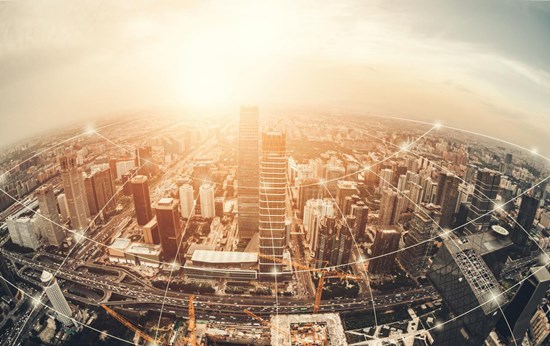
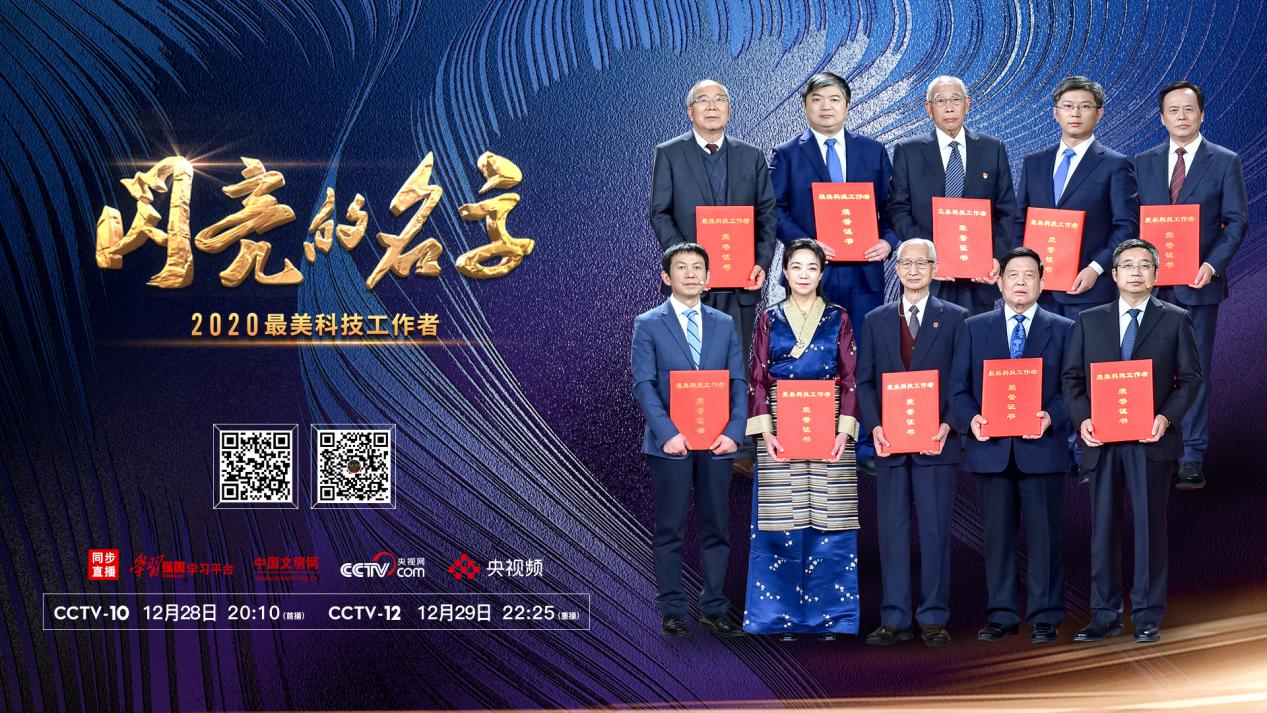
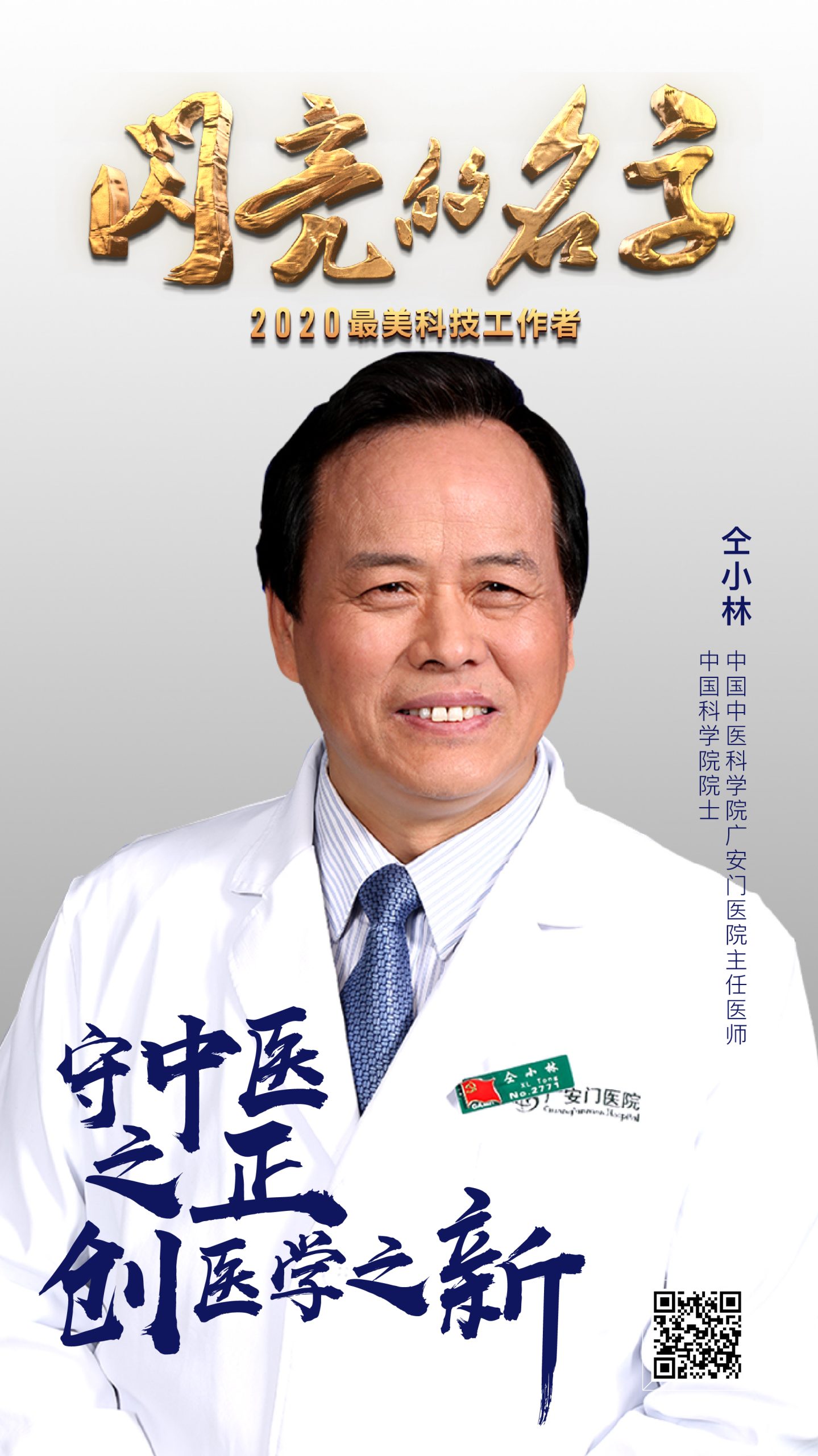
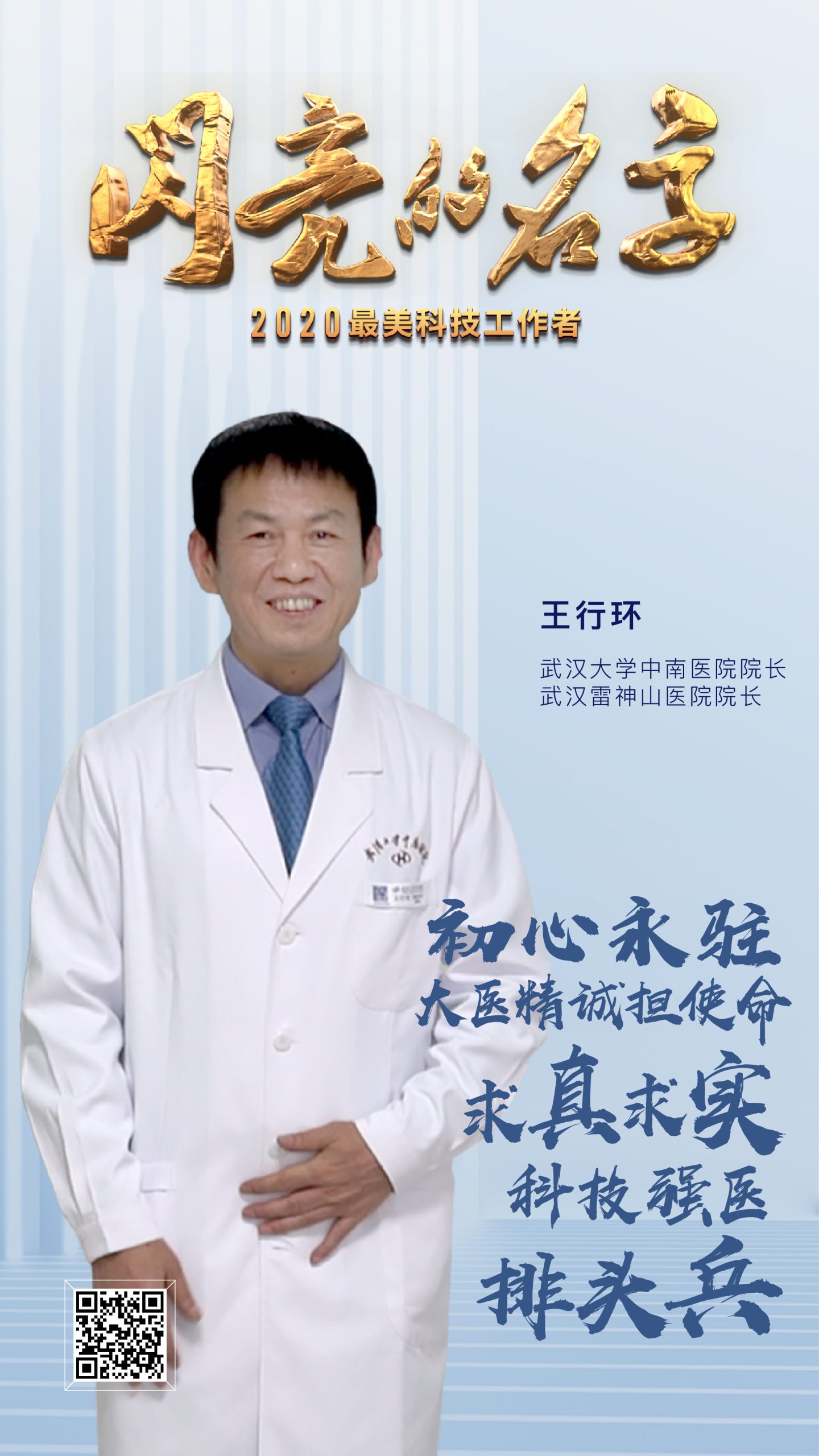

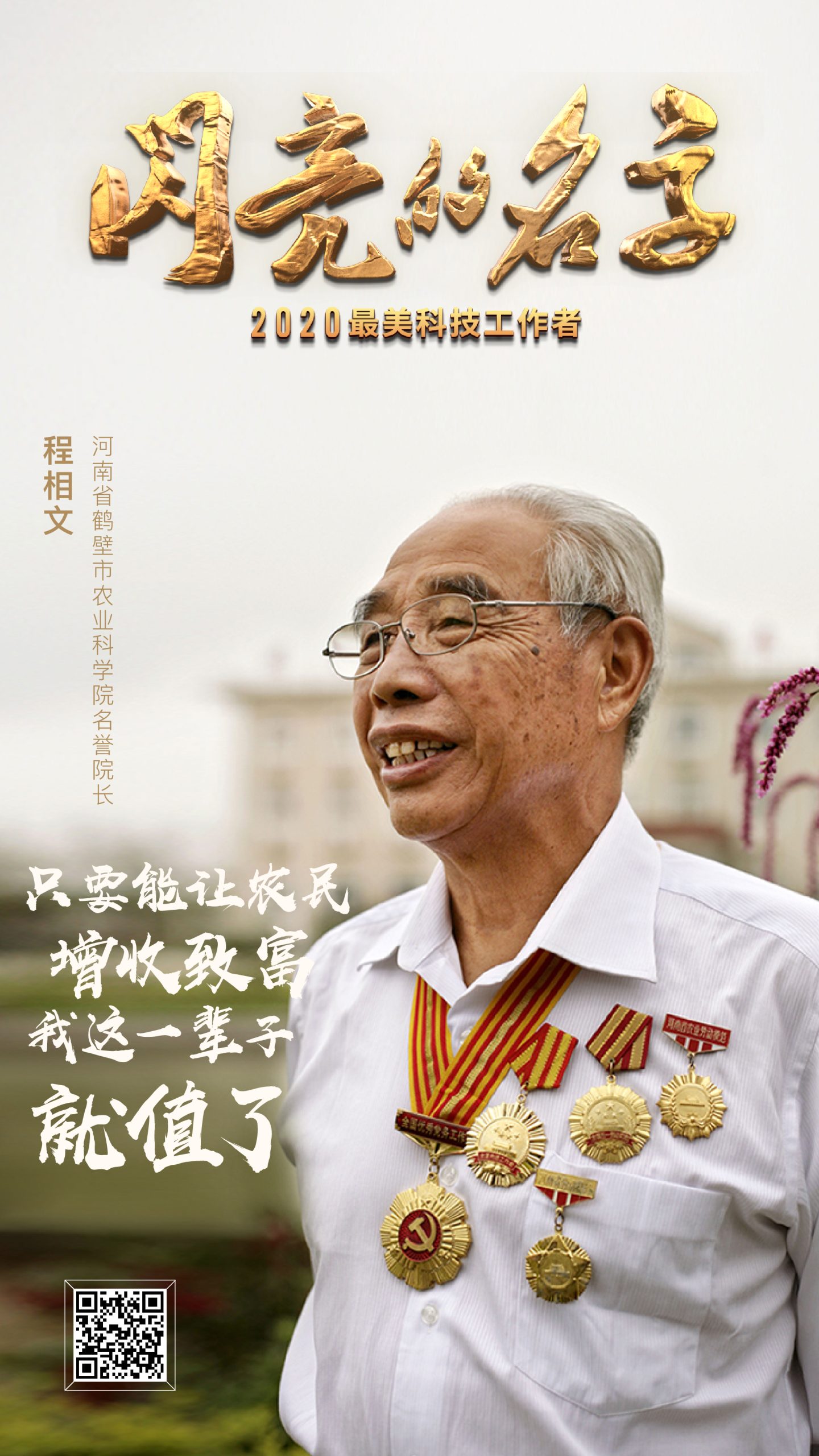
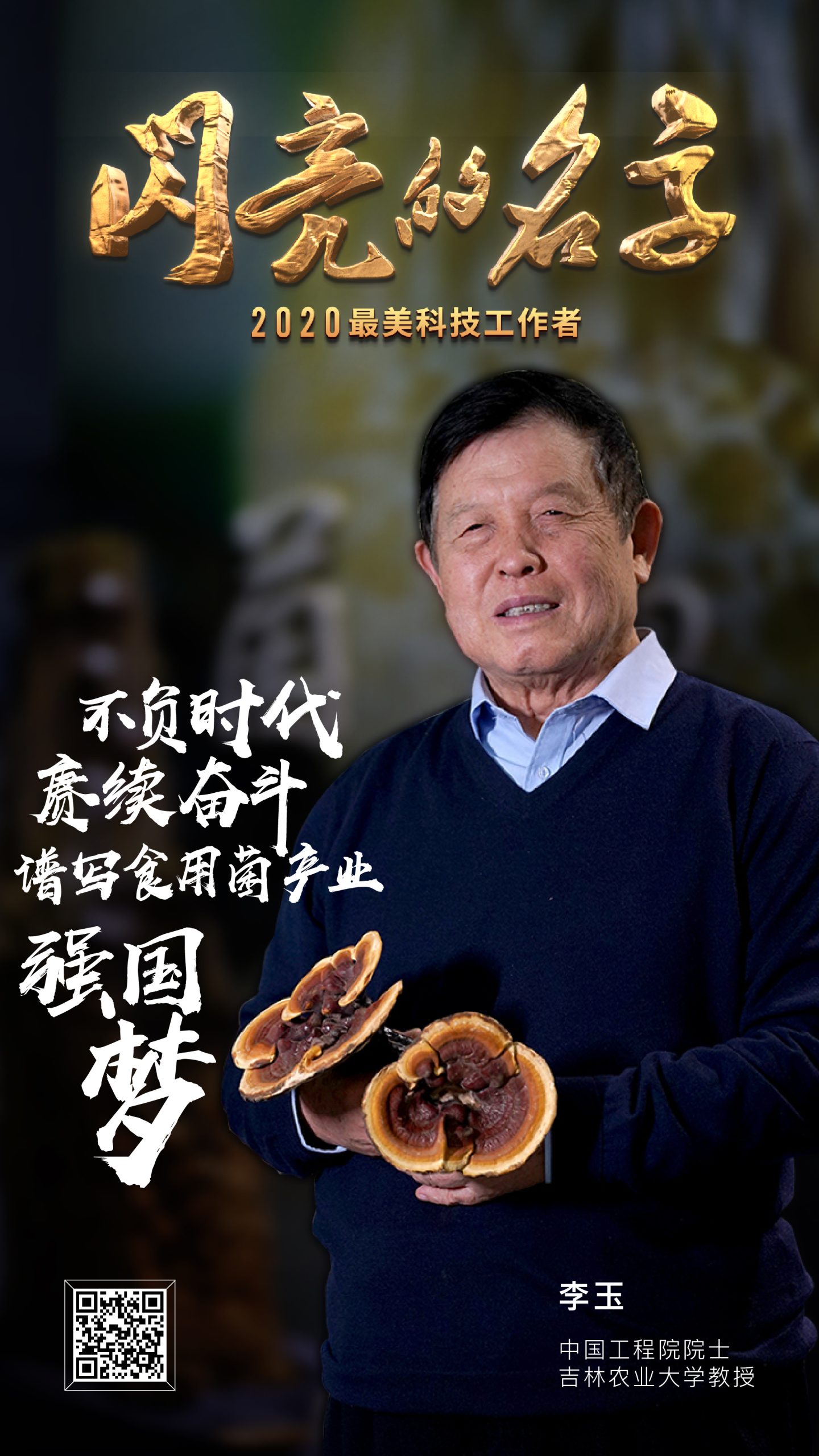
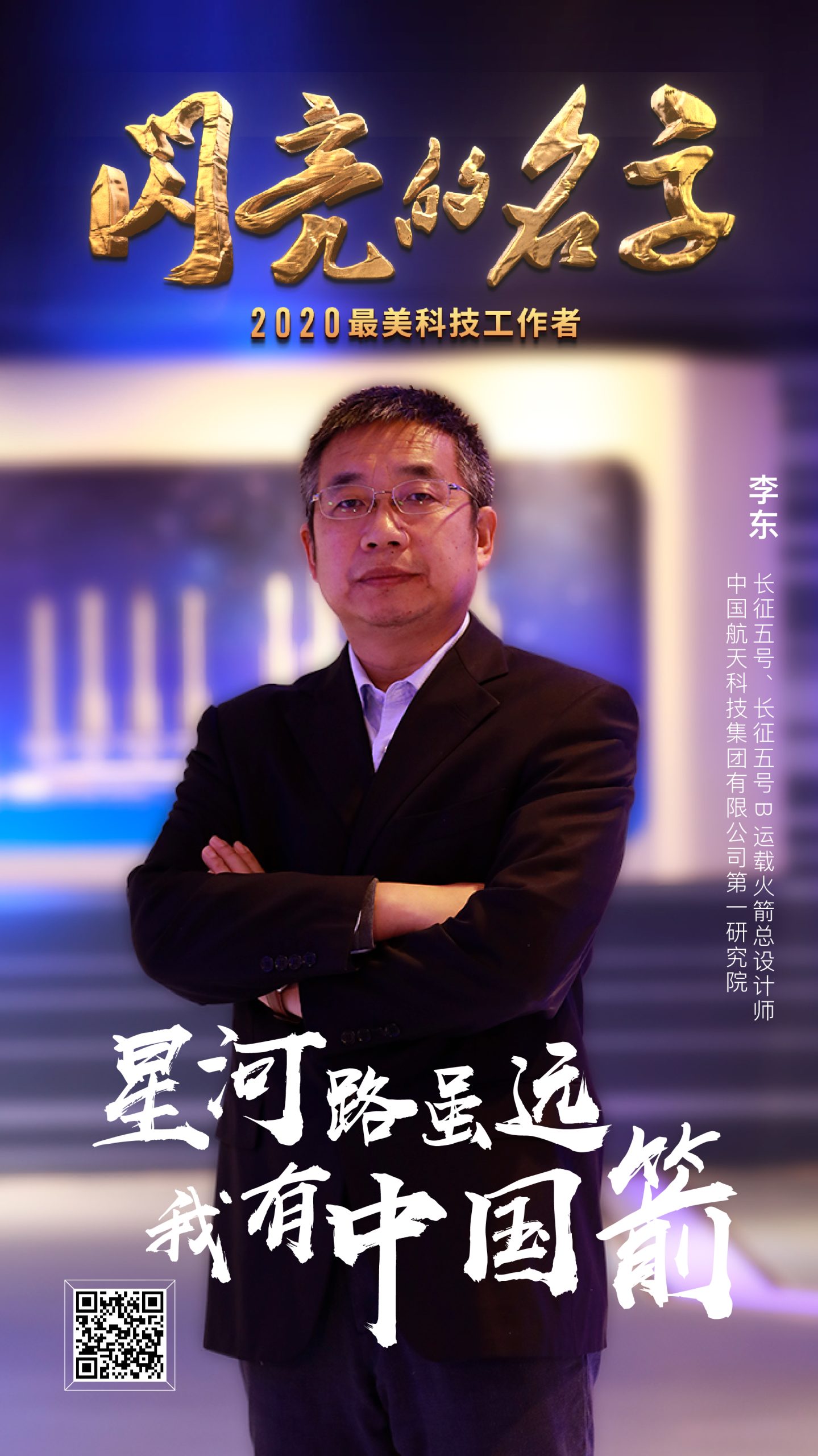
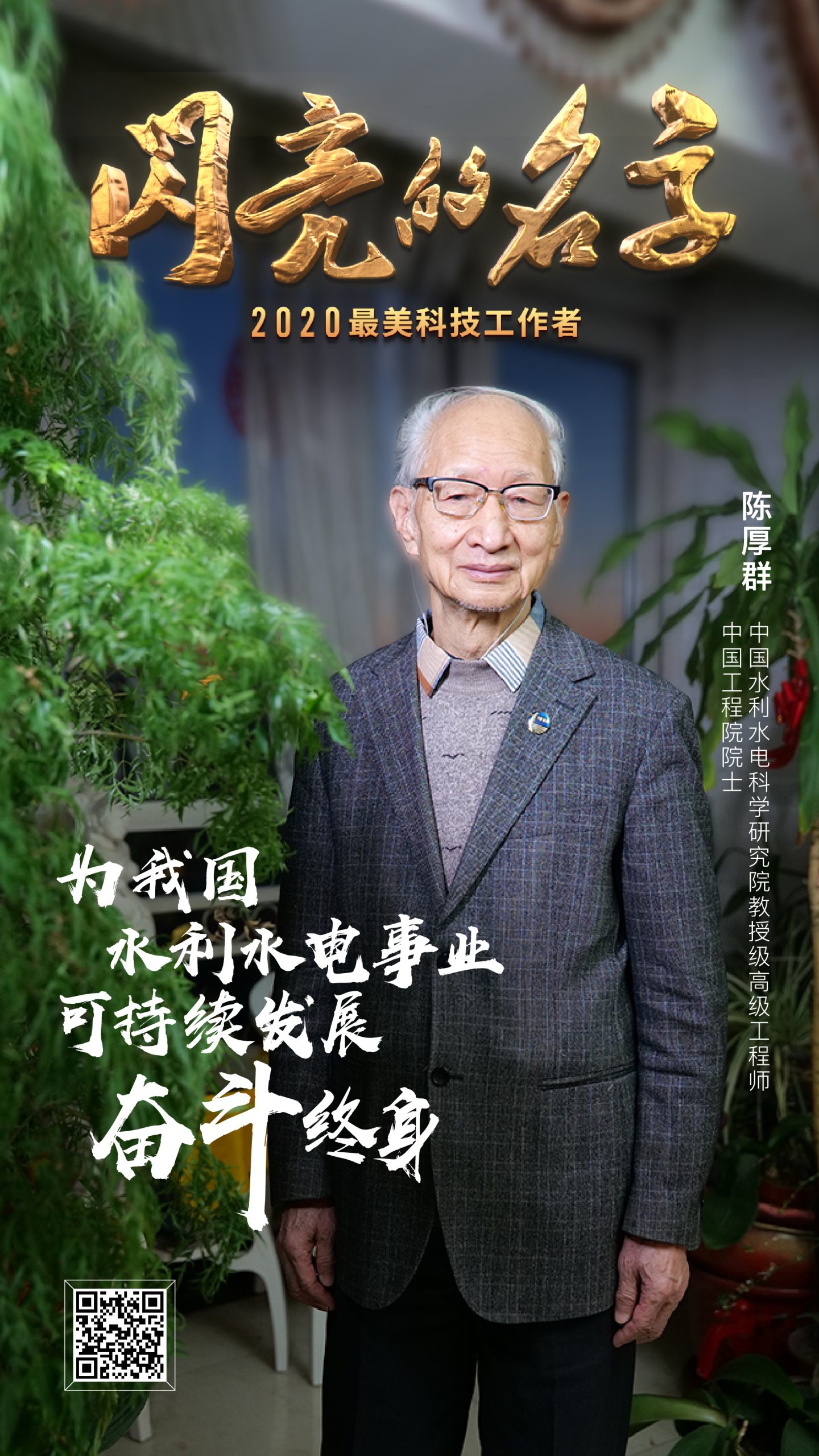
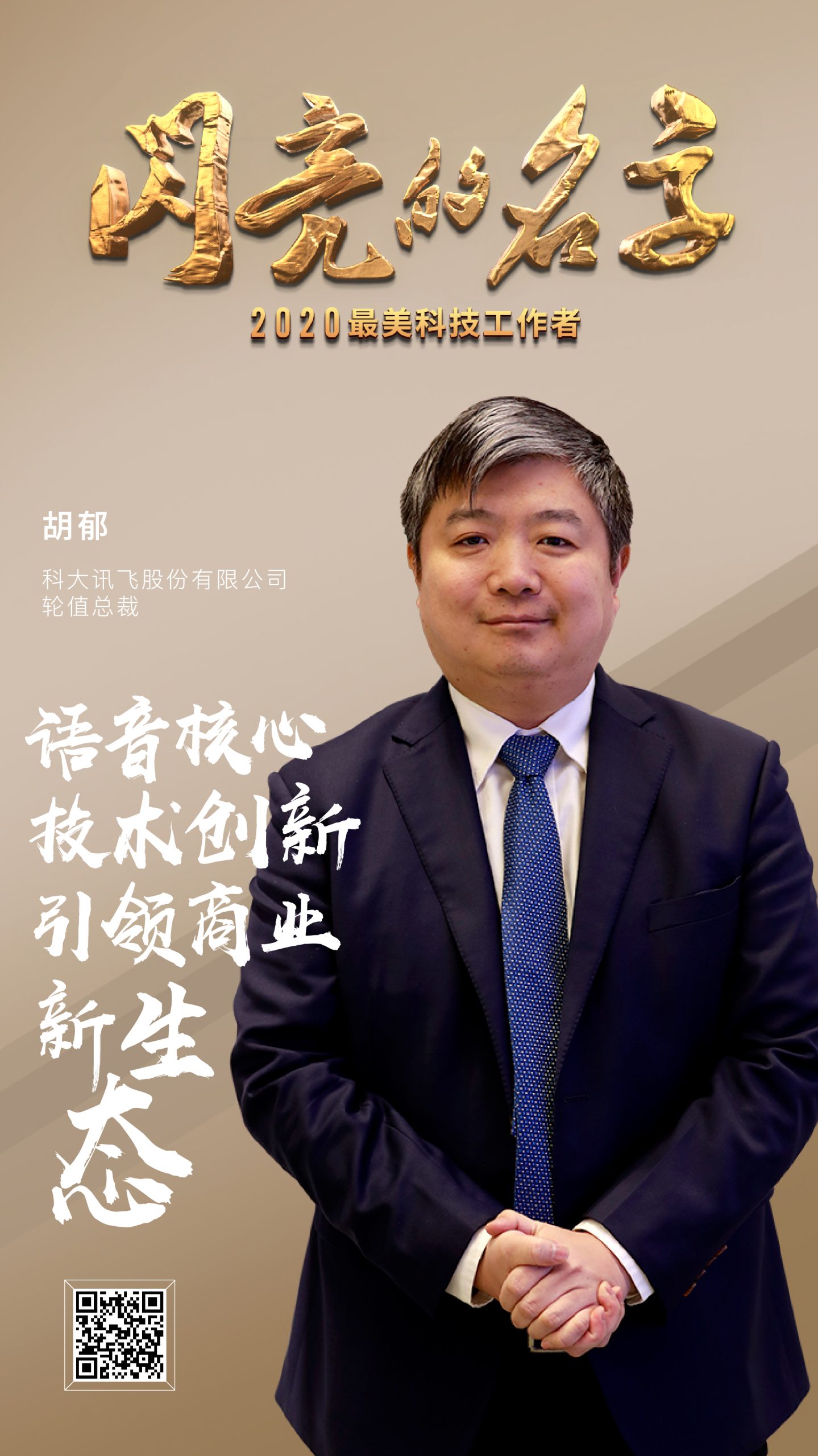
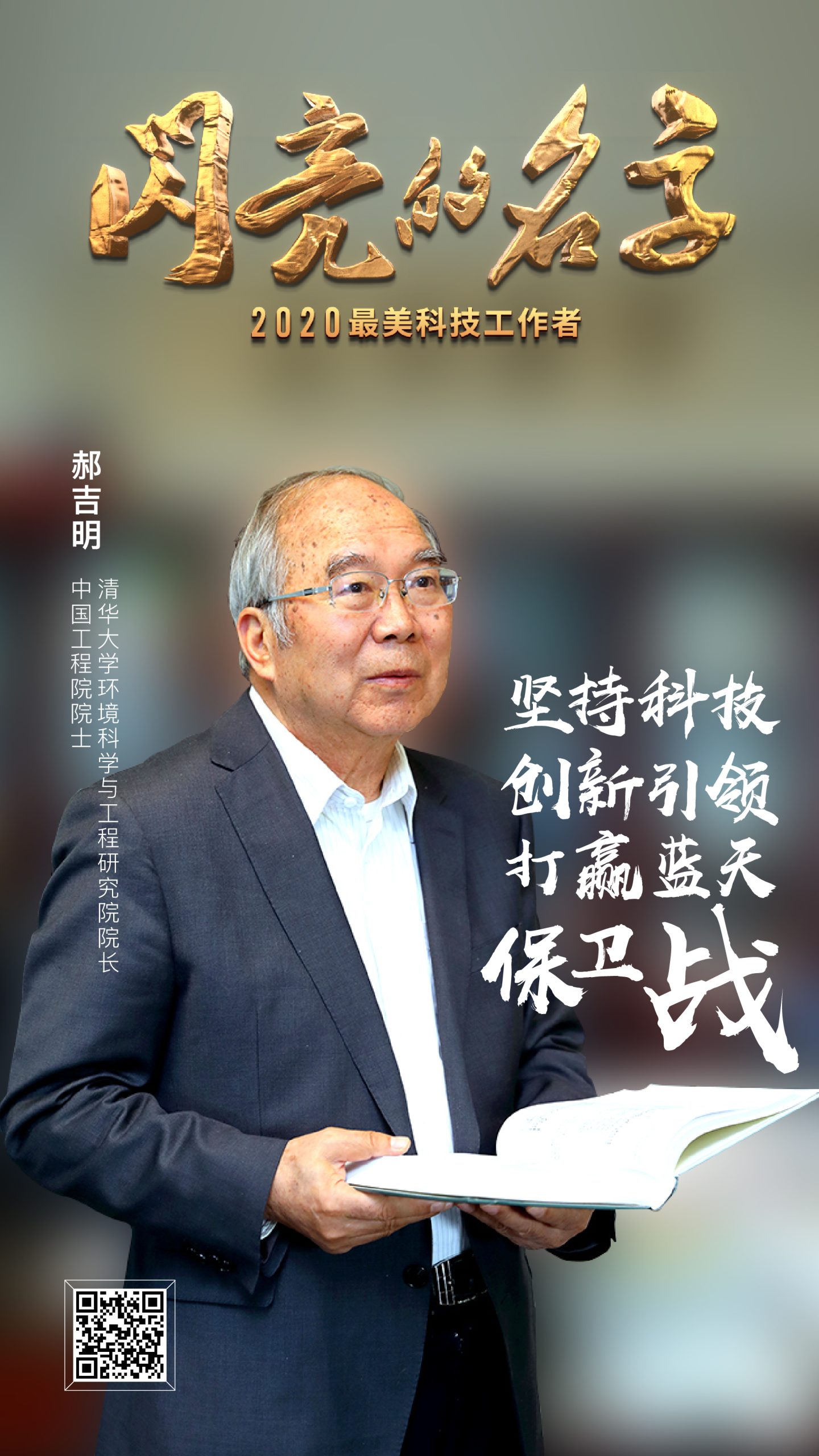
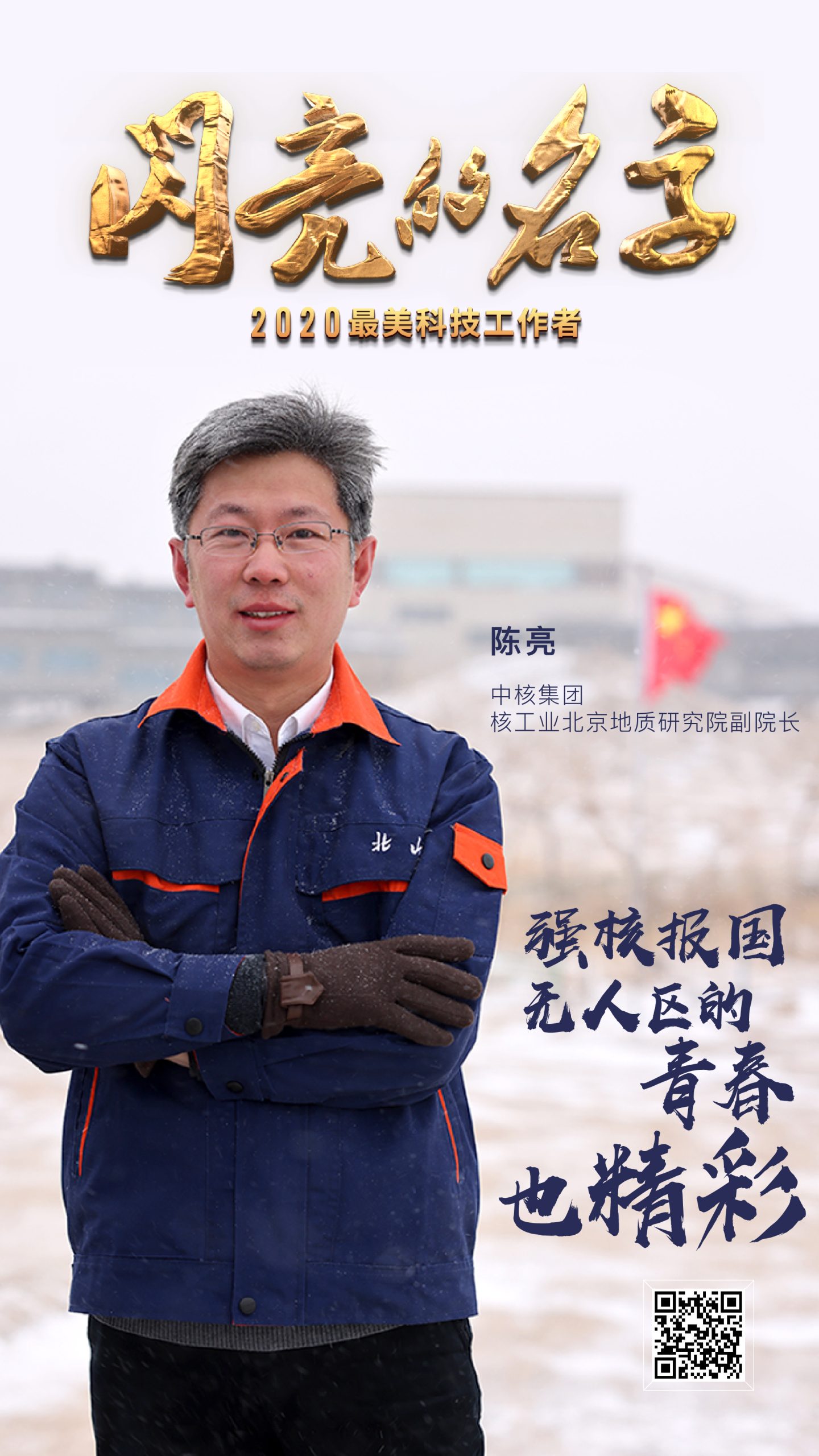
 Among them are old people and young scientists; They come from all walks of life, but they have the same name — — The most beautiful scientific and technological worker.
Among them are old people and young scientists; They come from all walks of life, but they have the same name — — The most beautiful scientific and technological worker.
